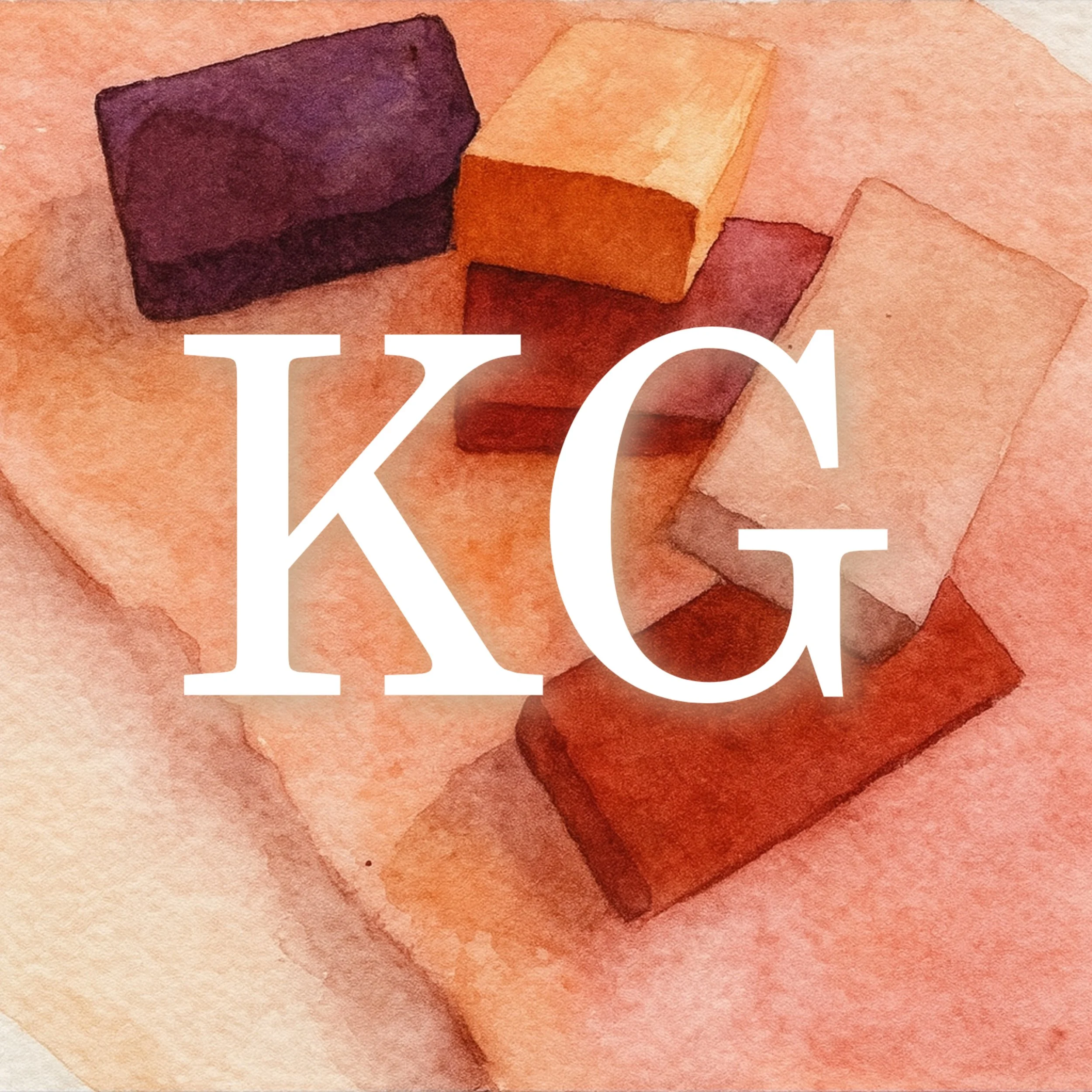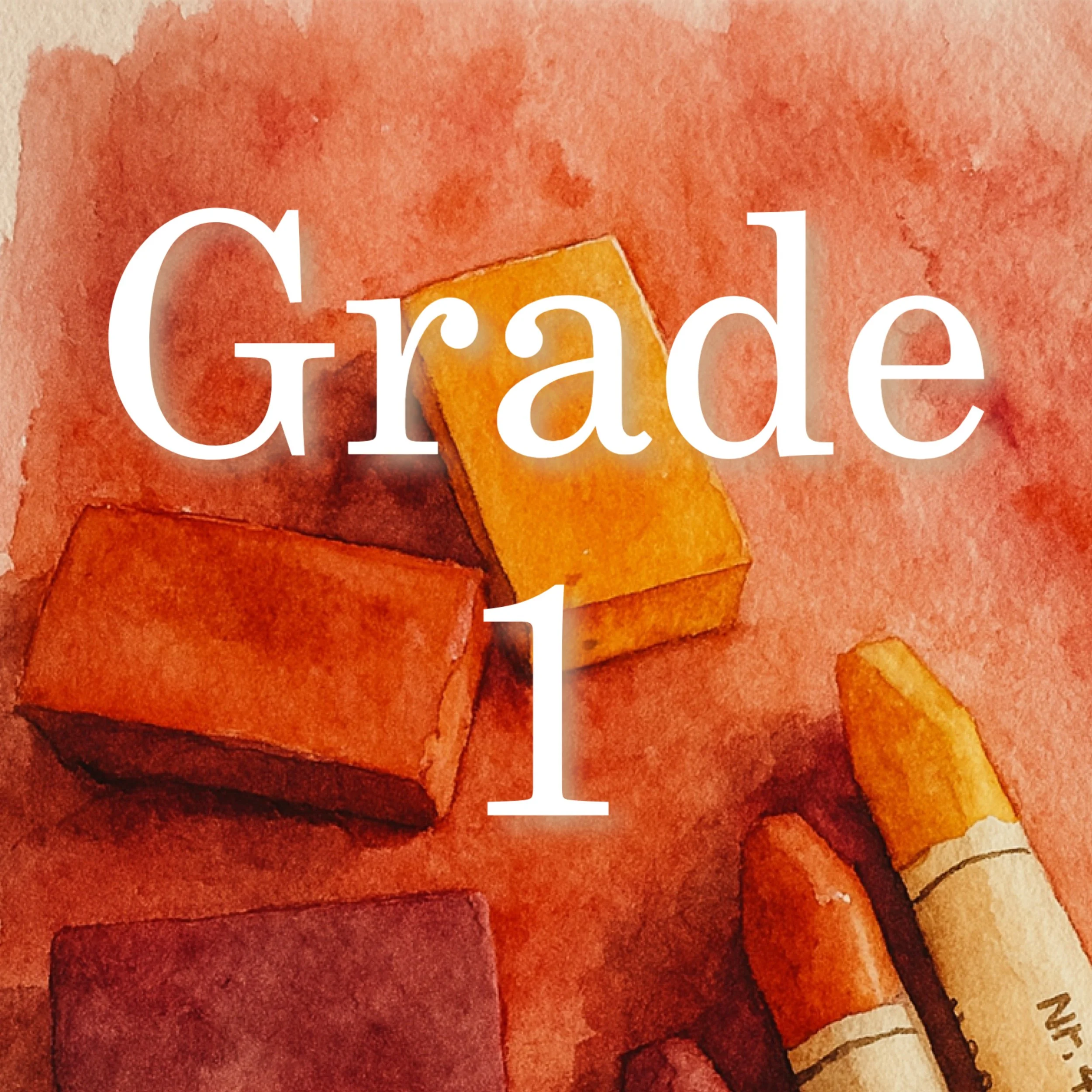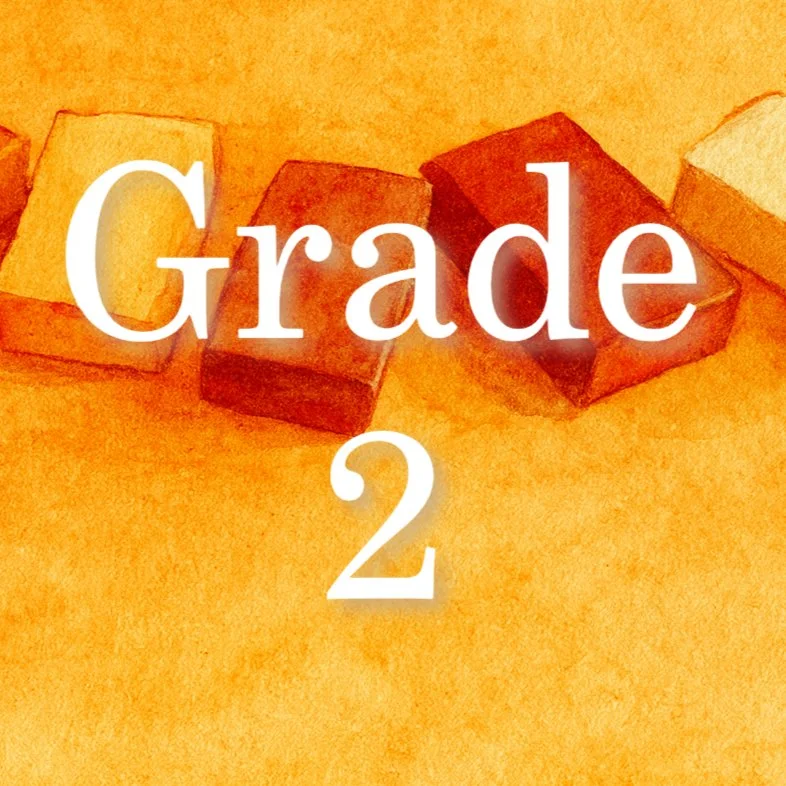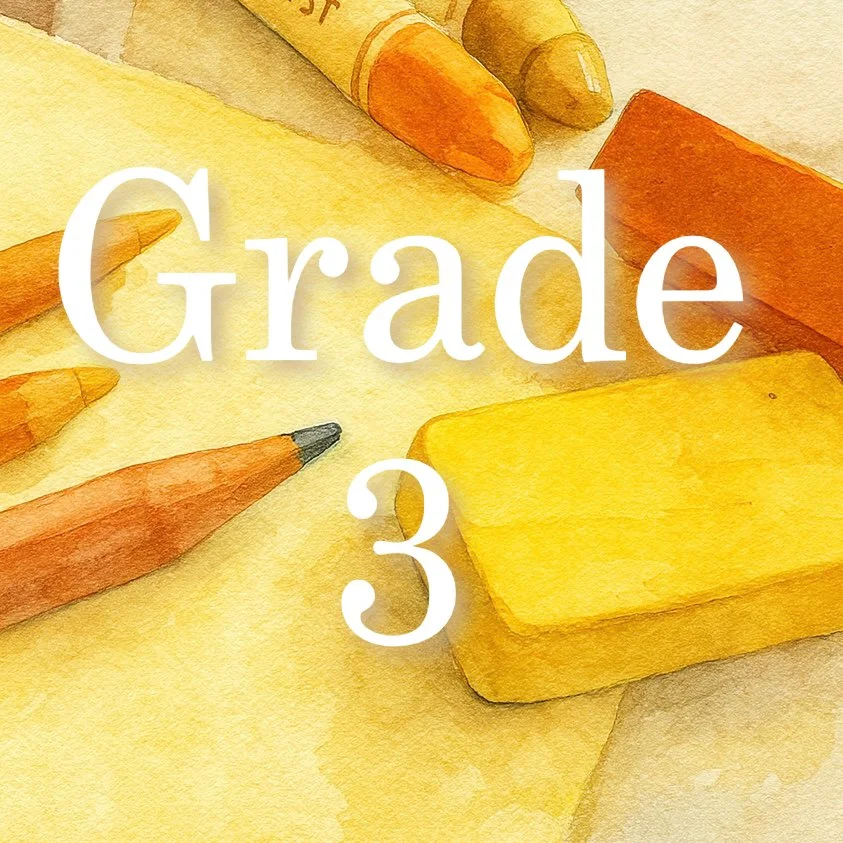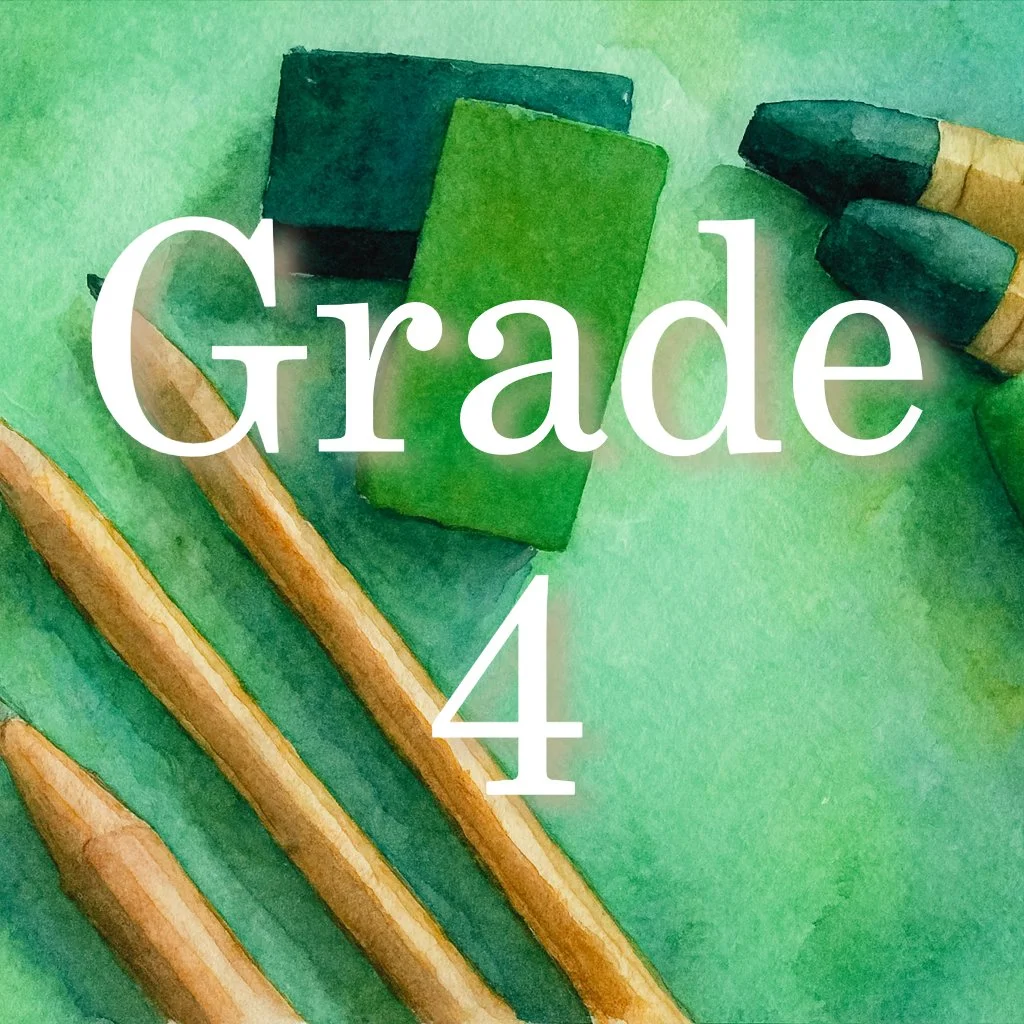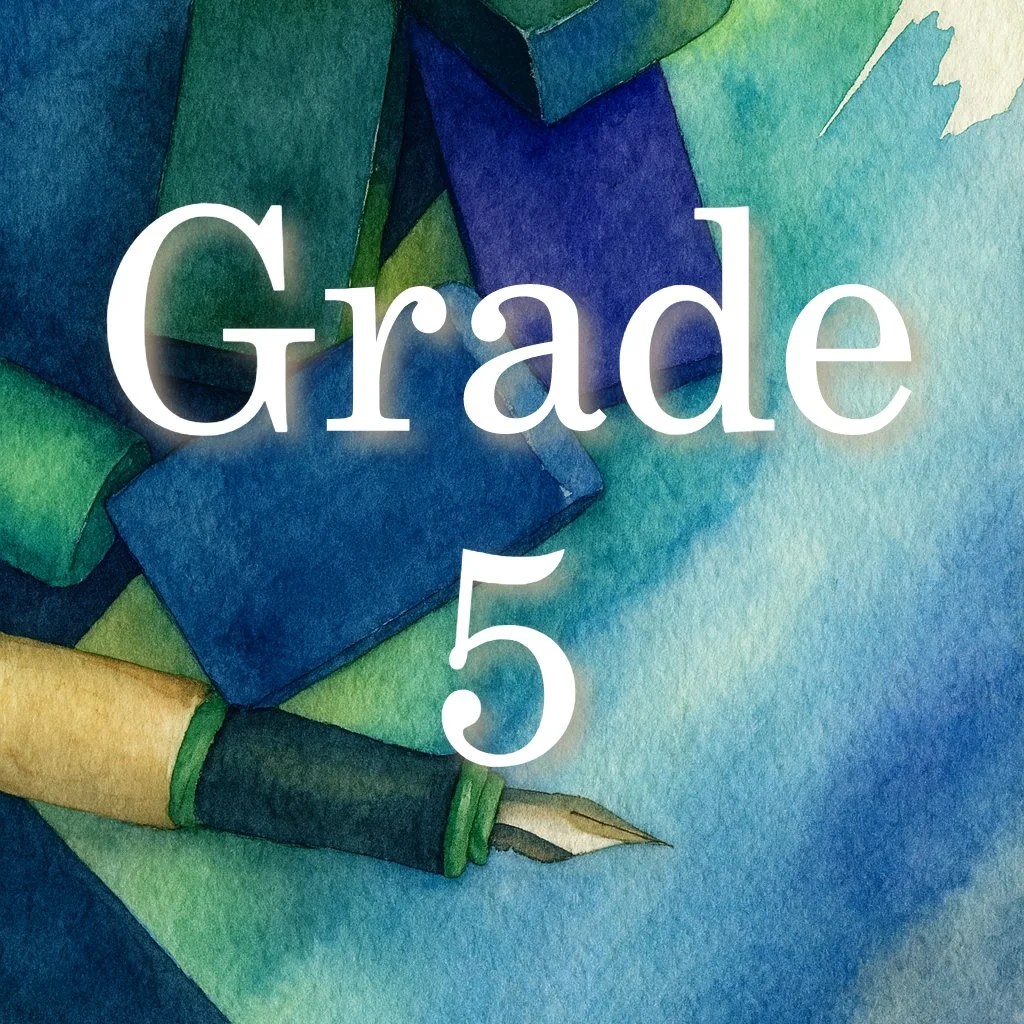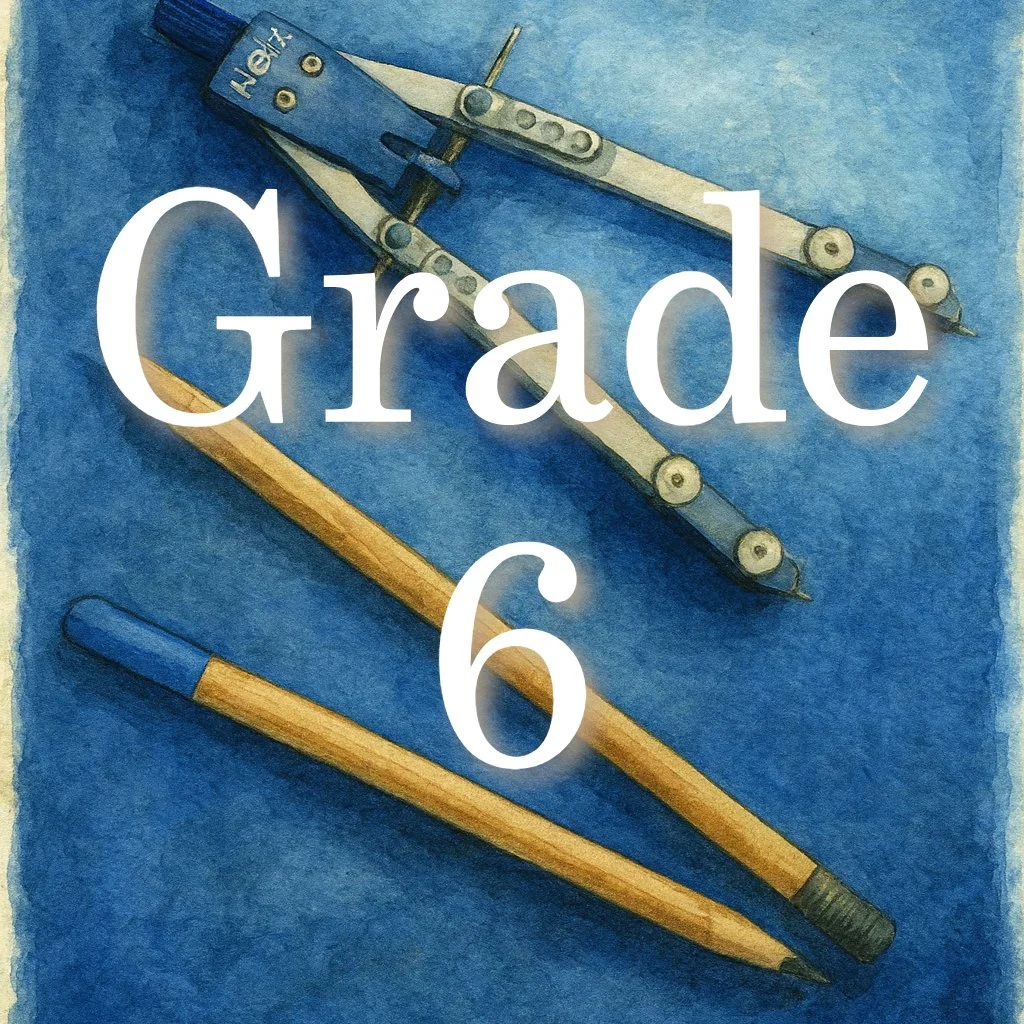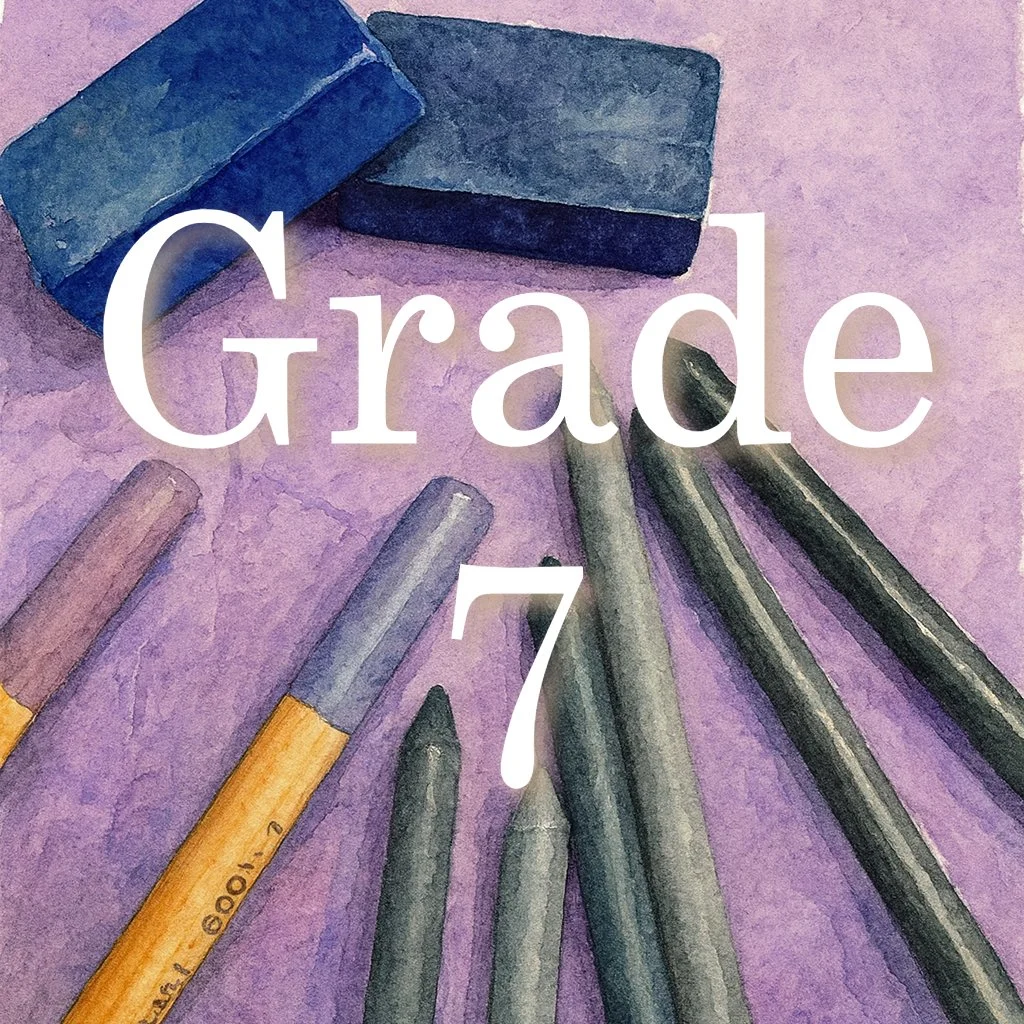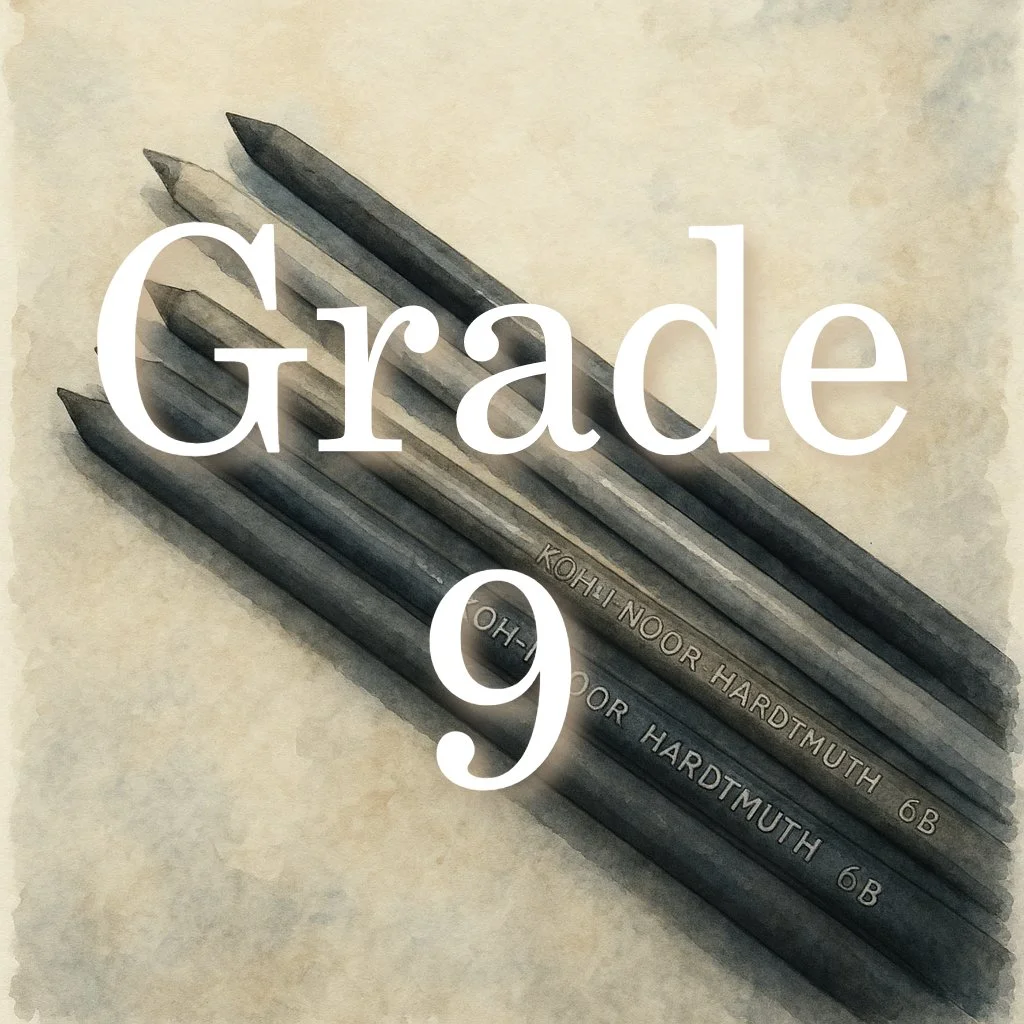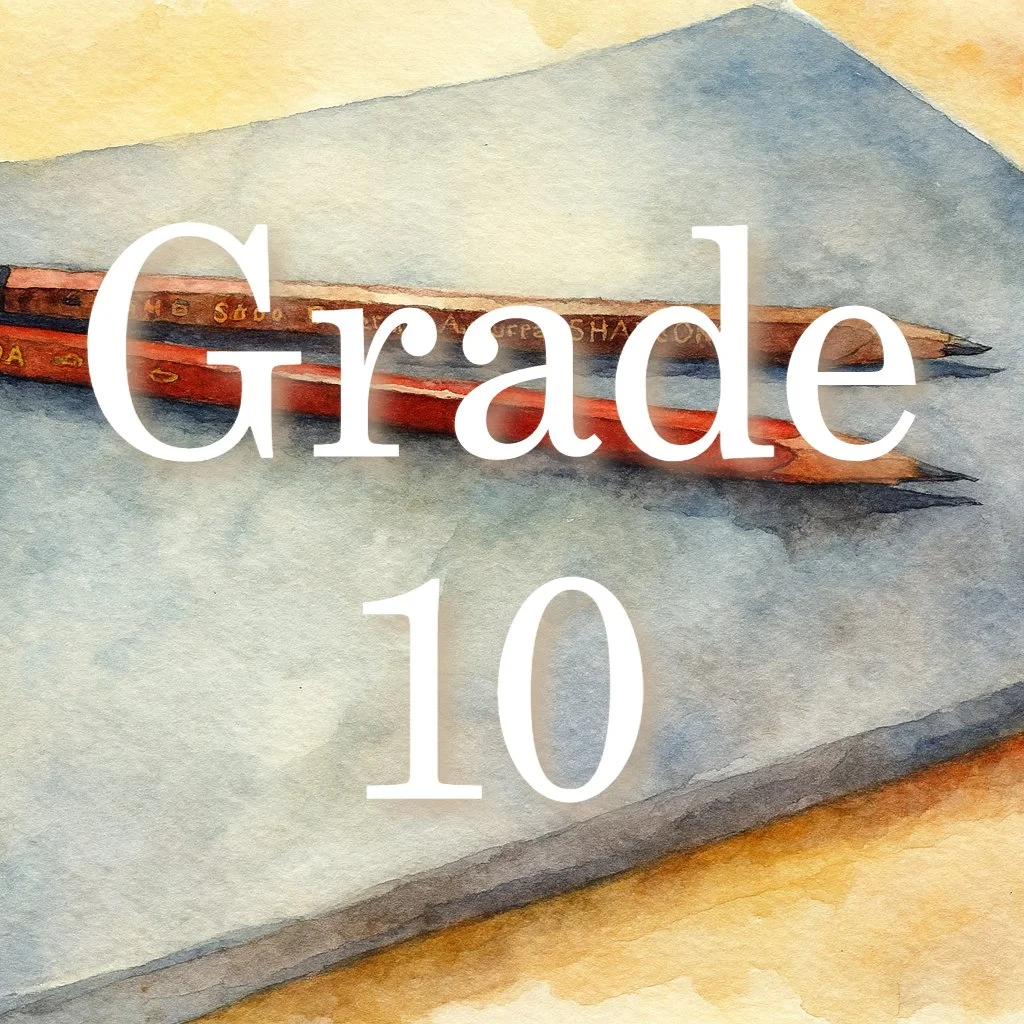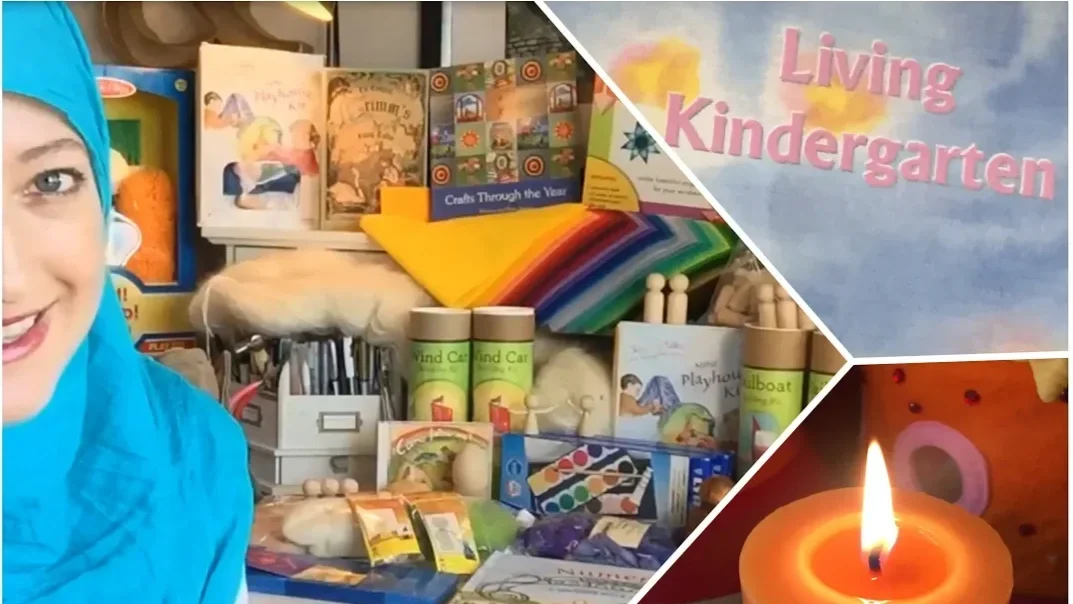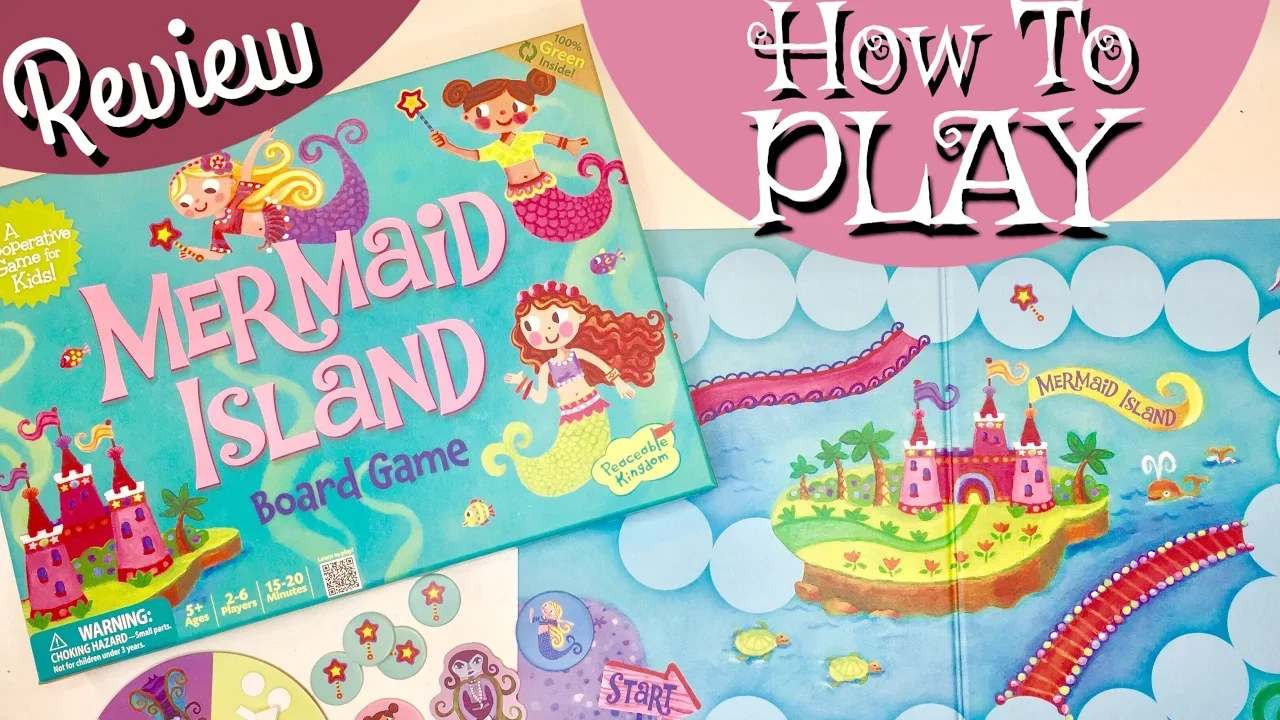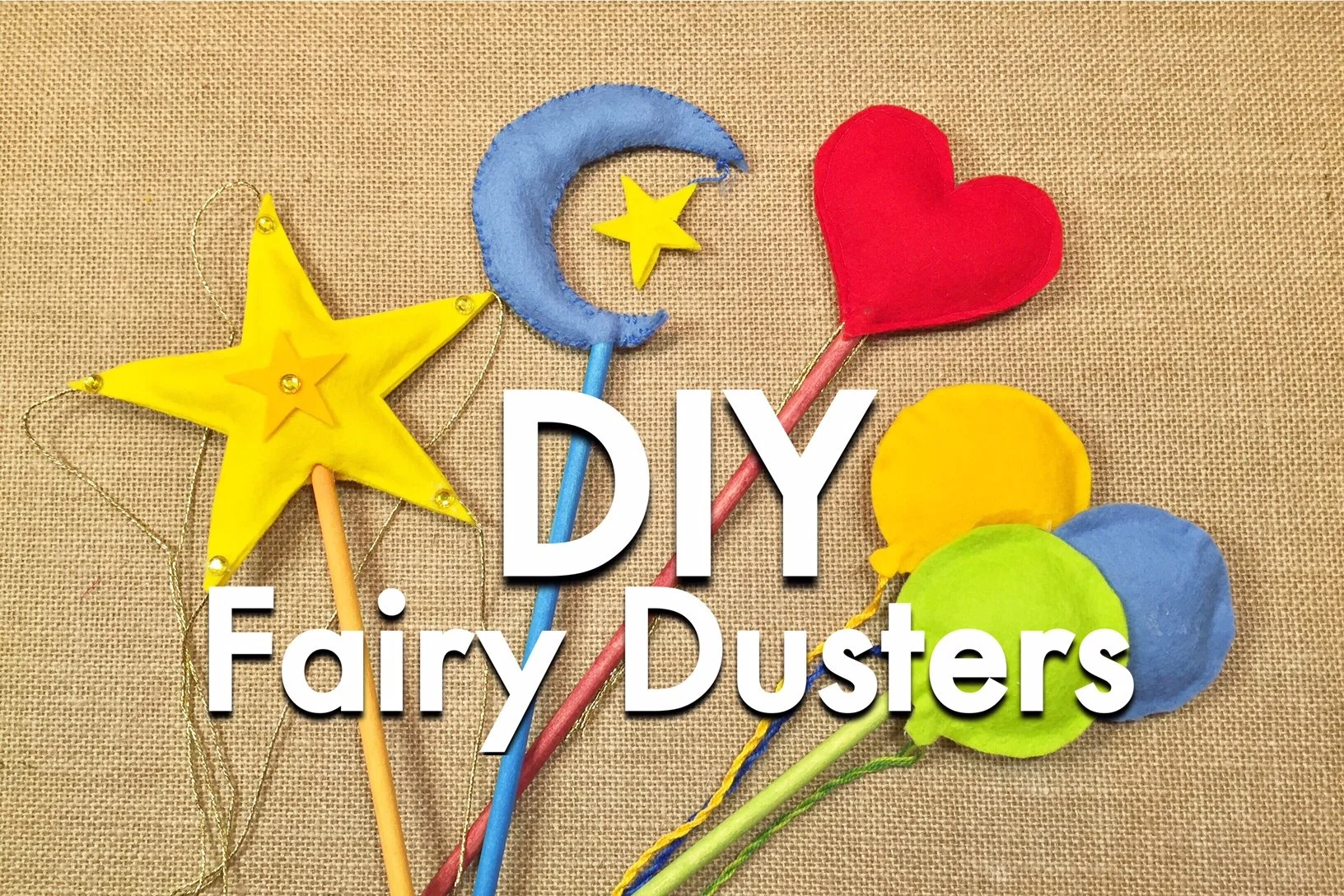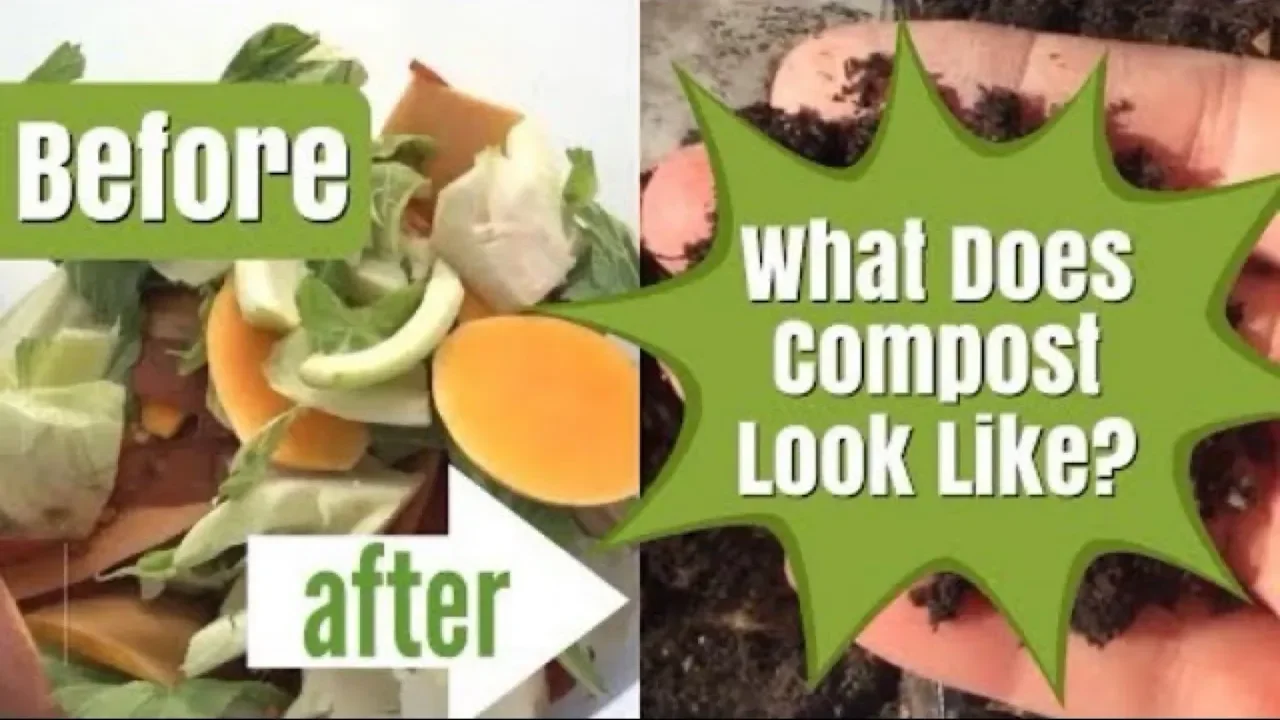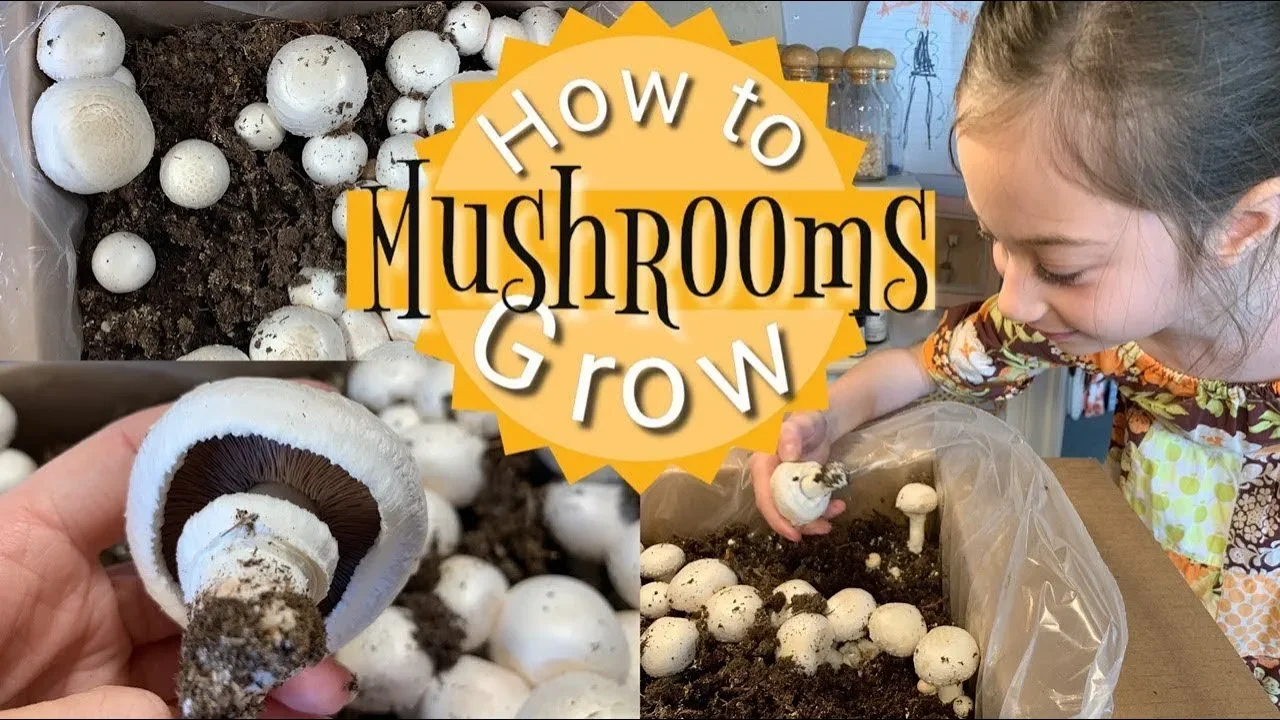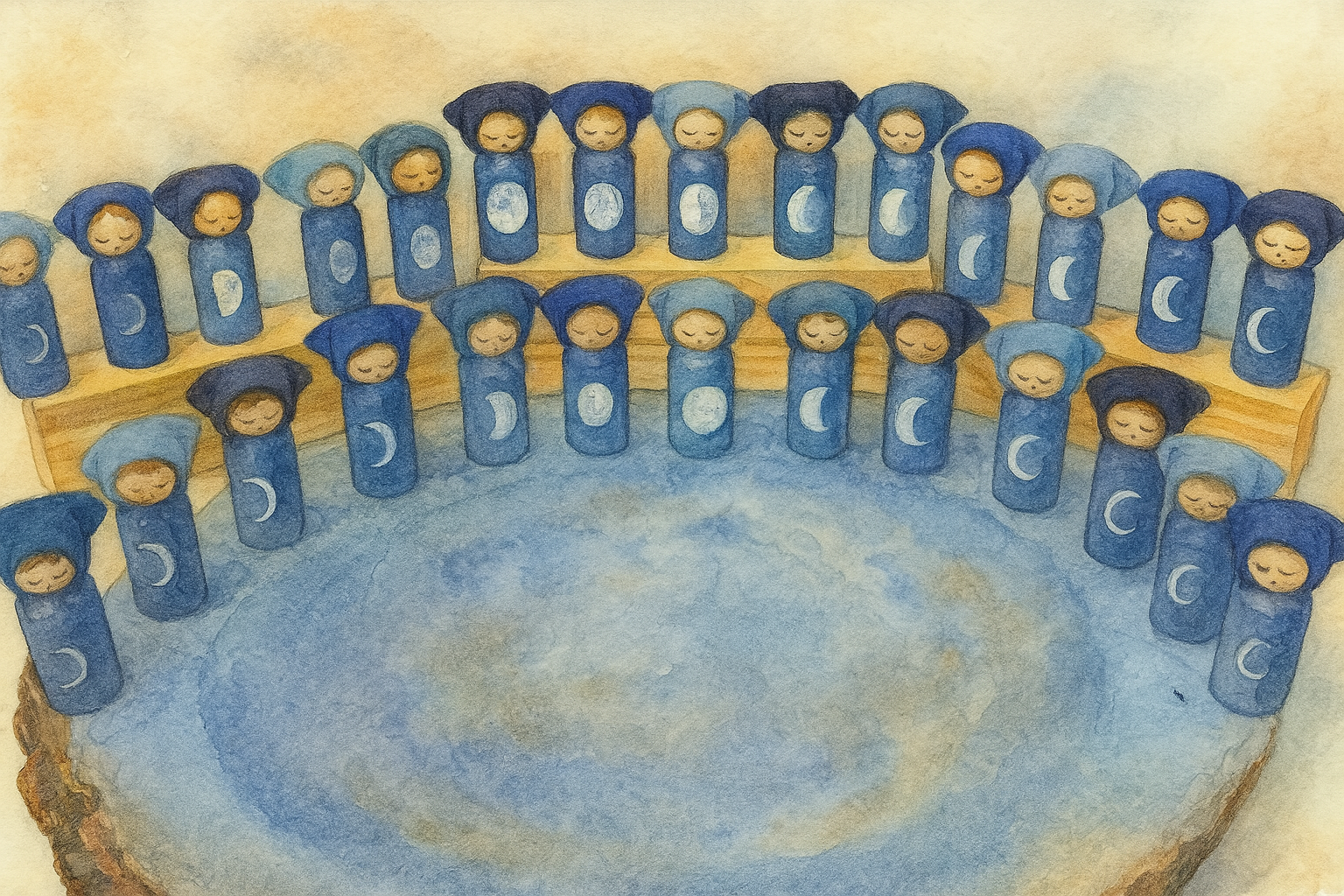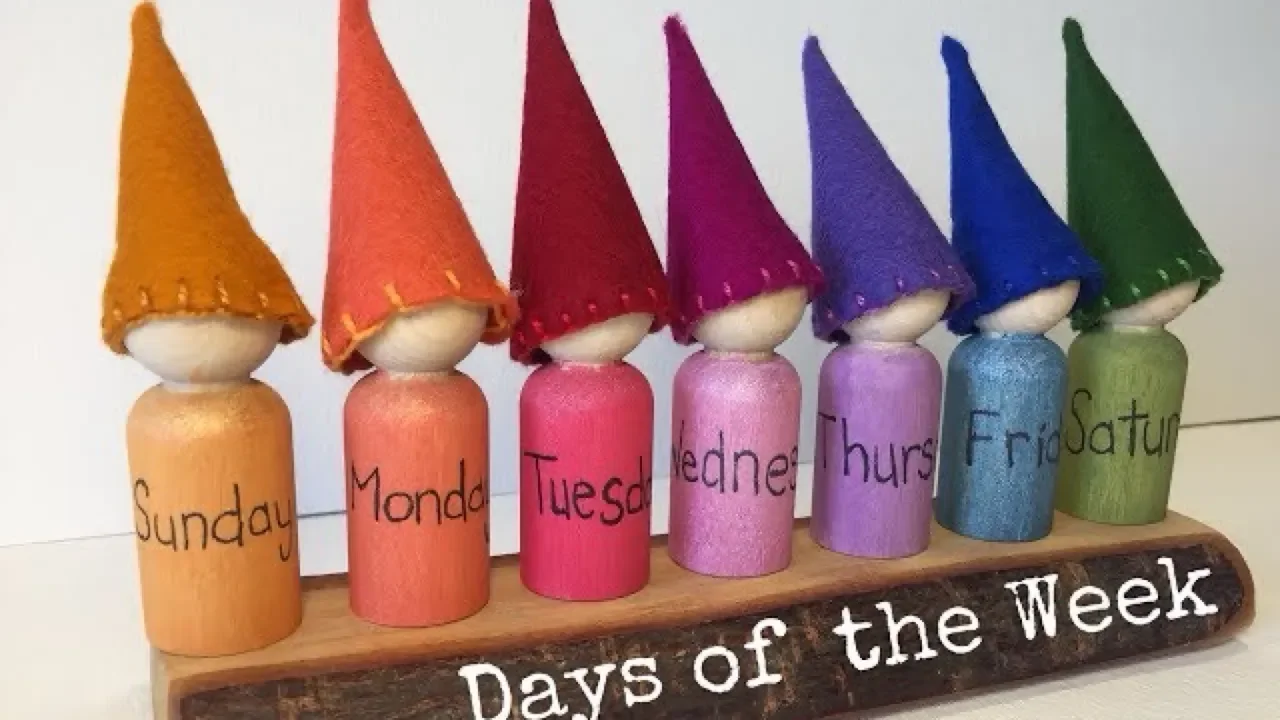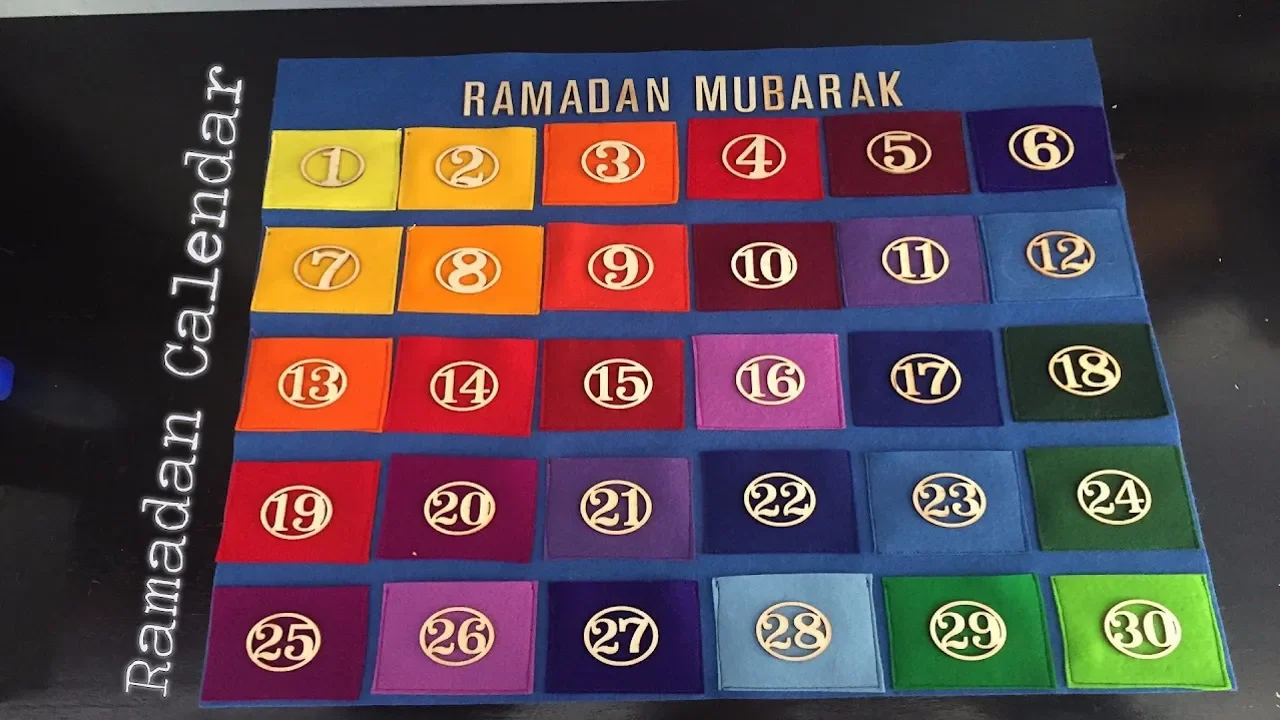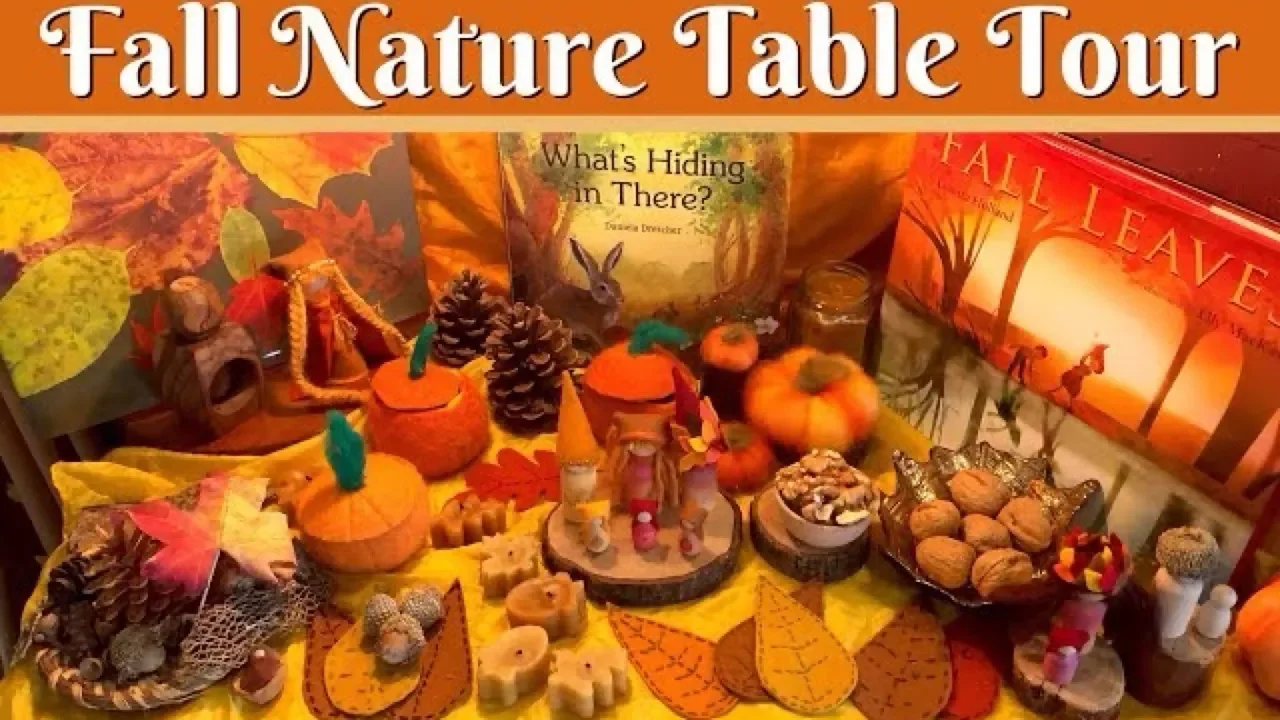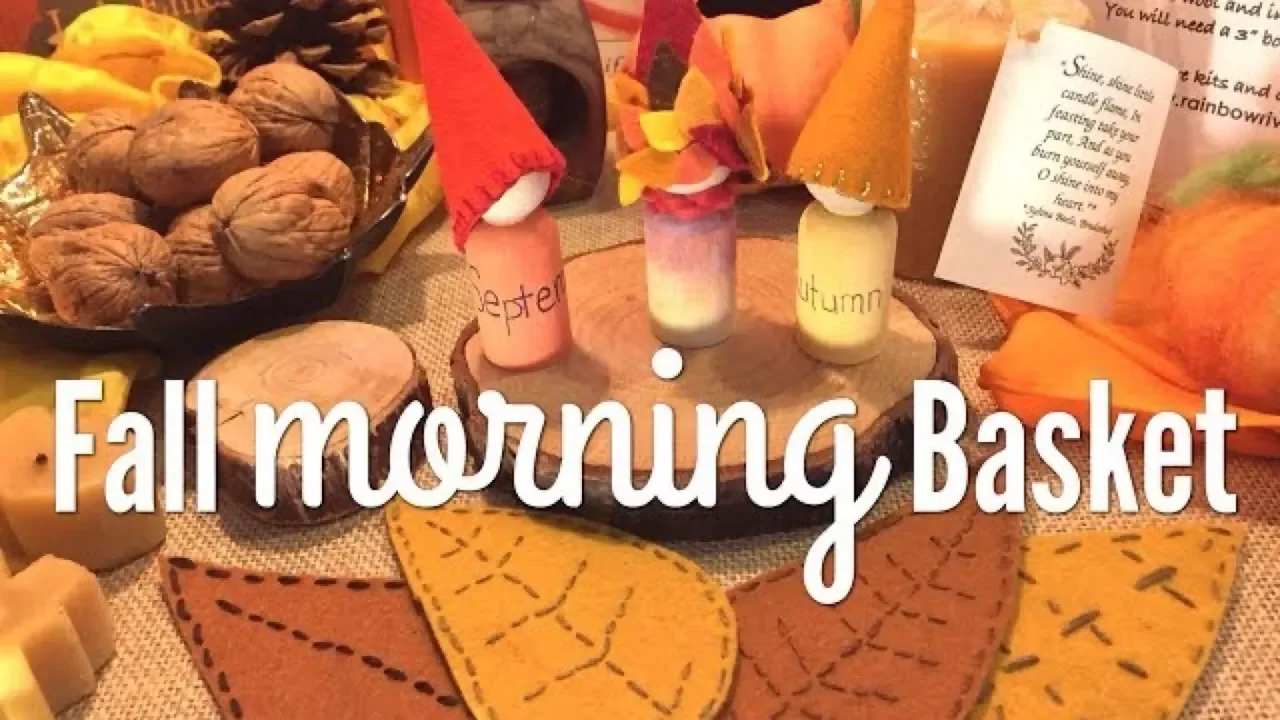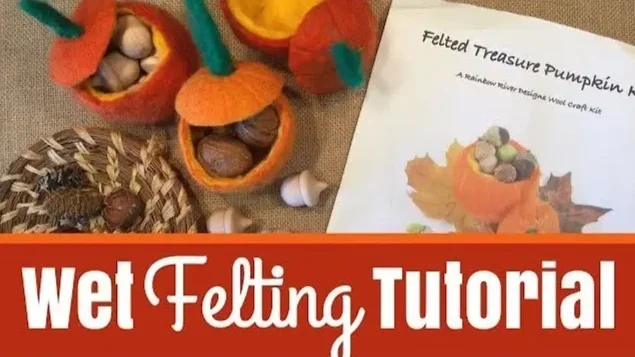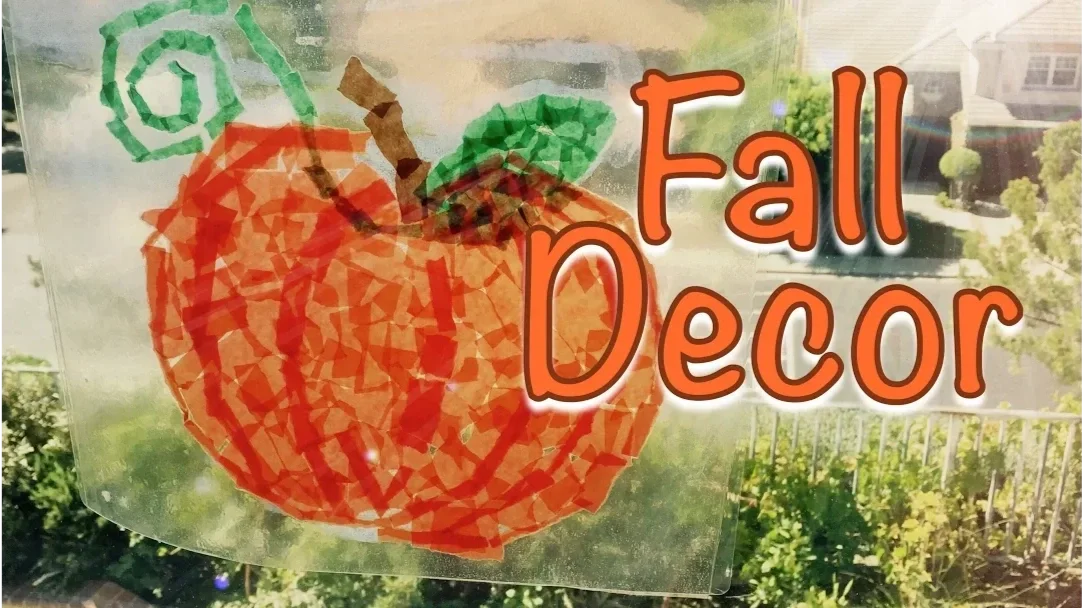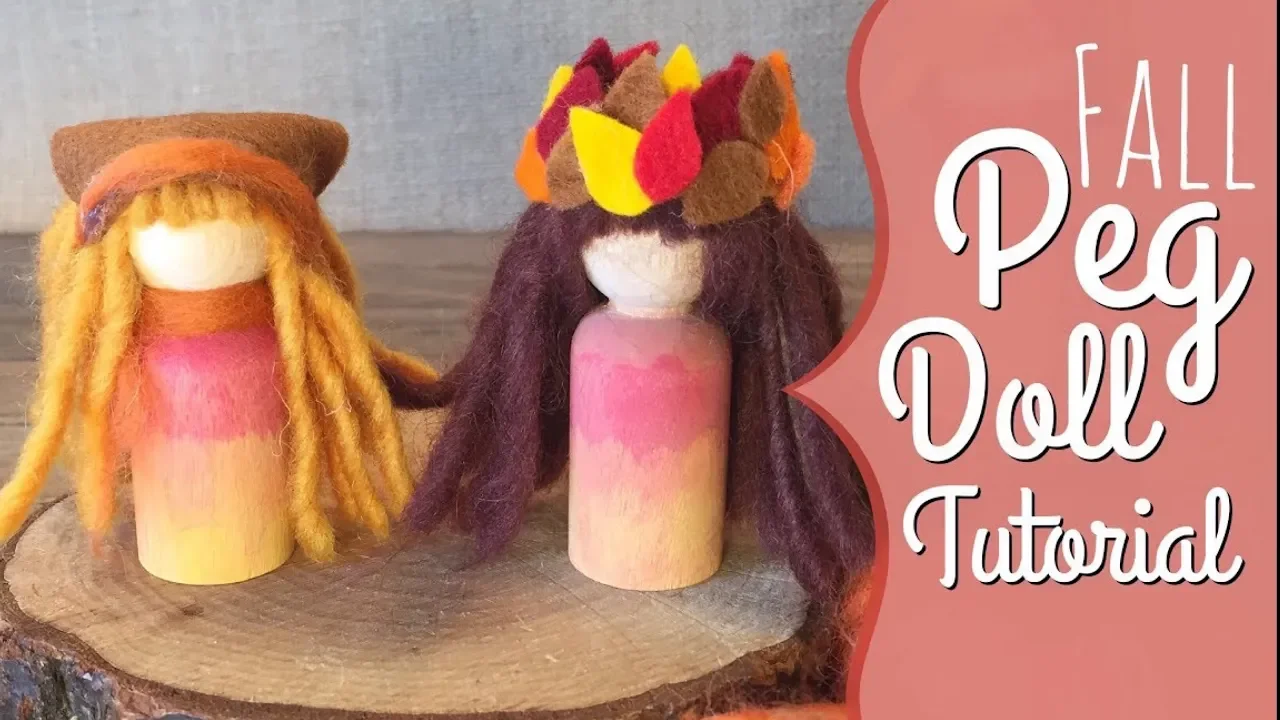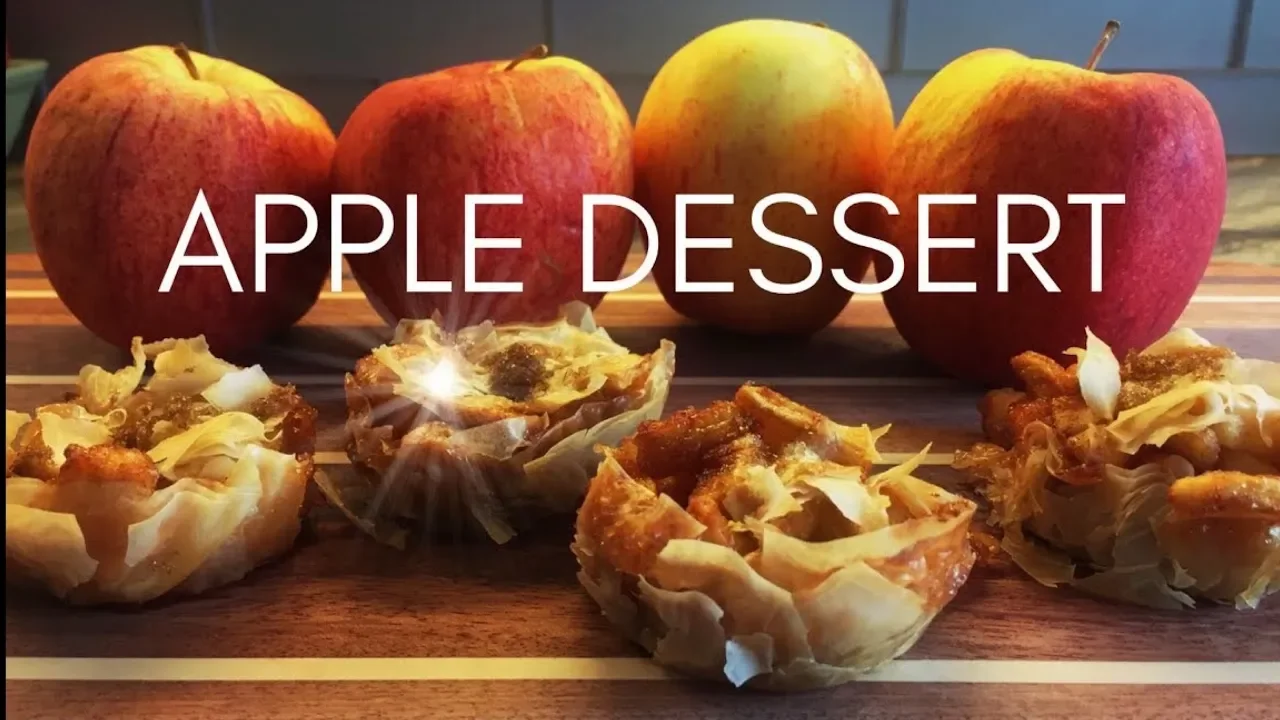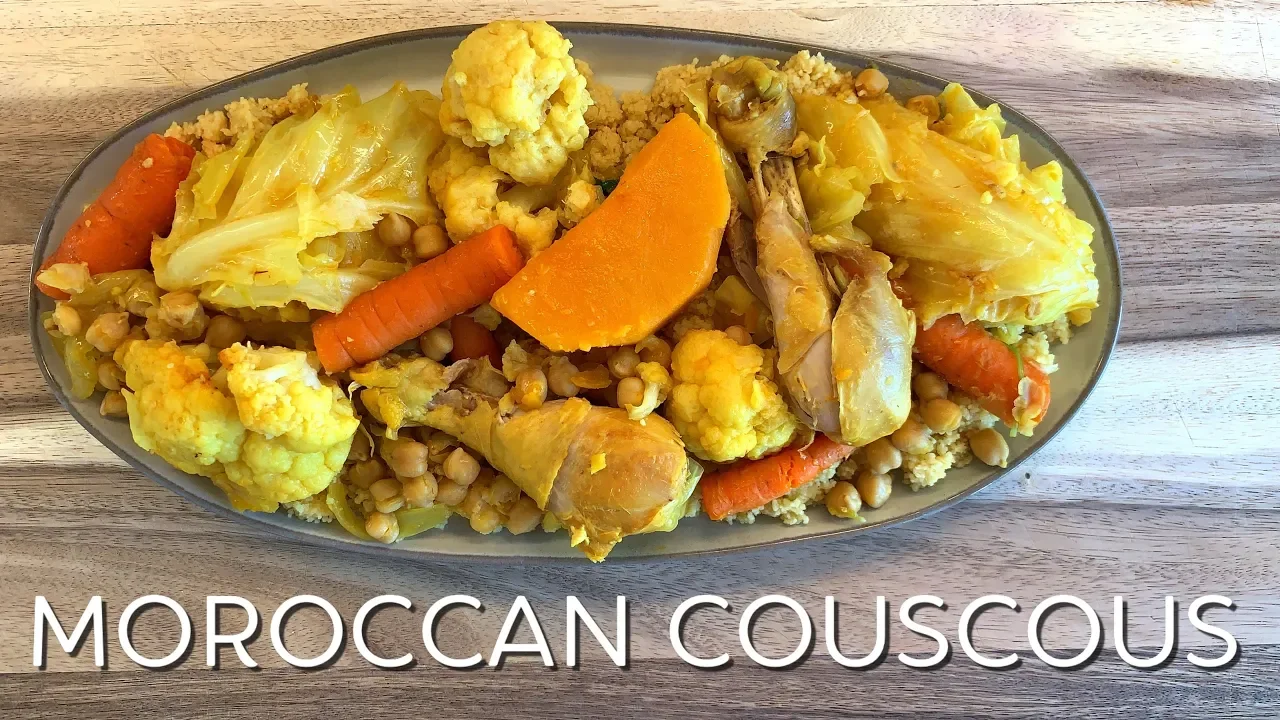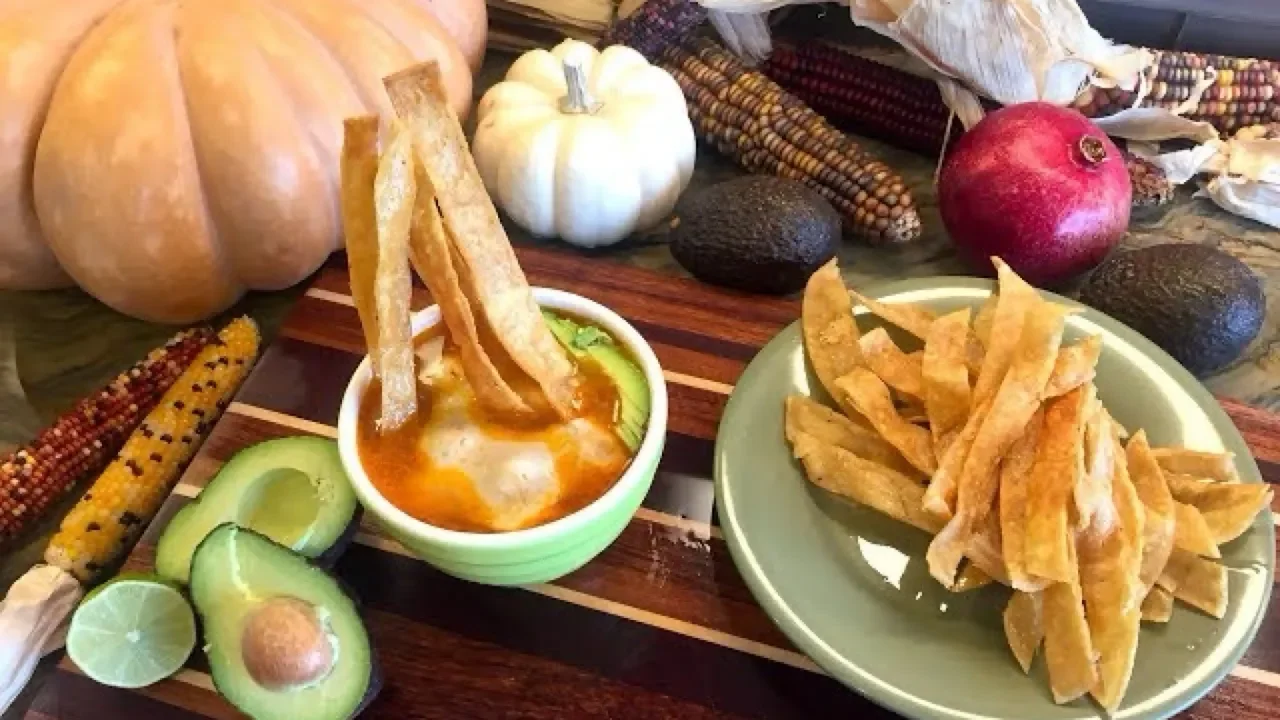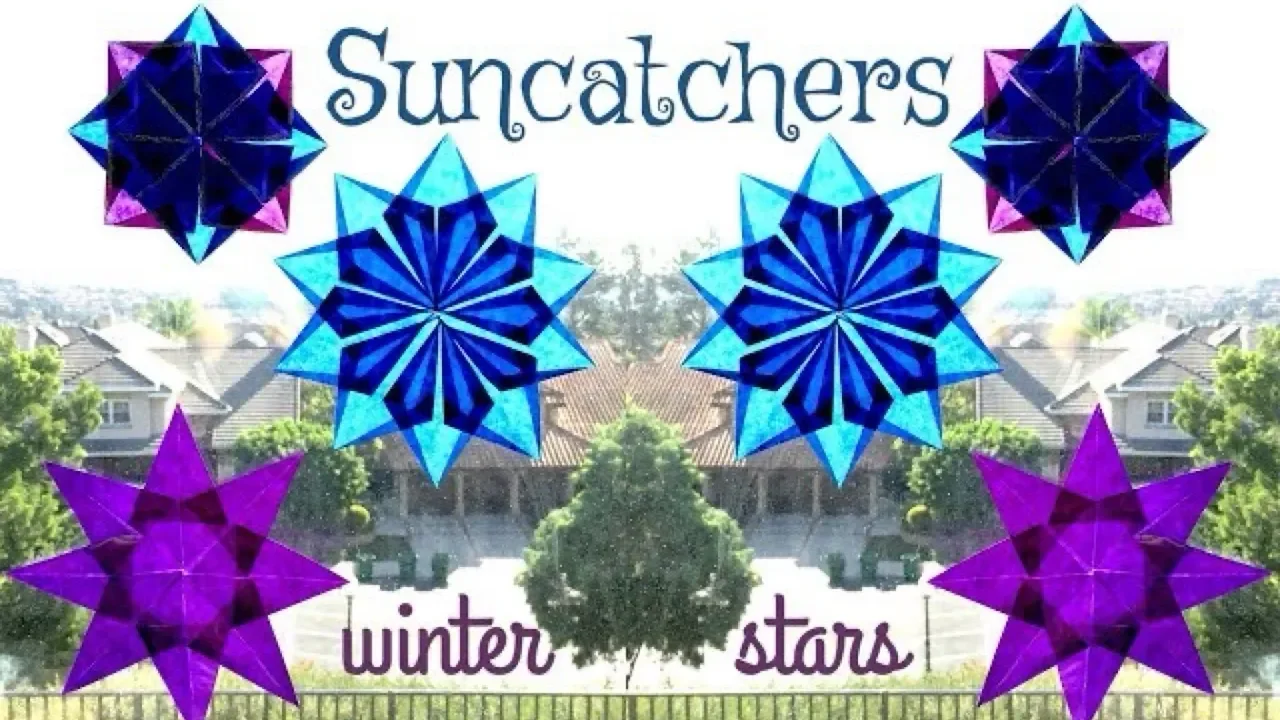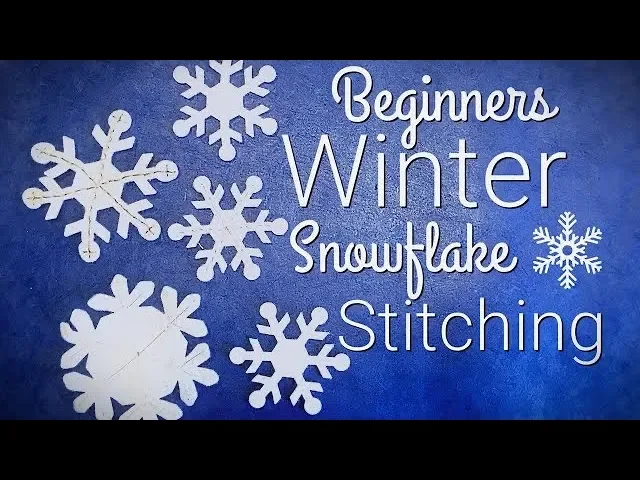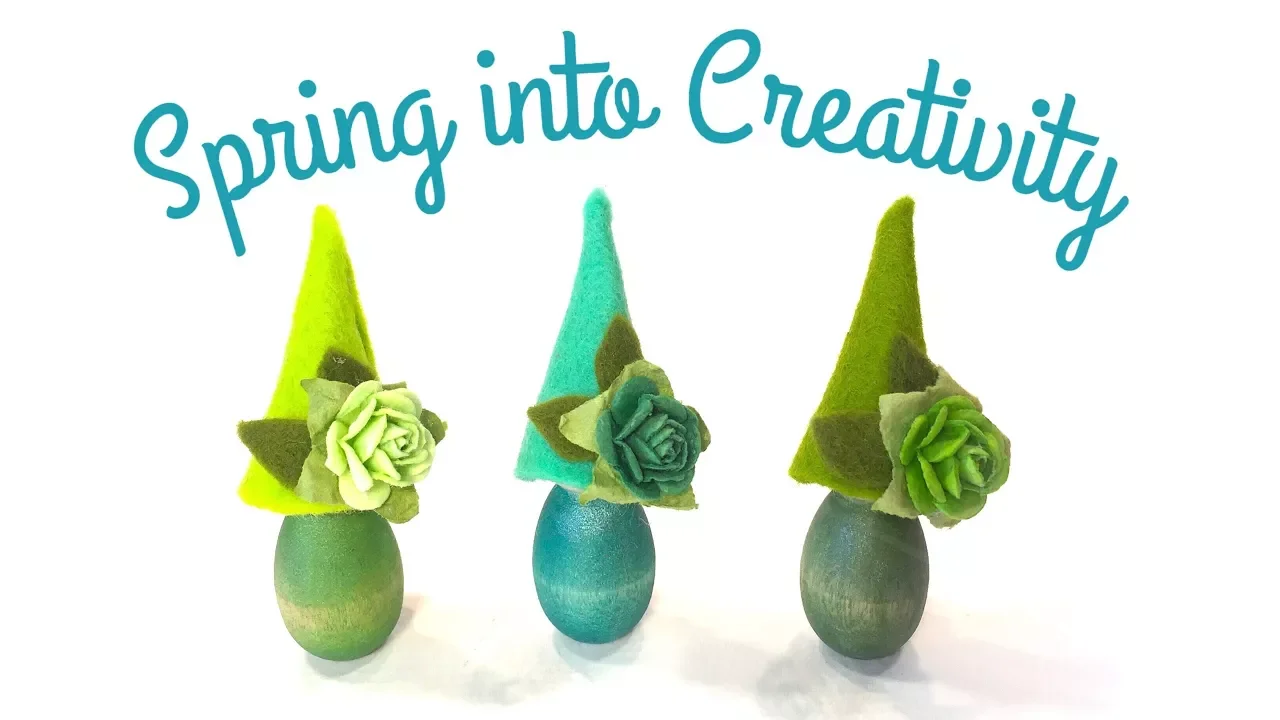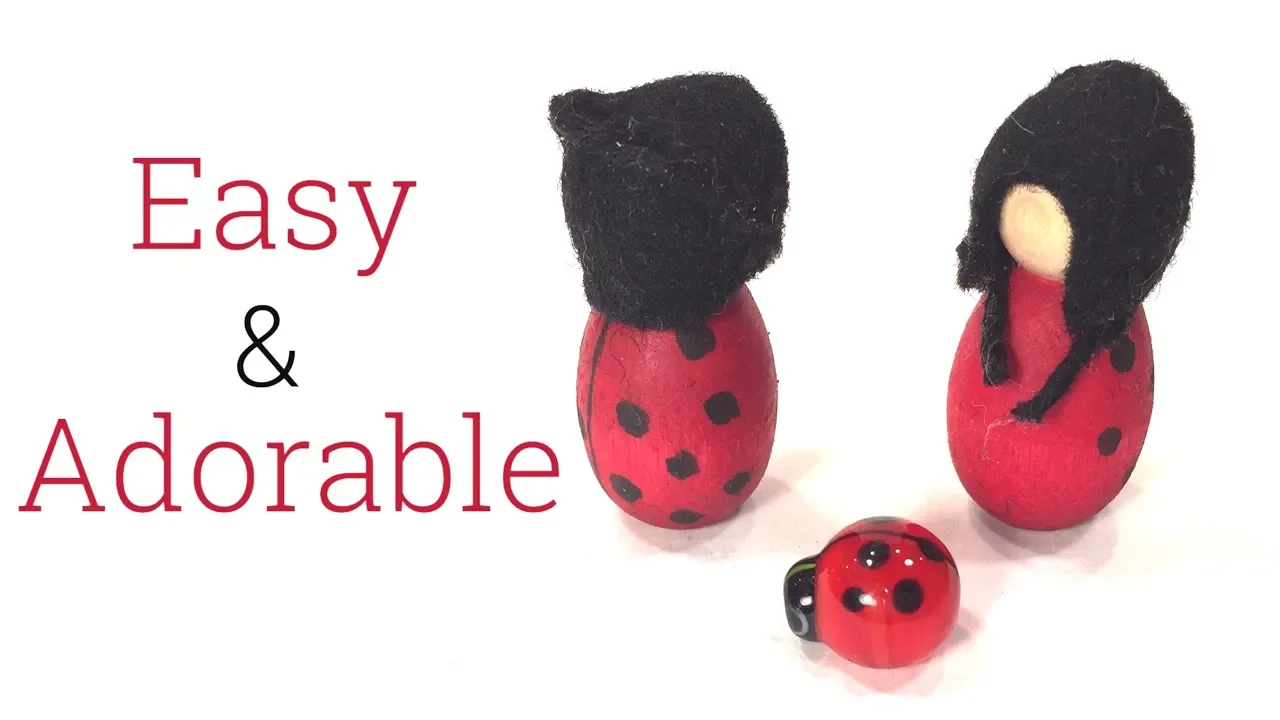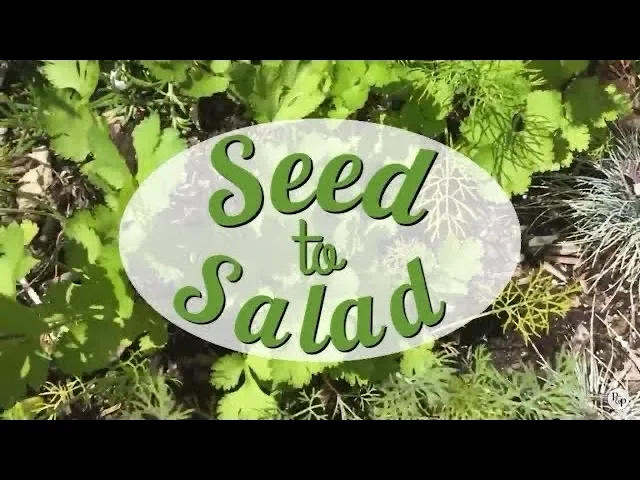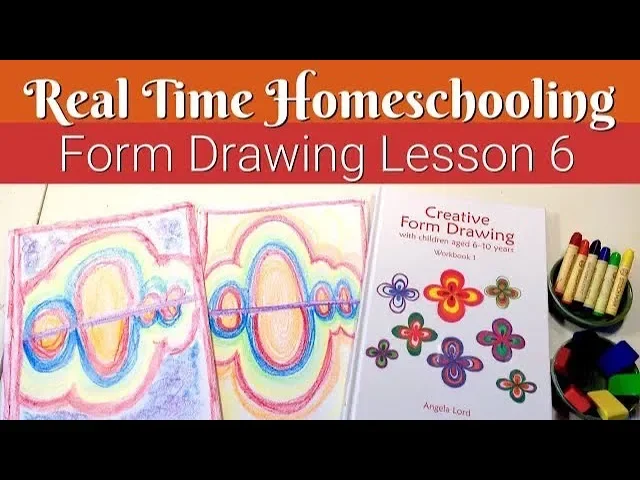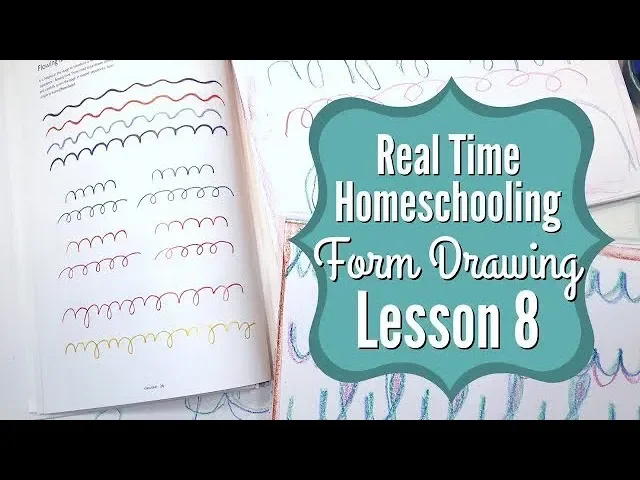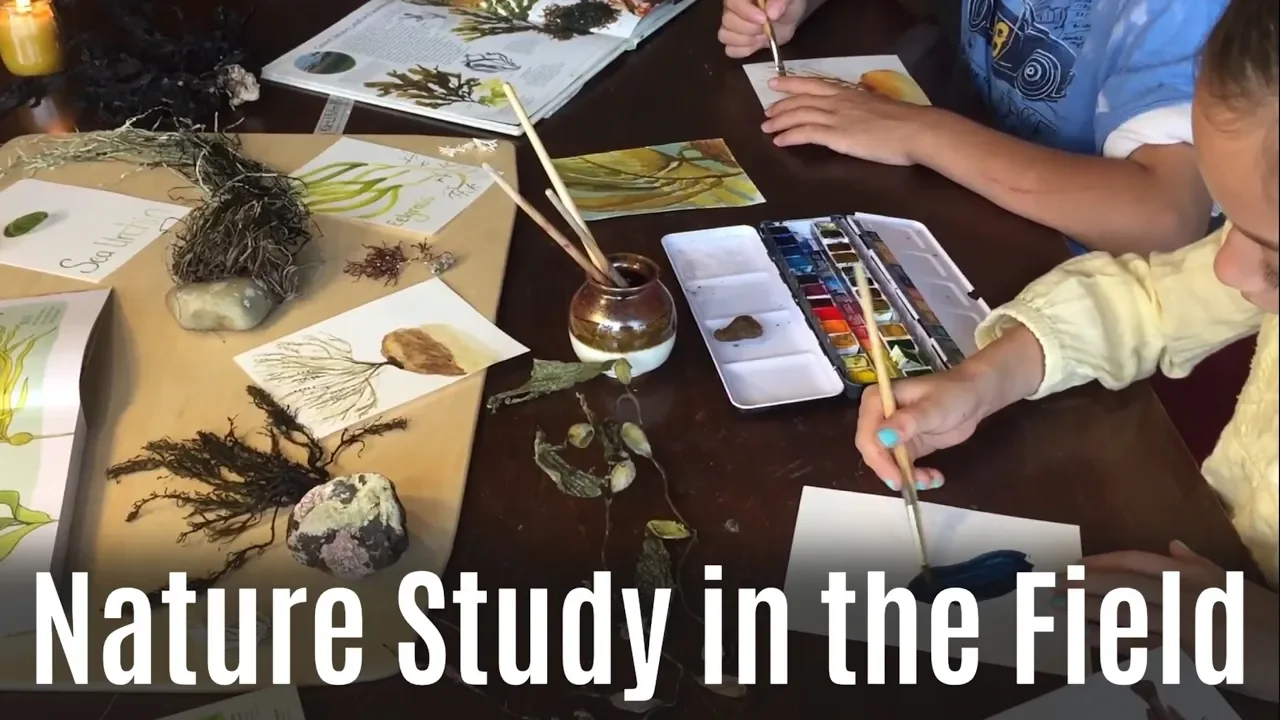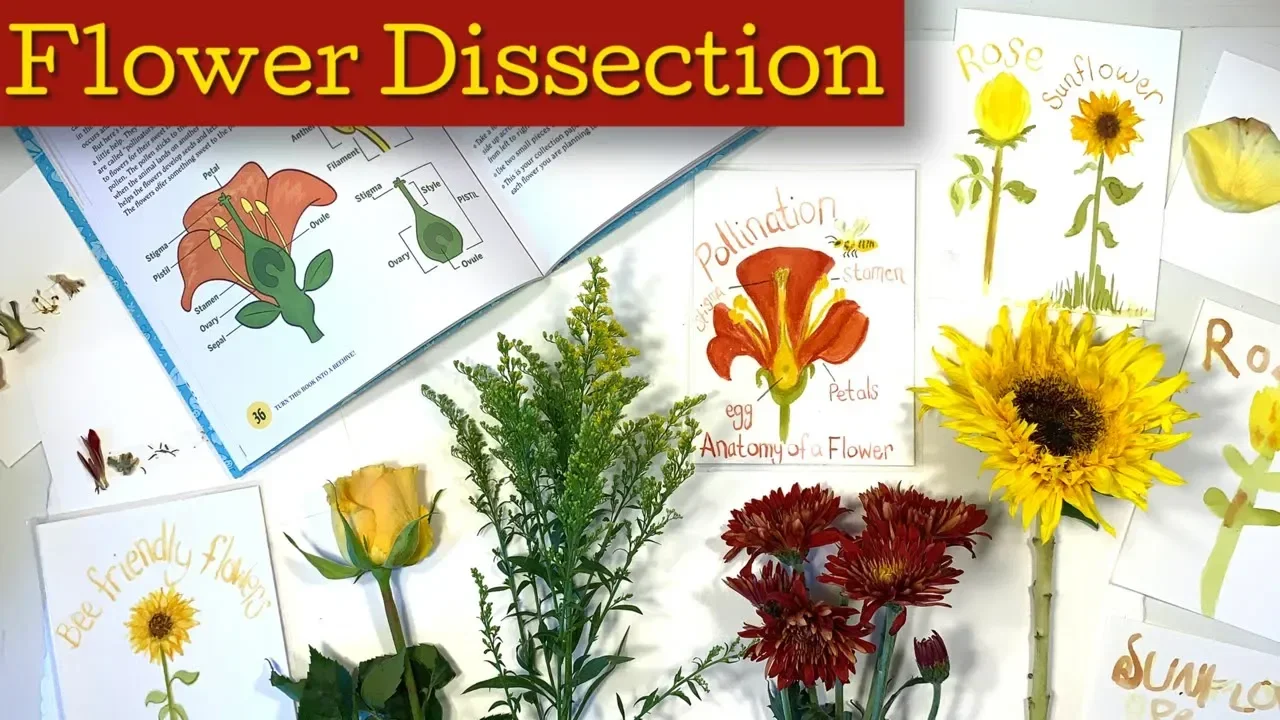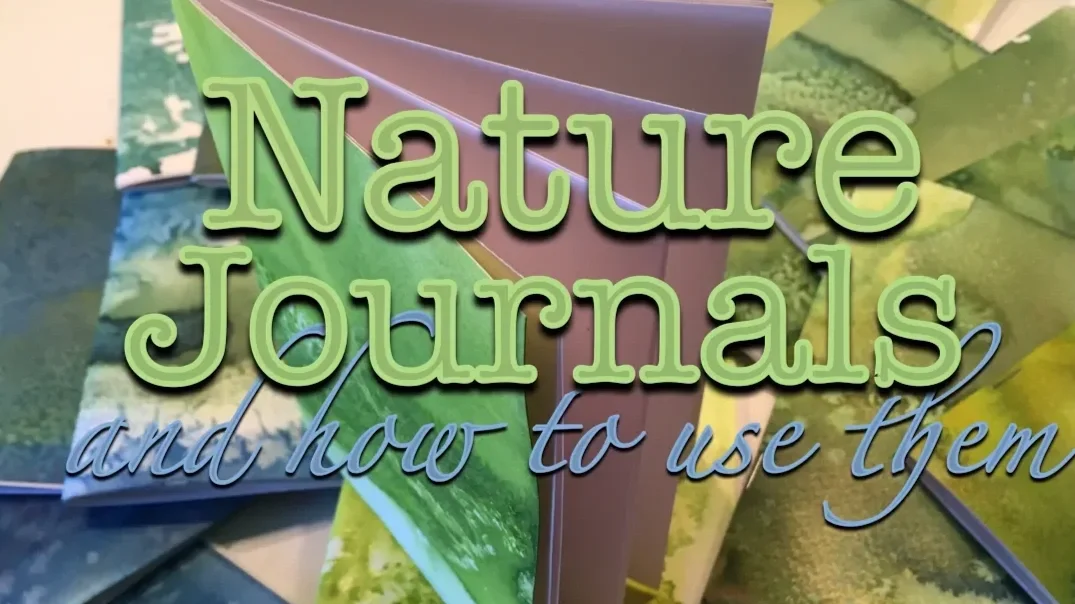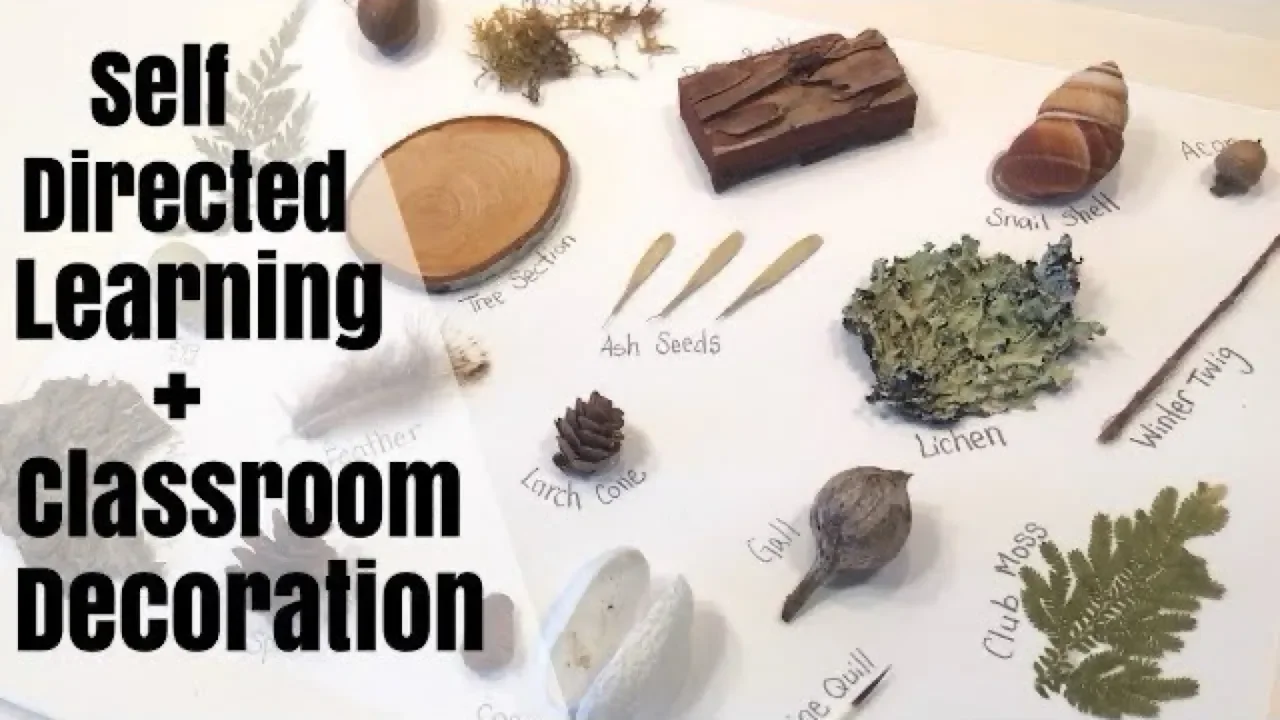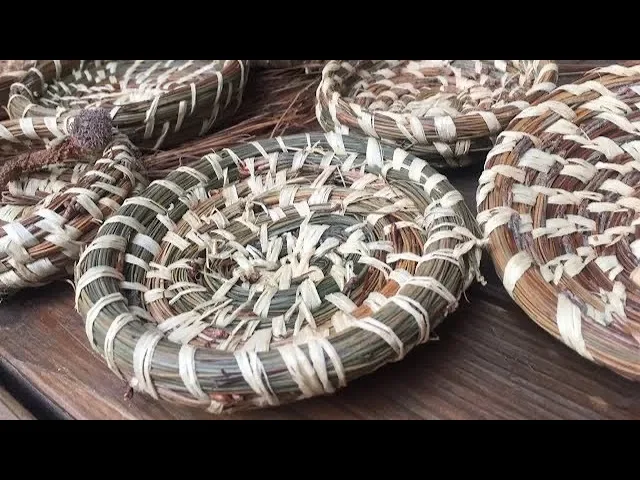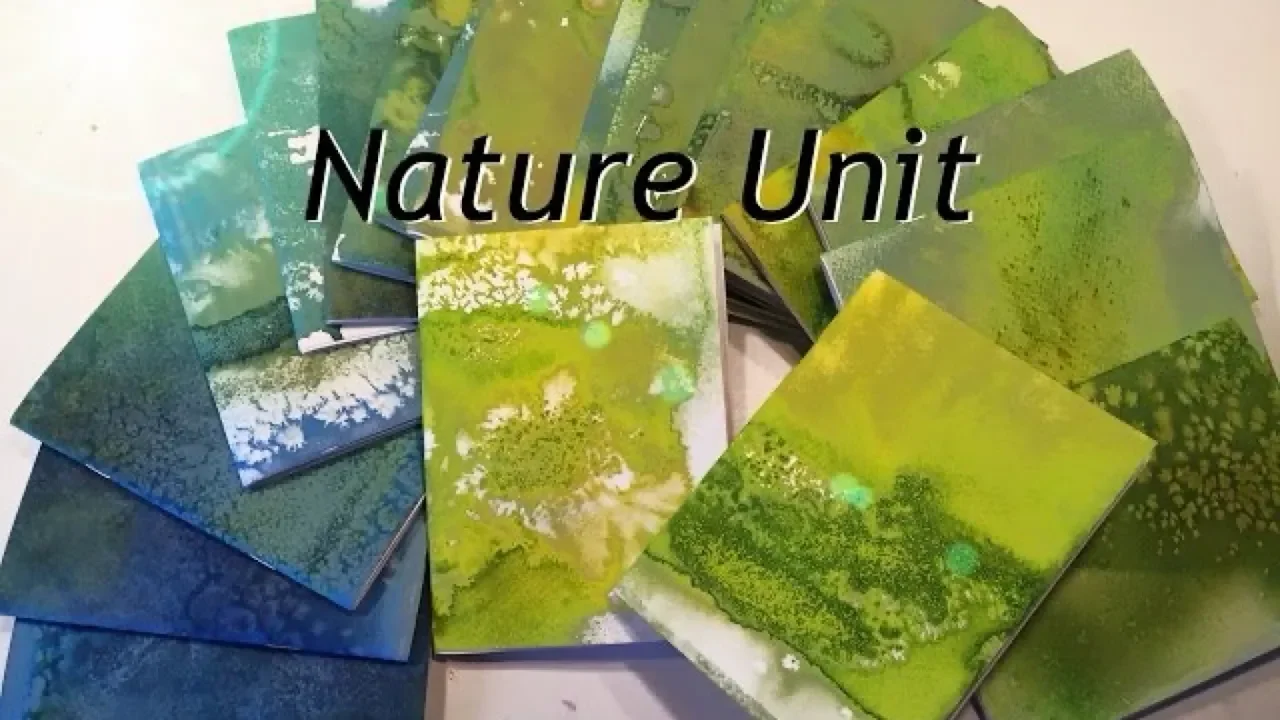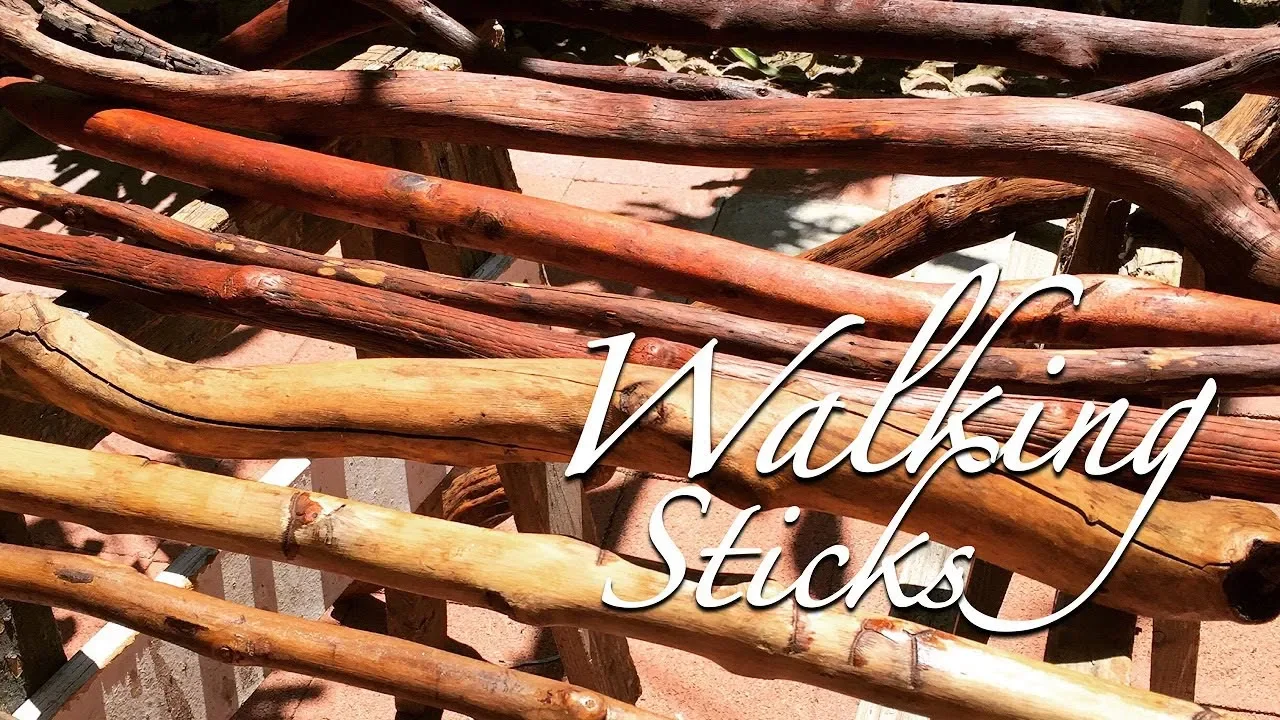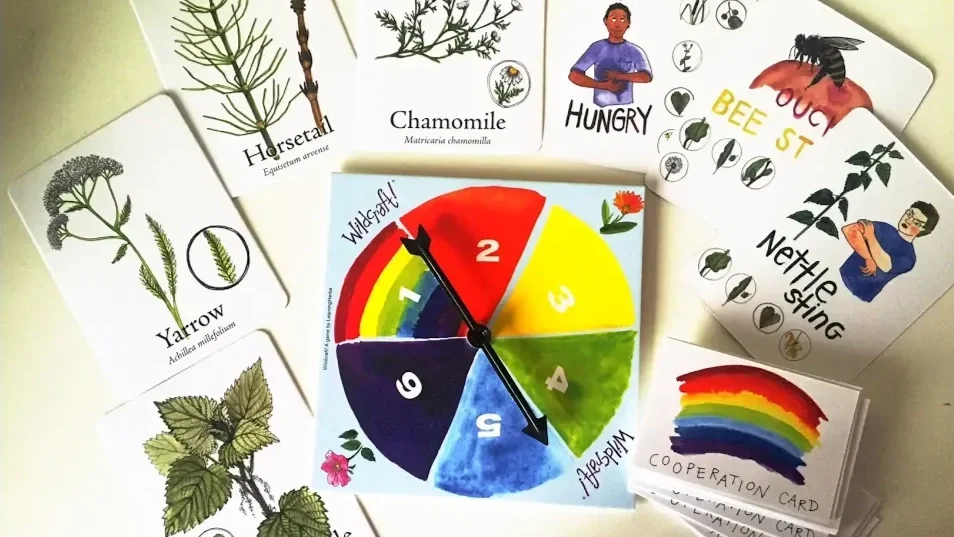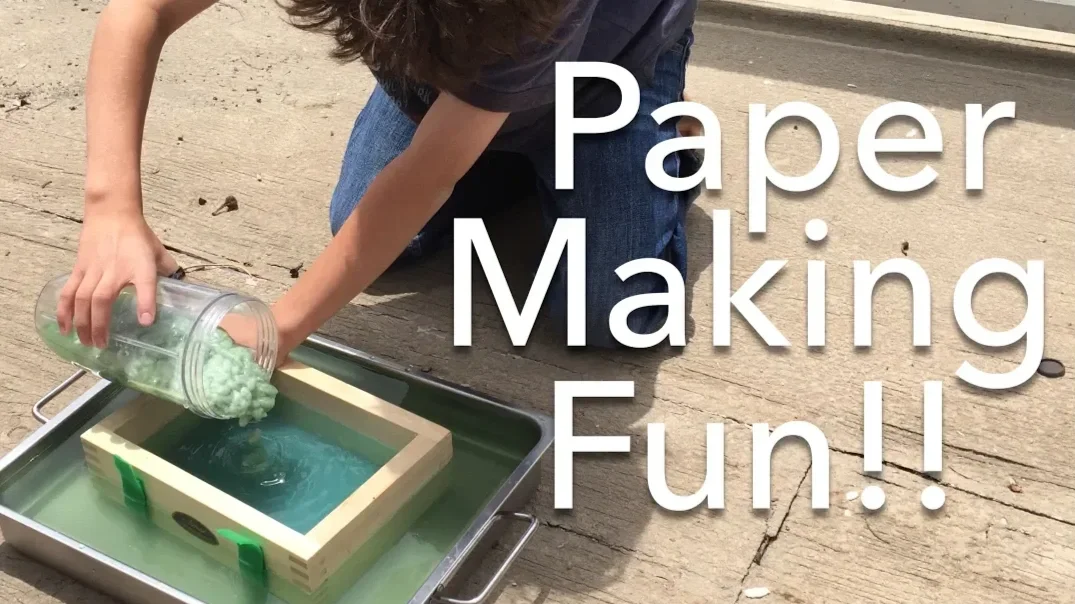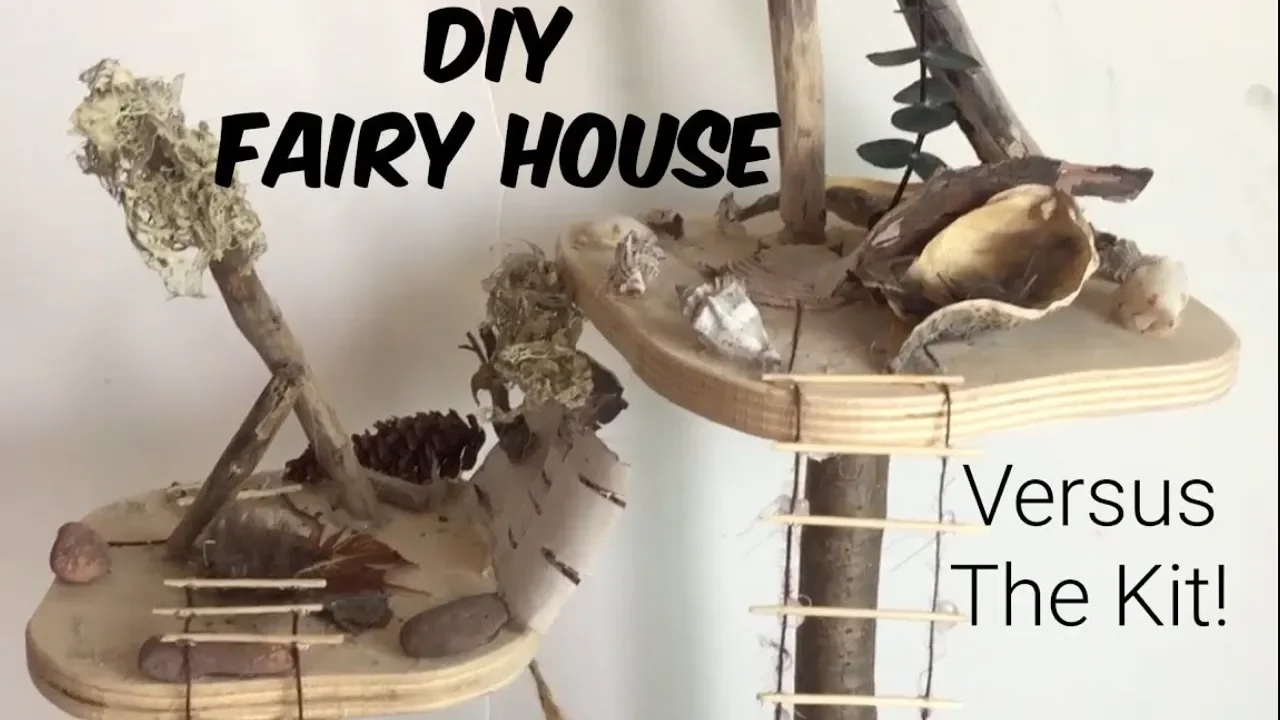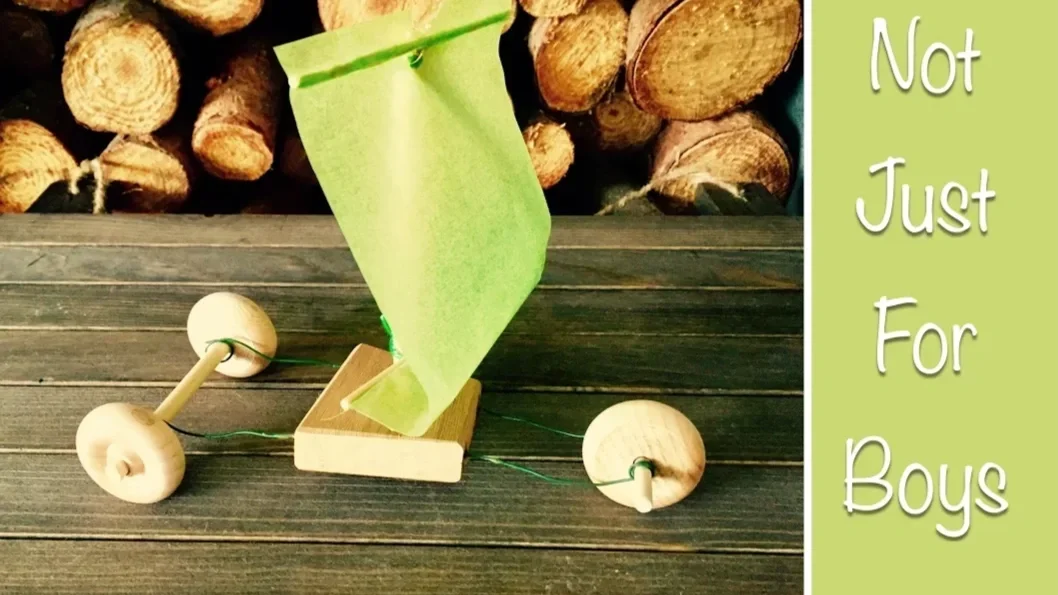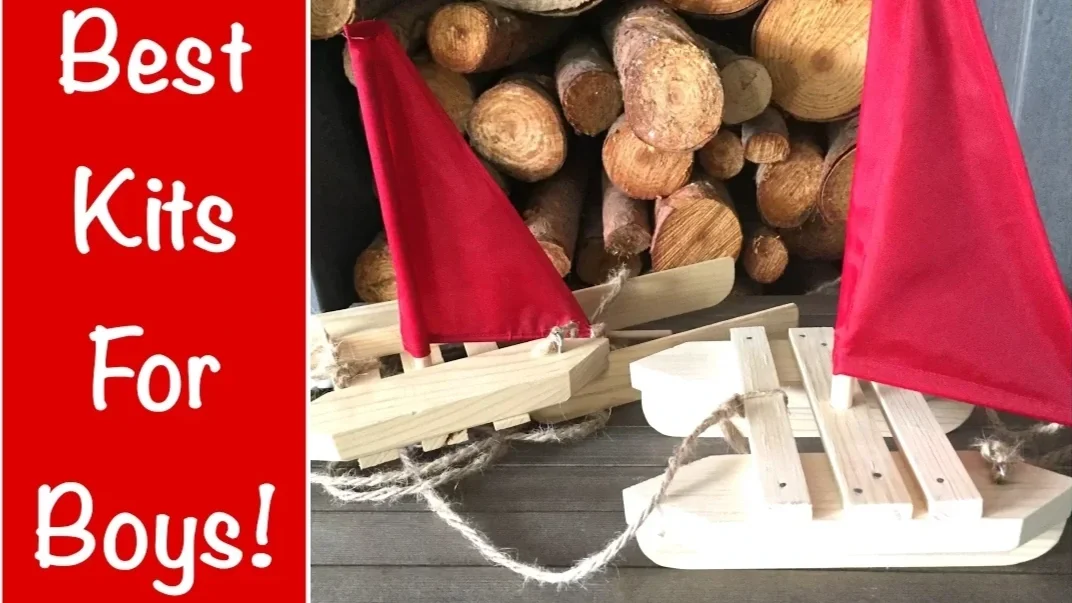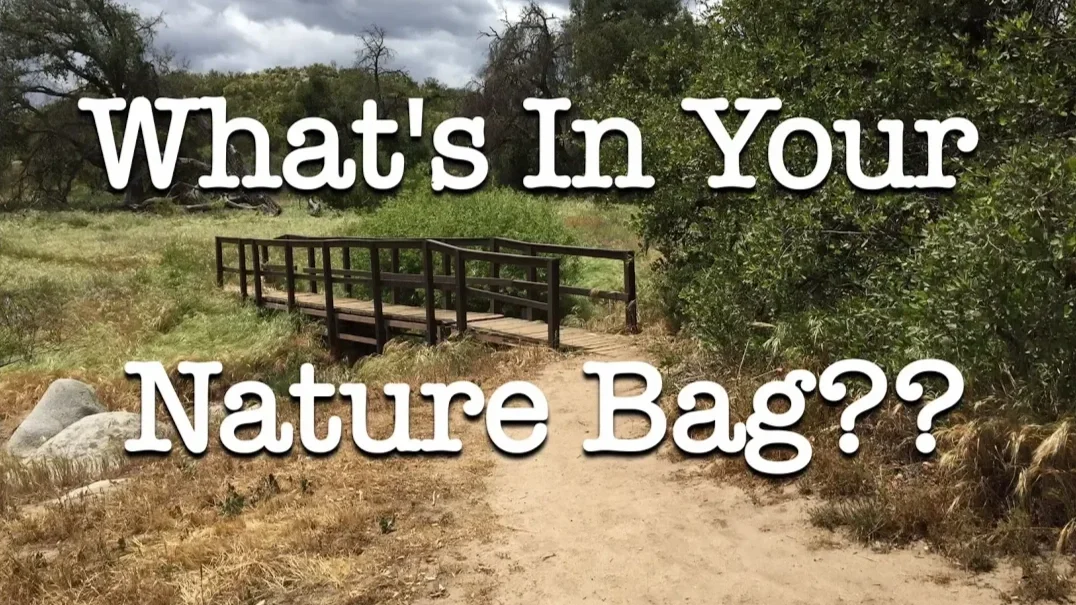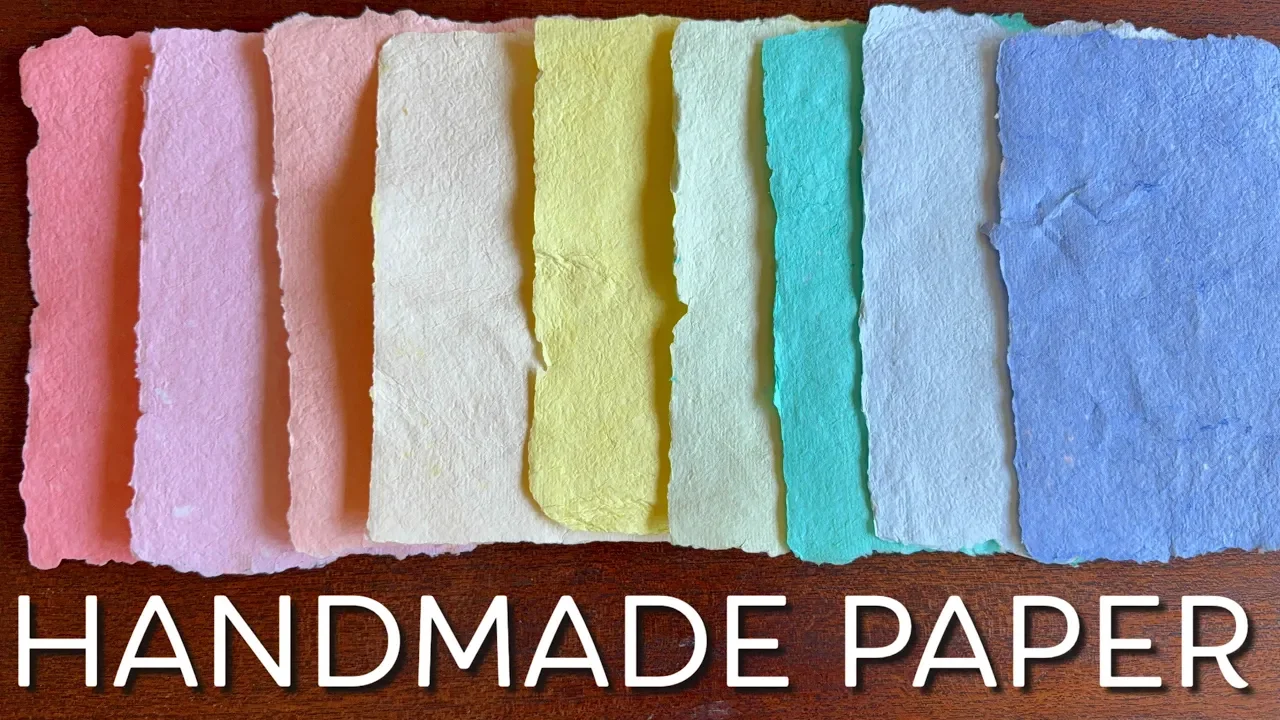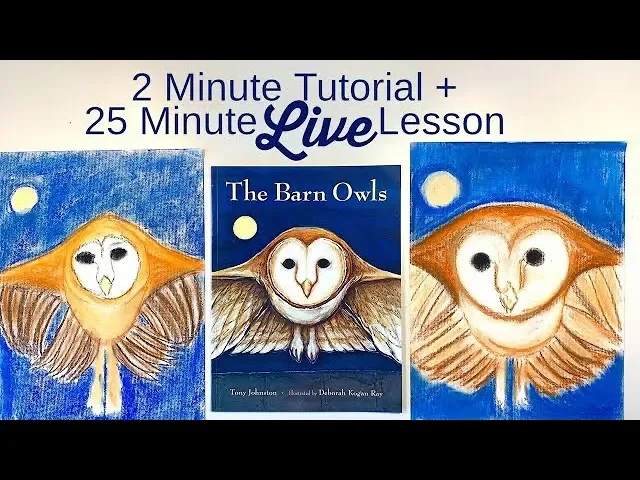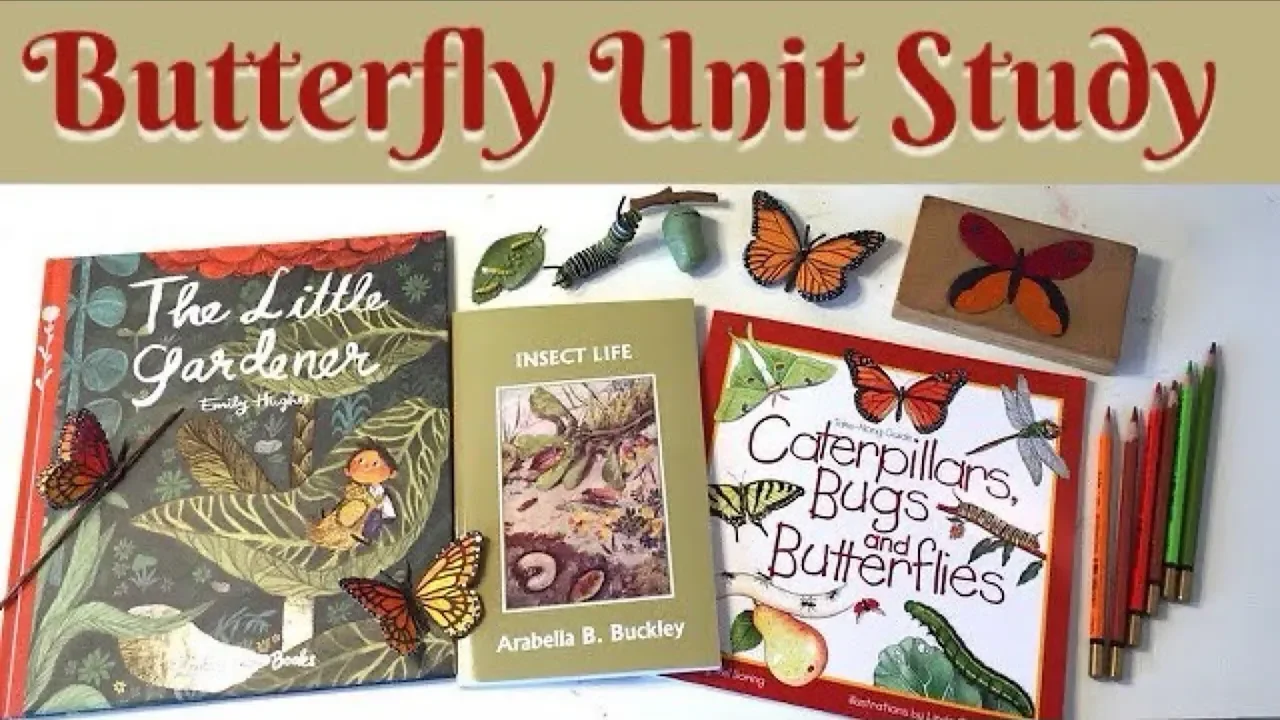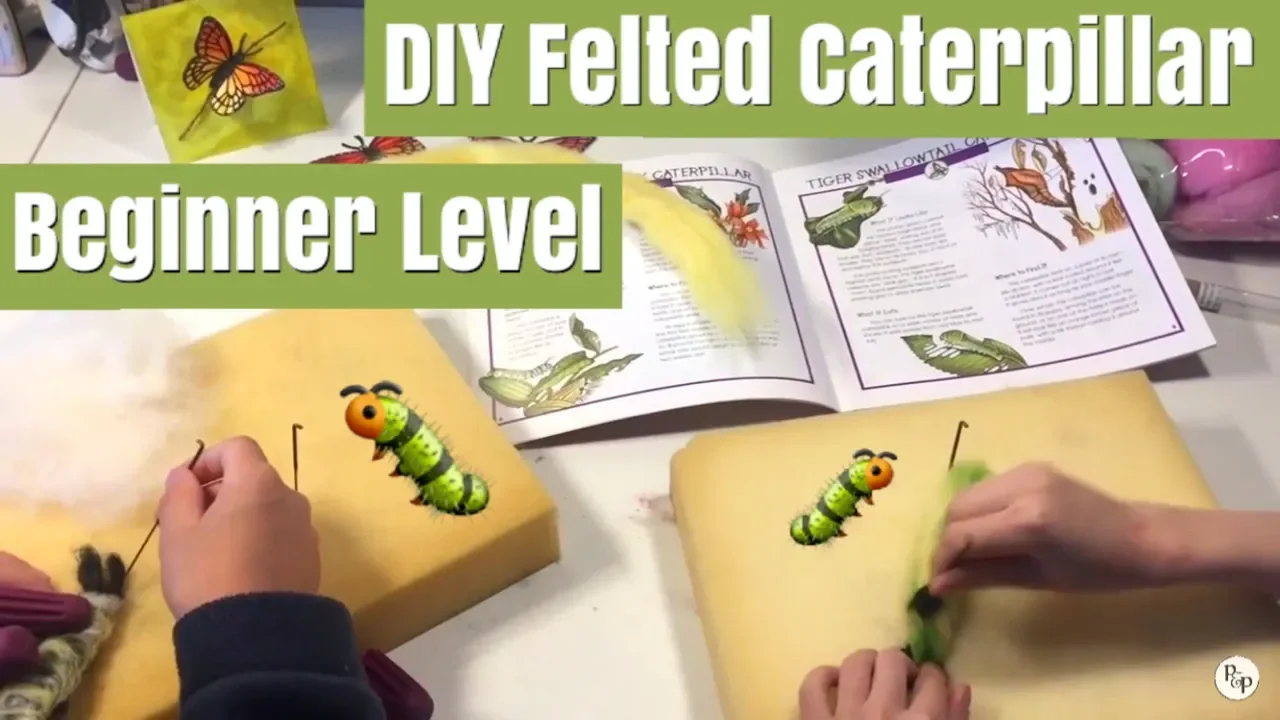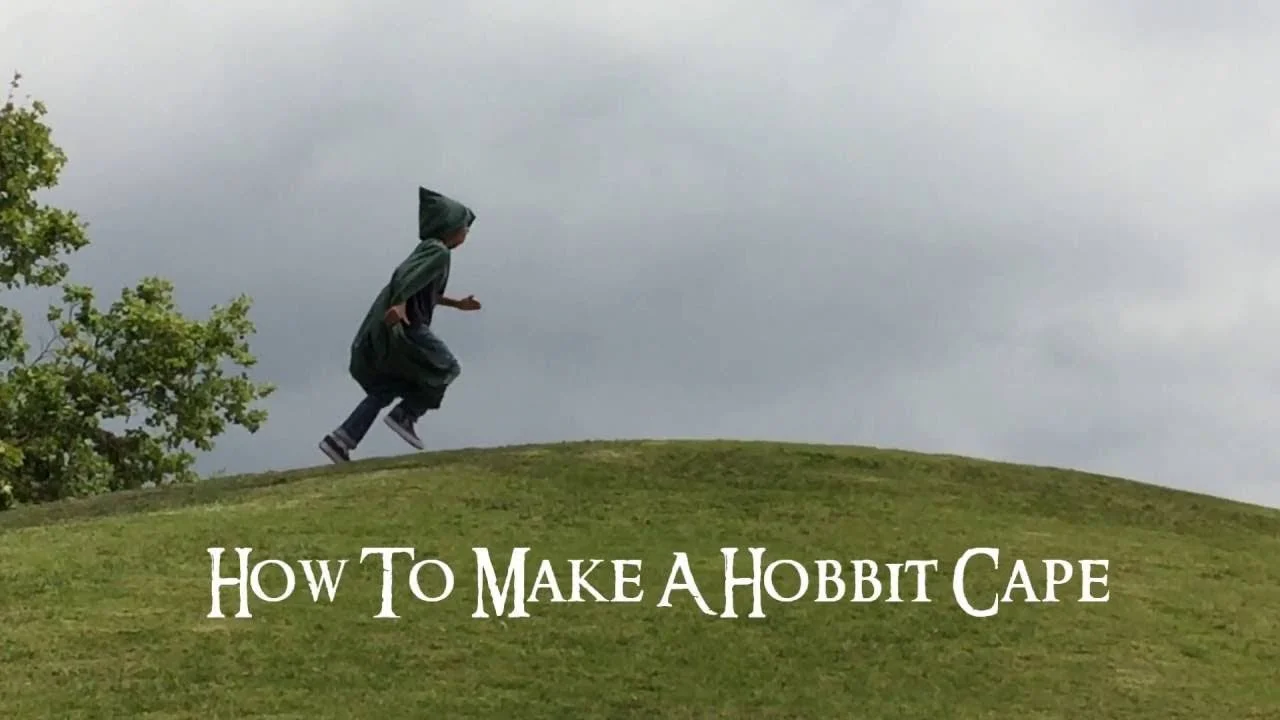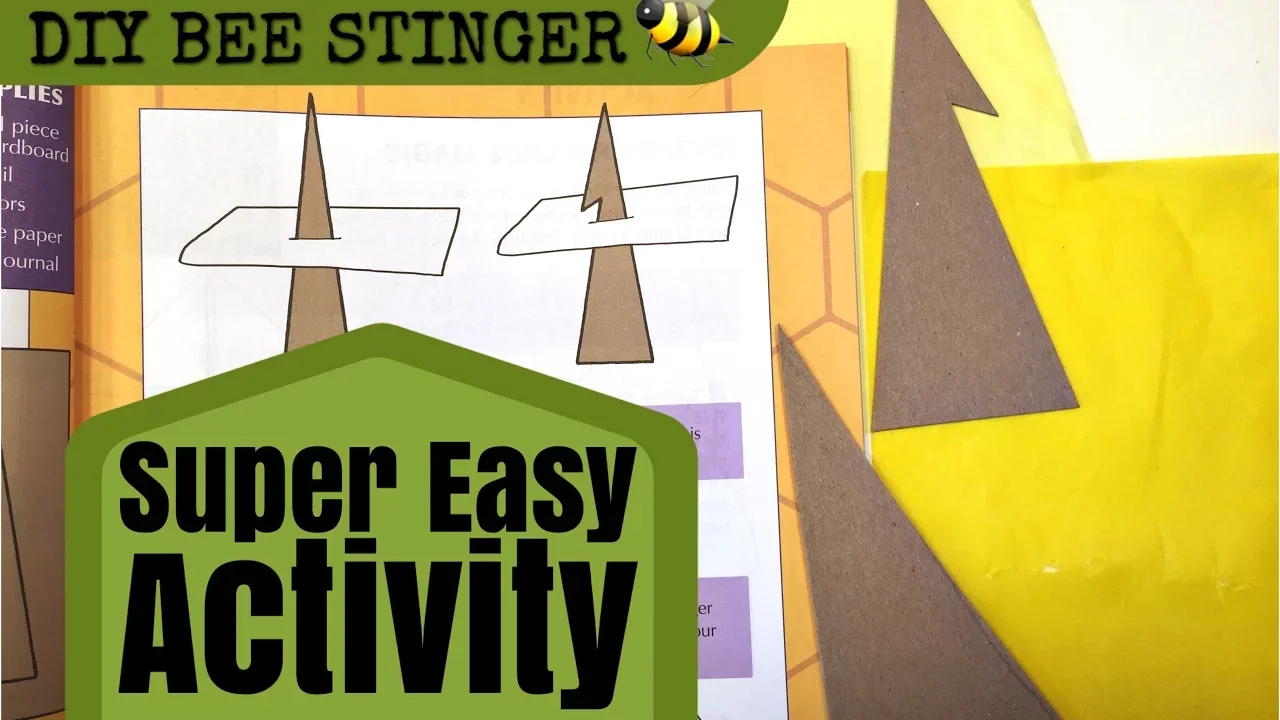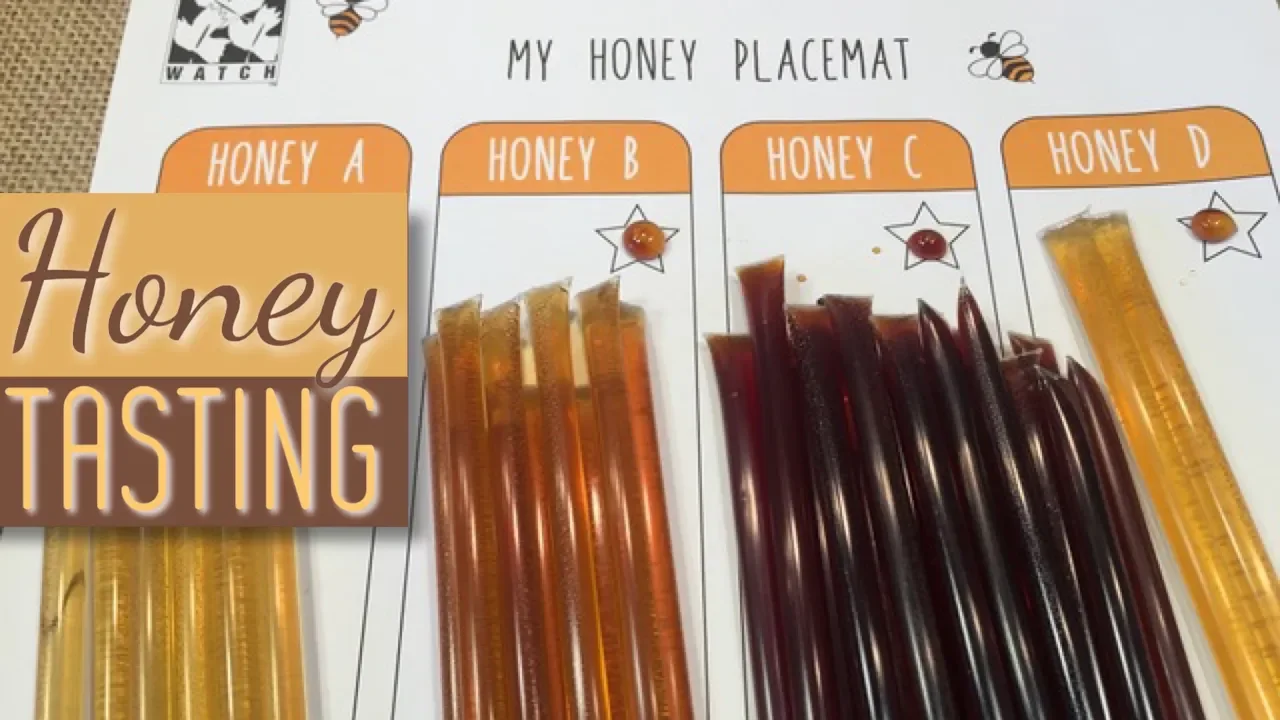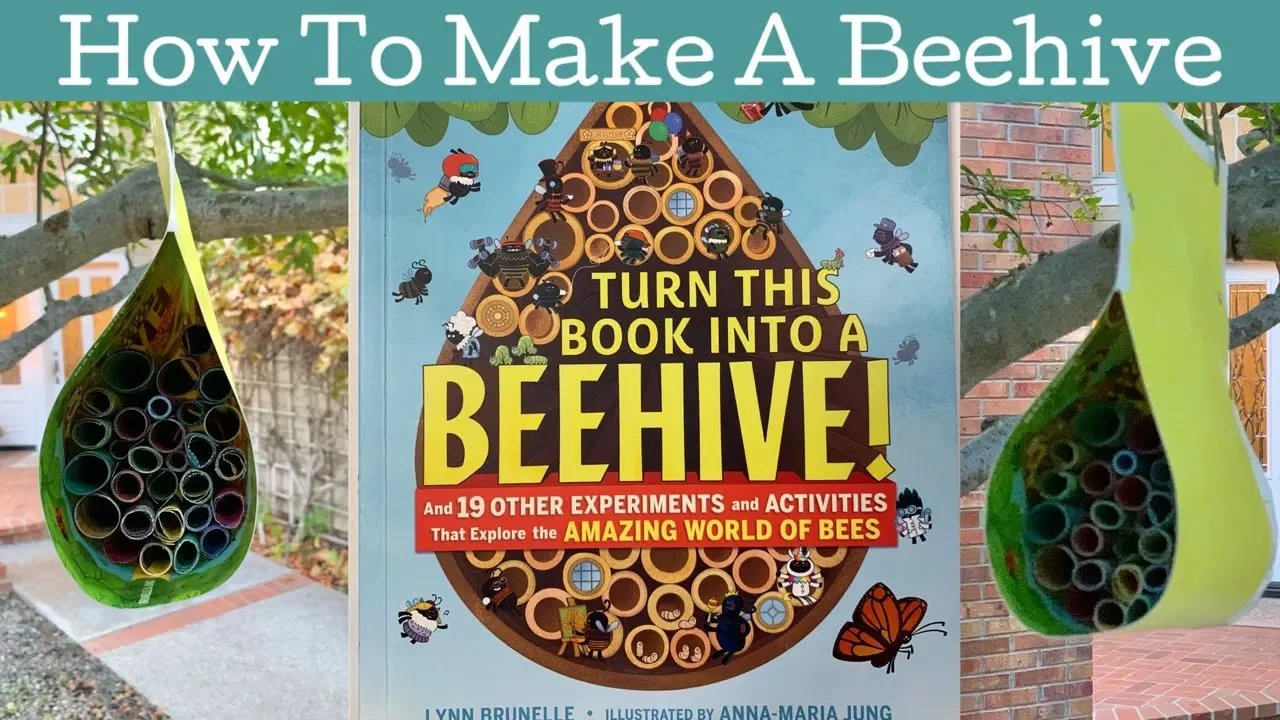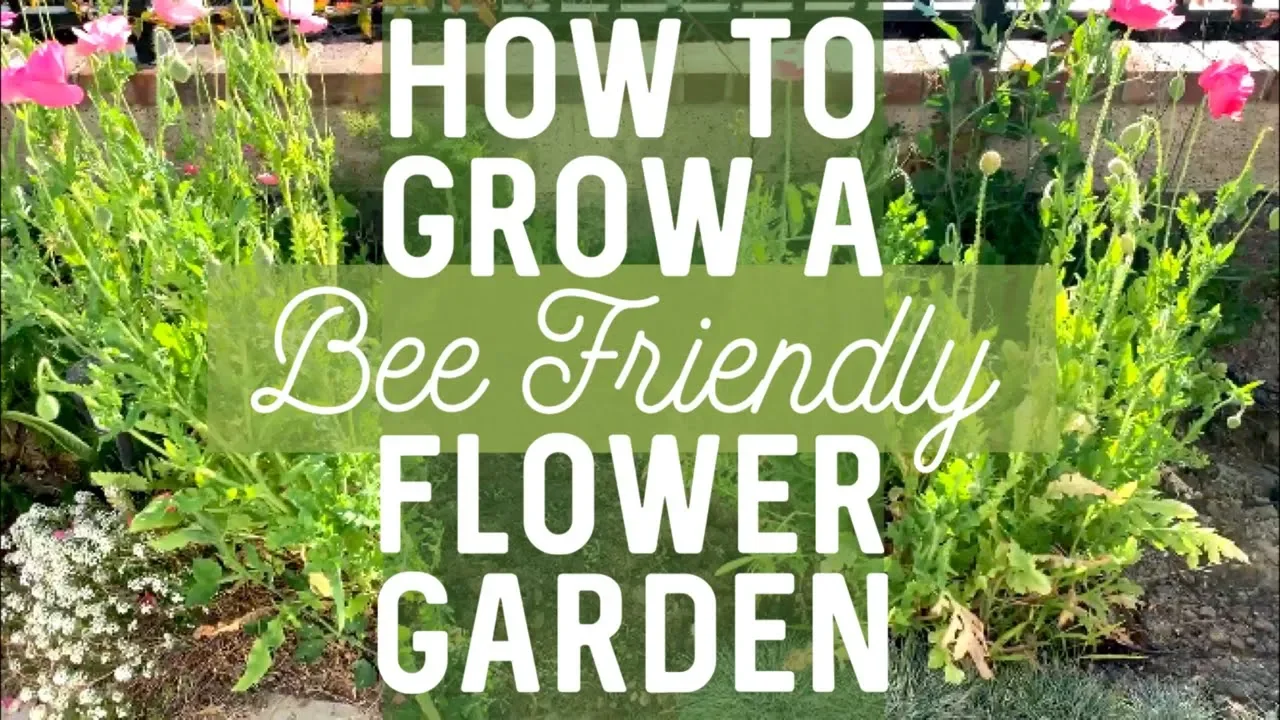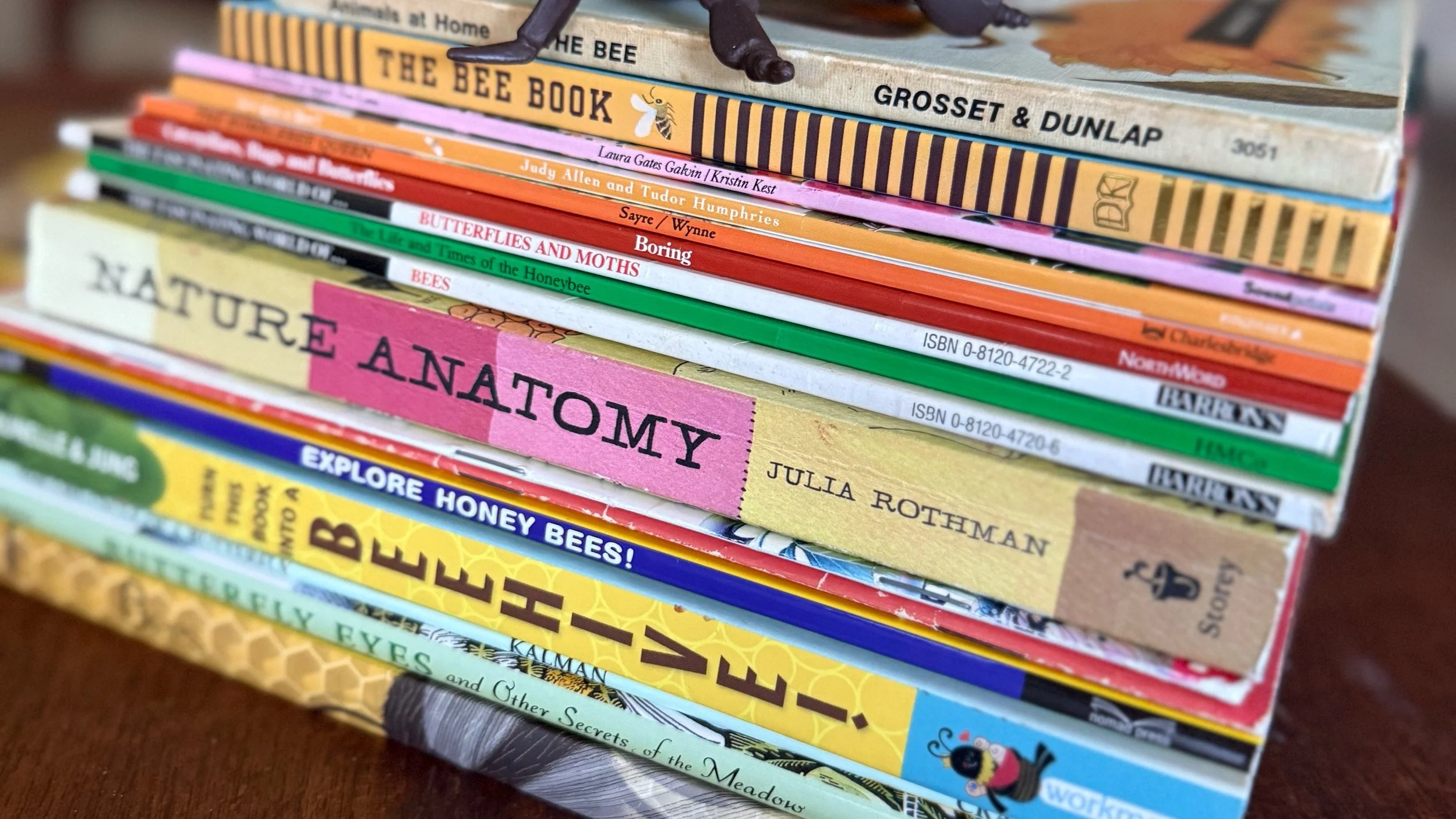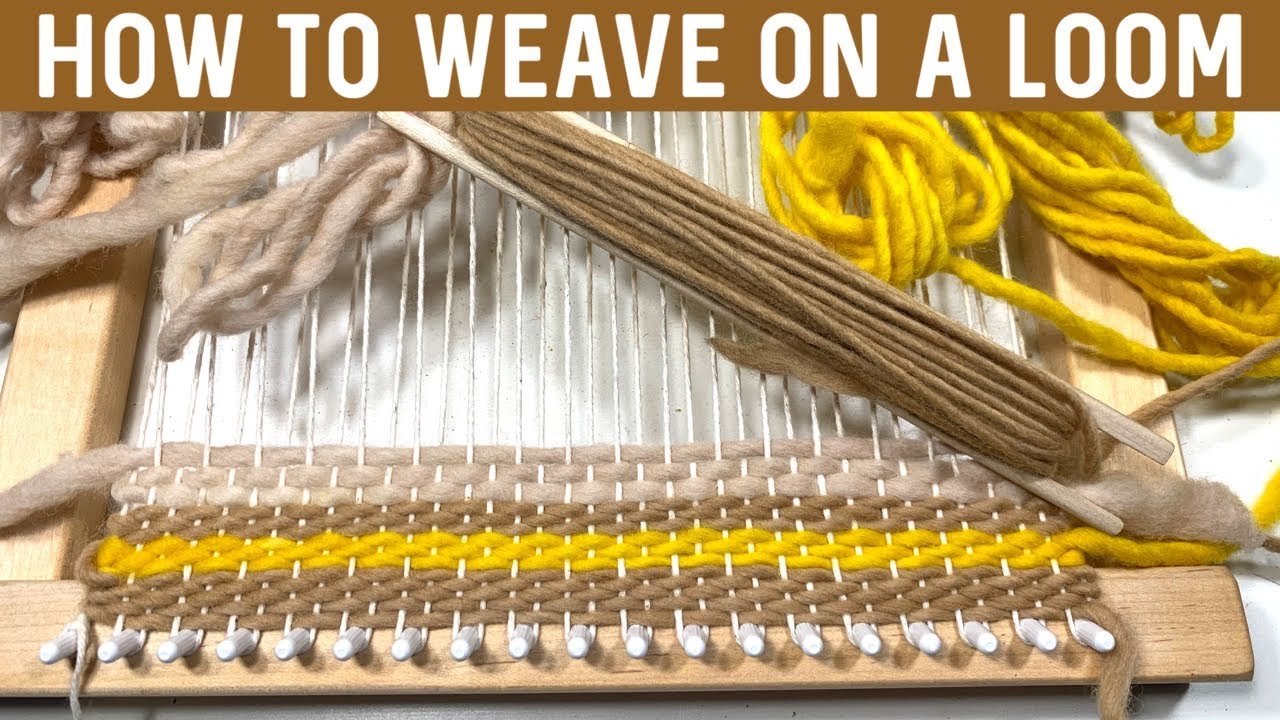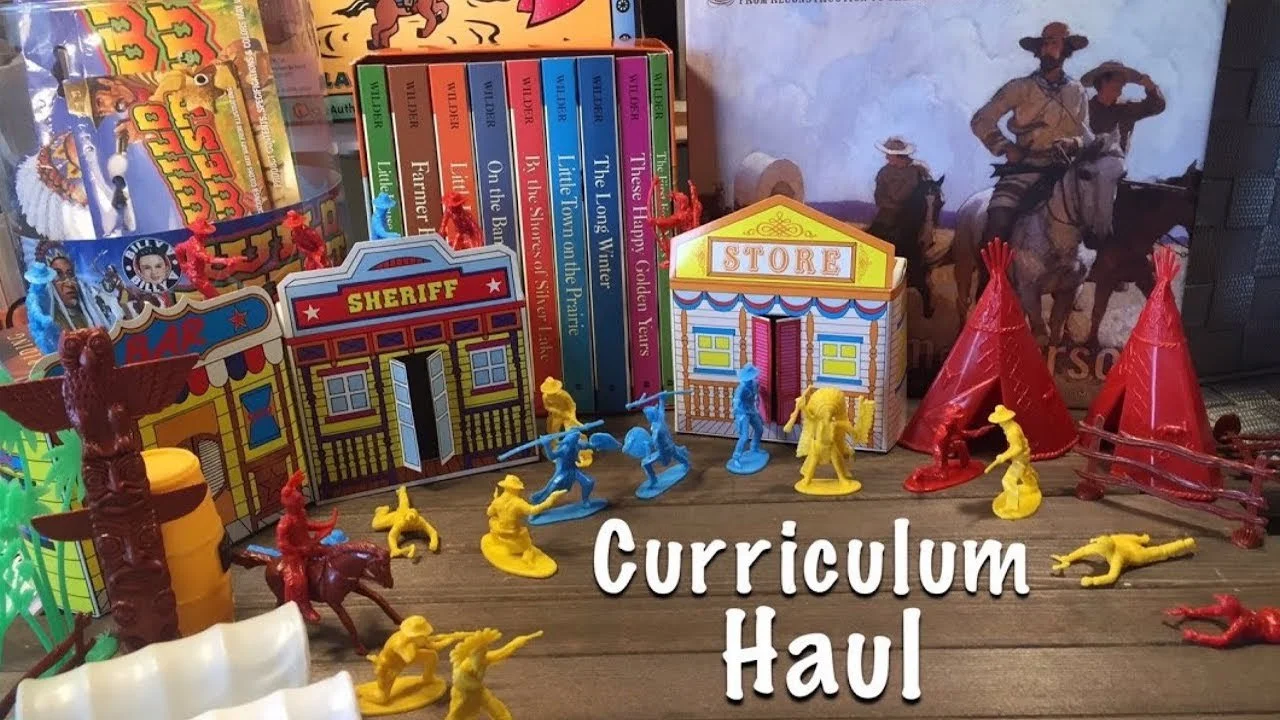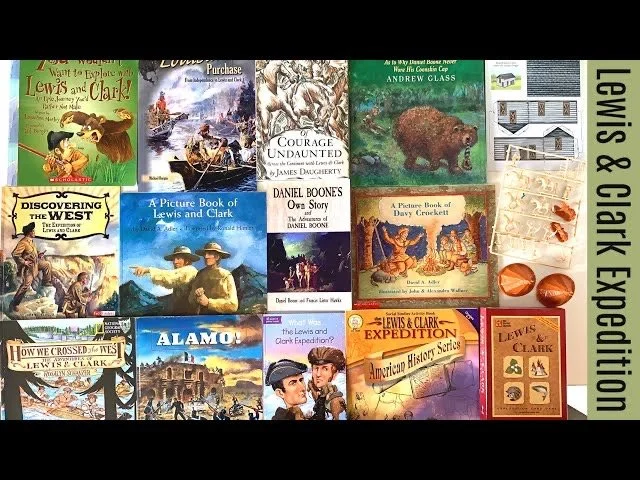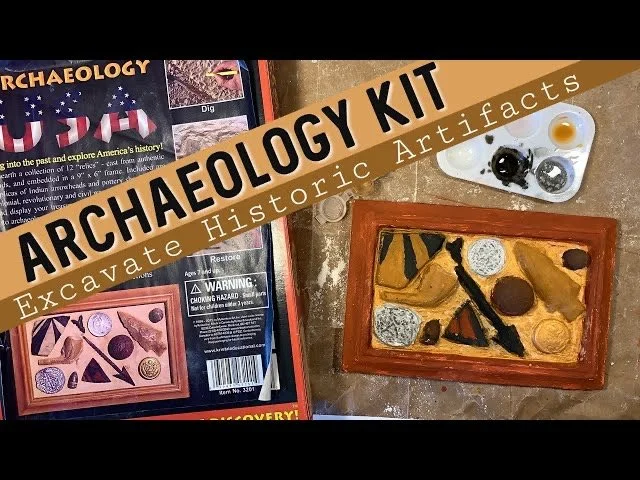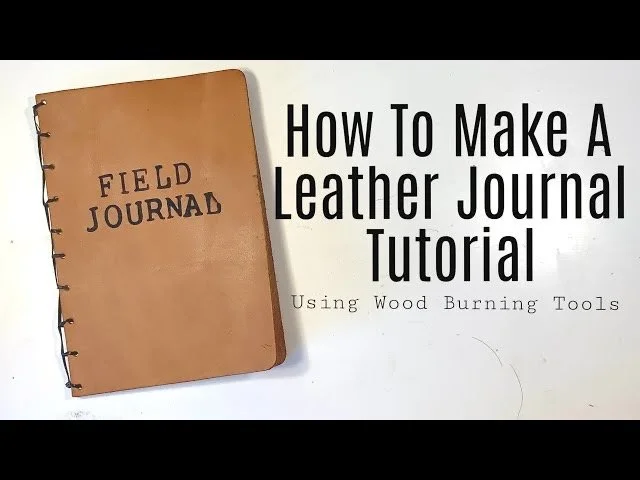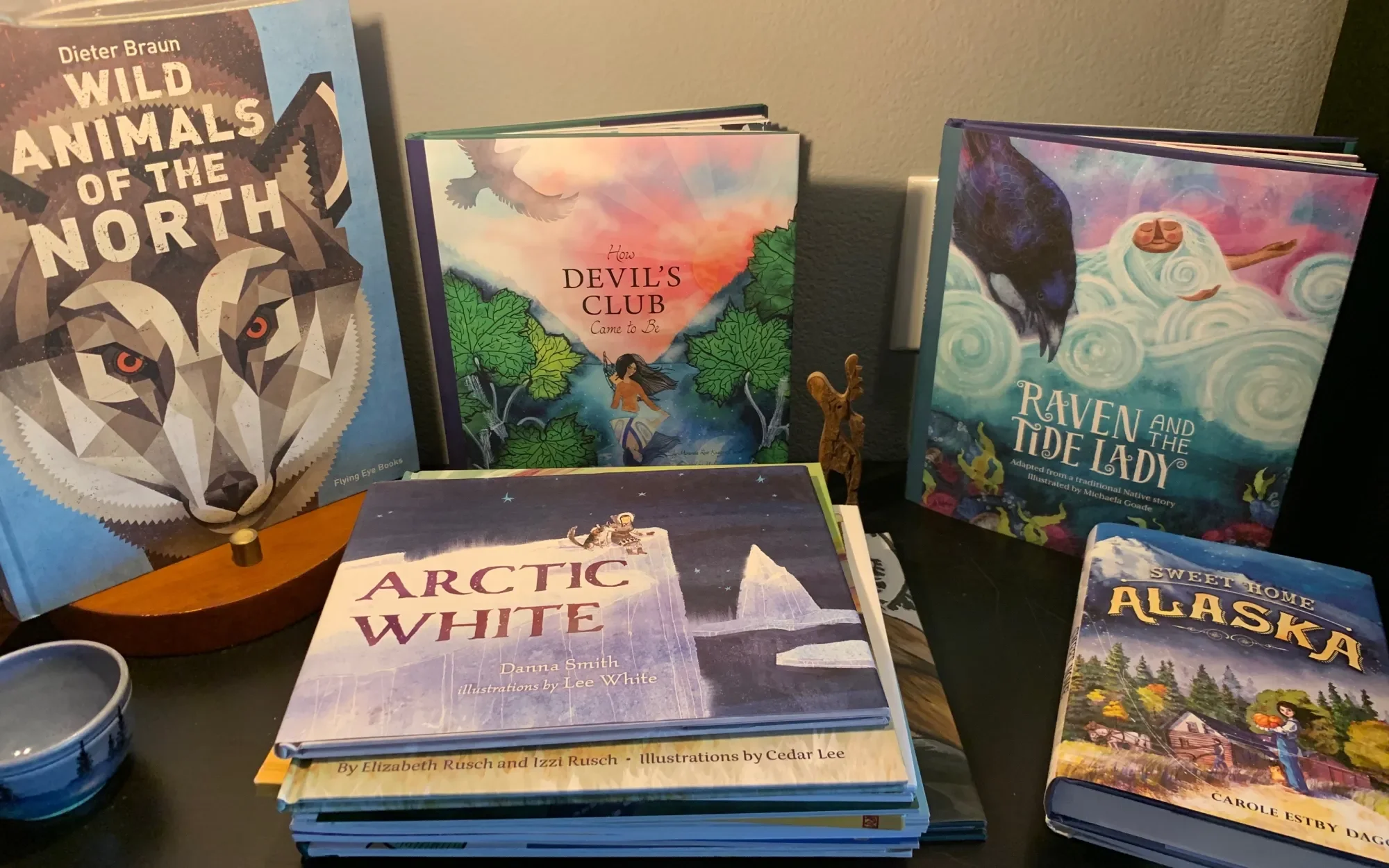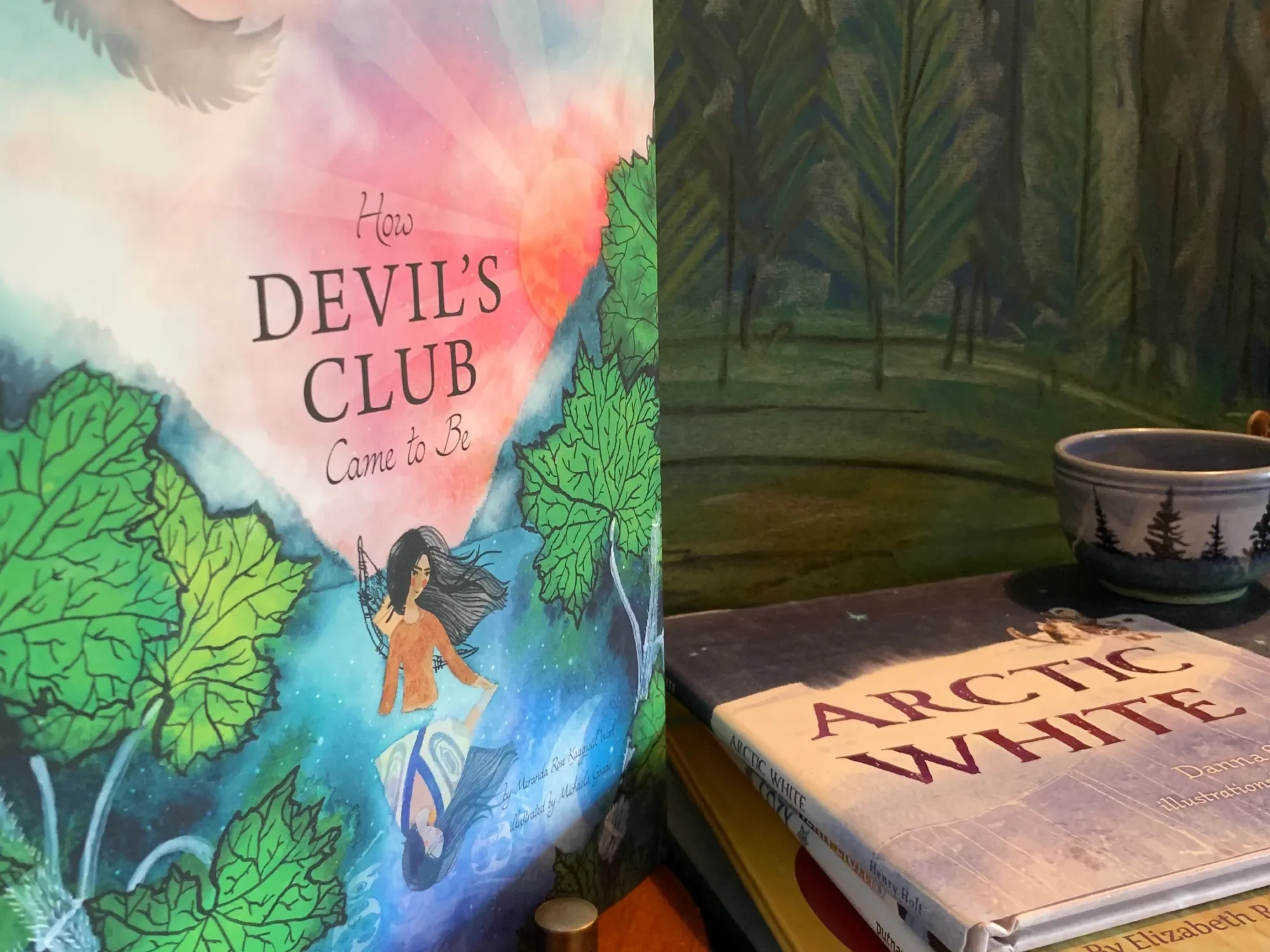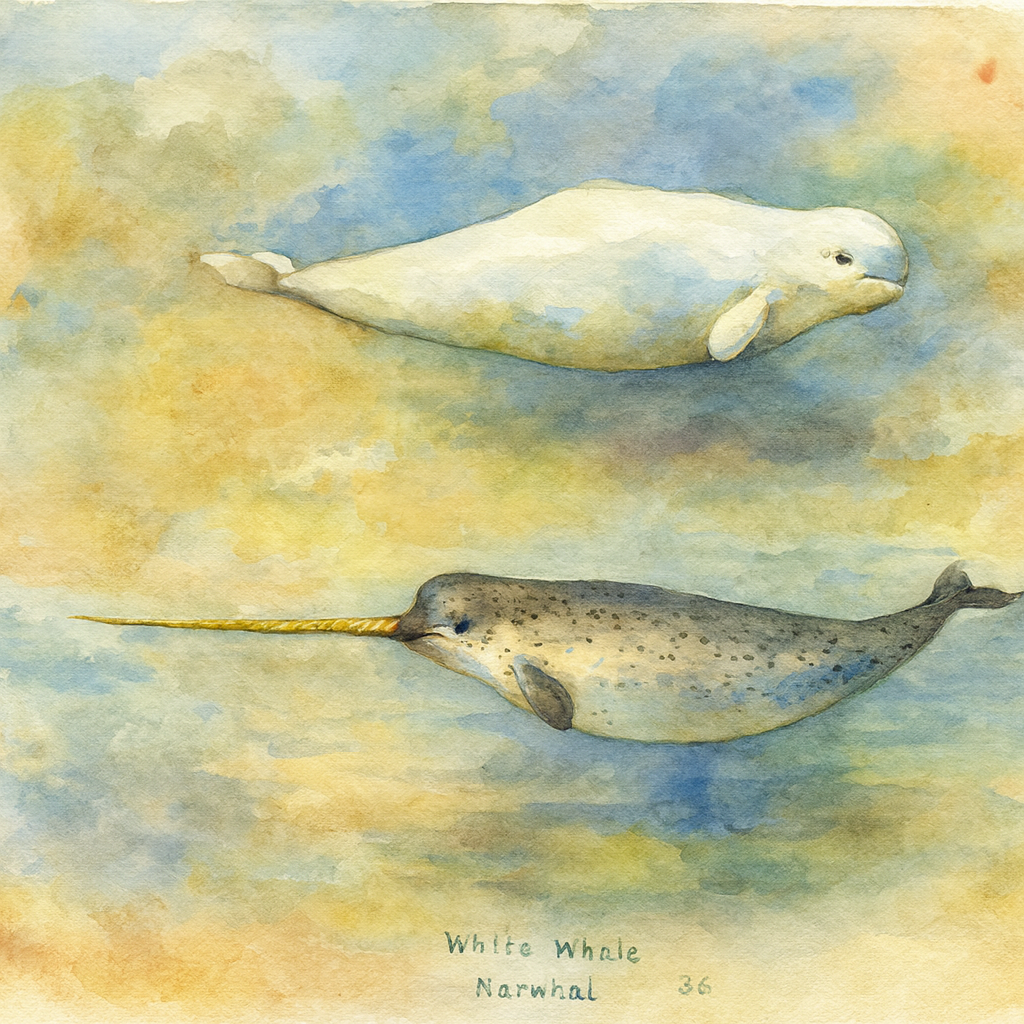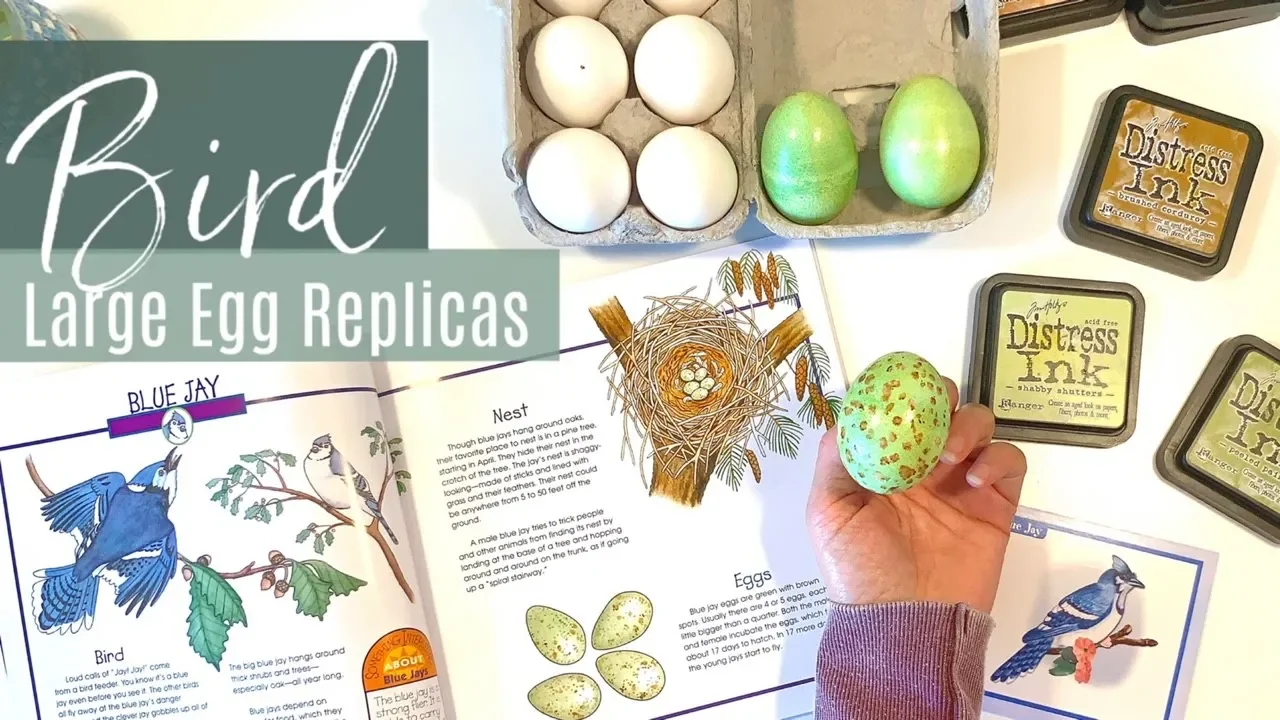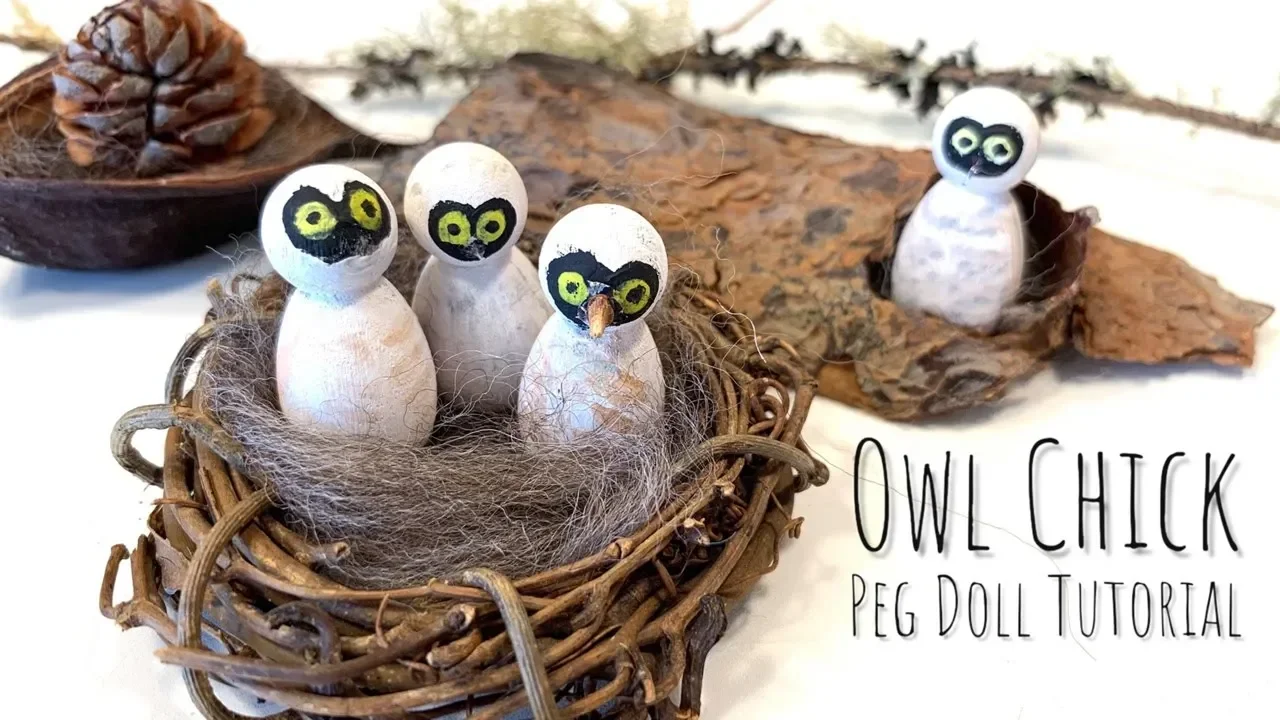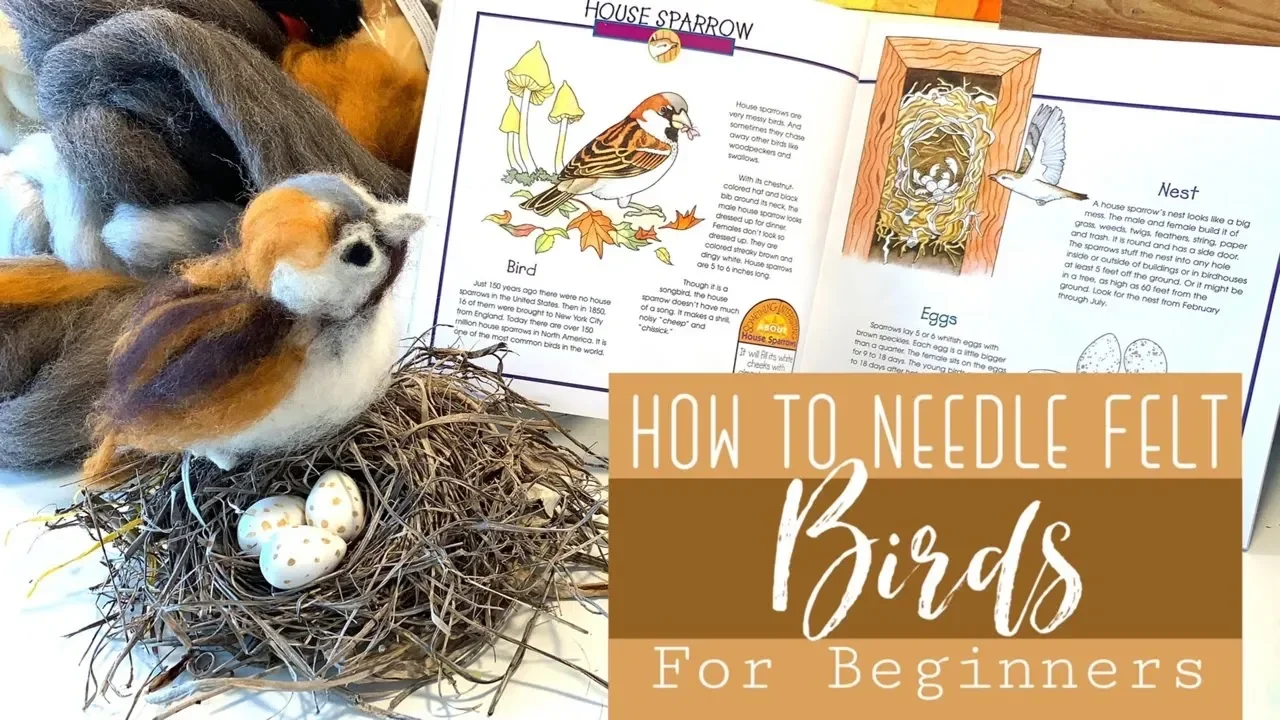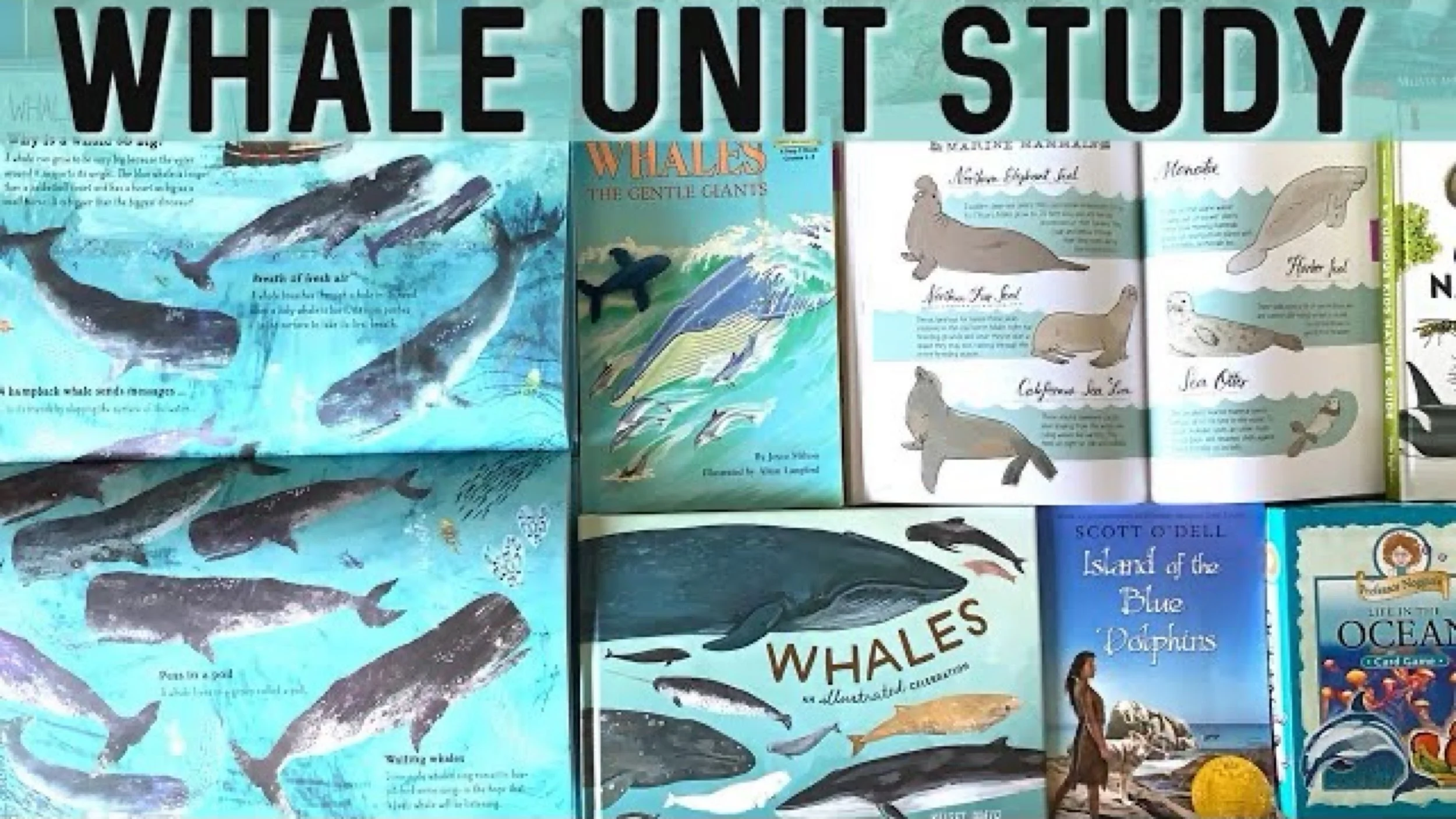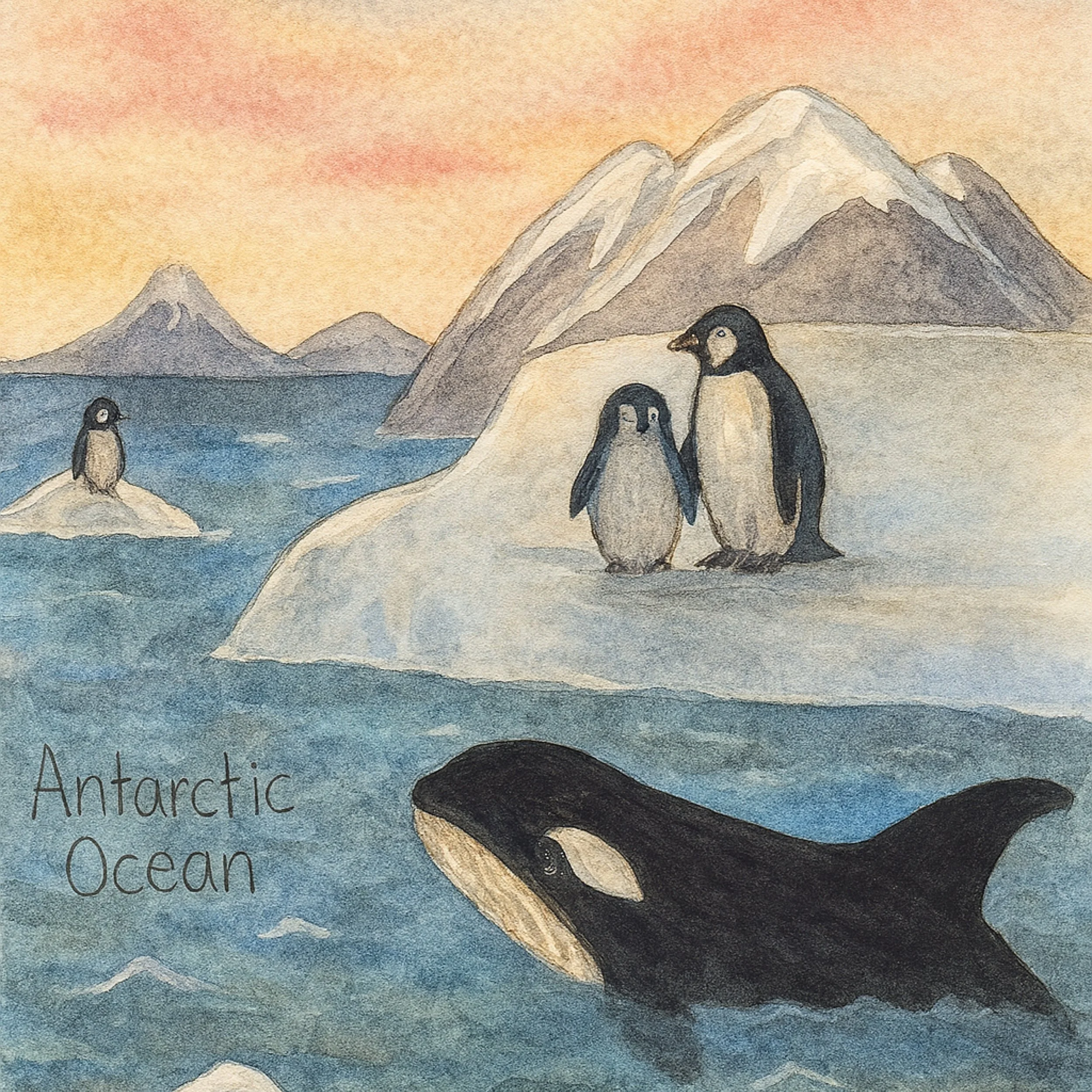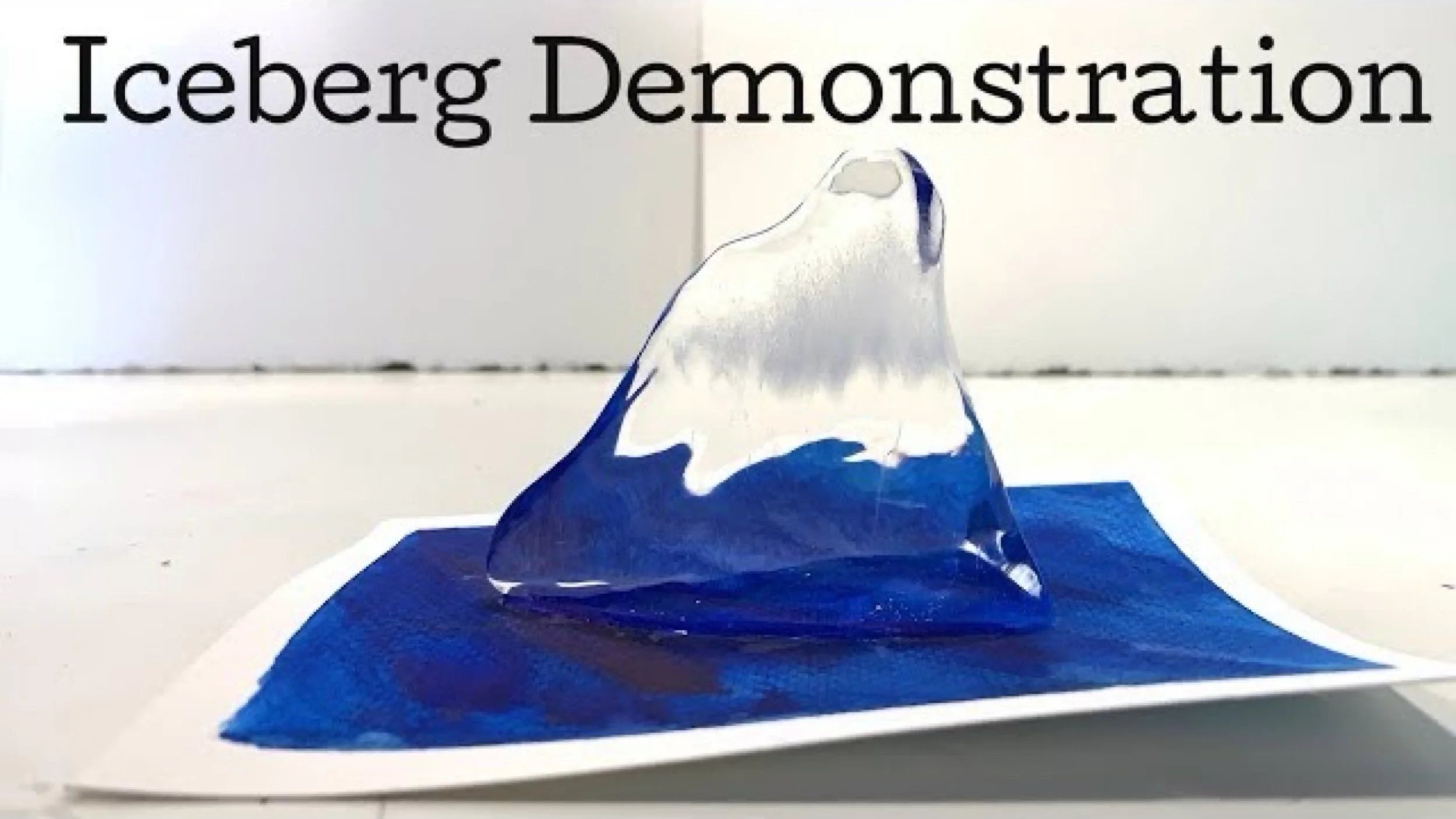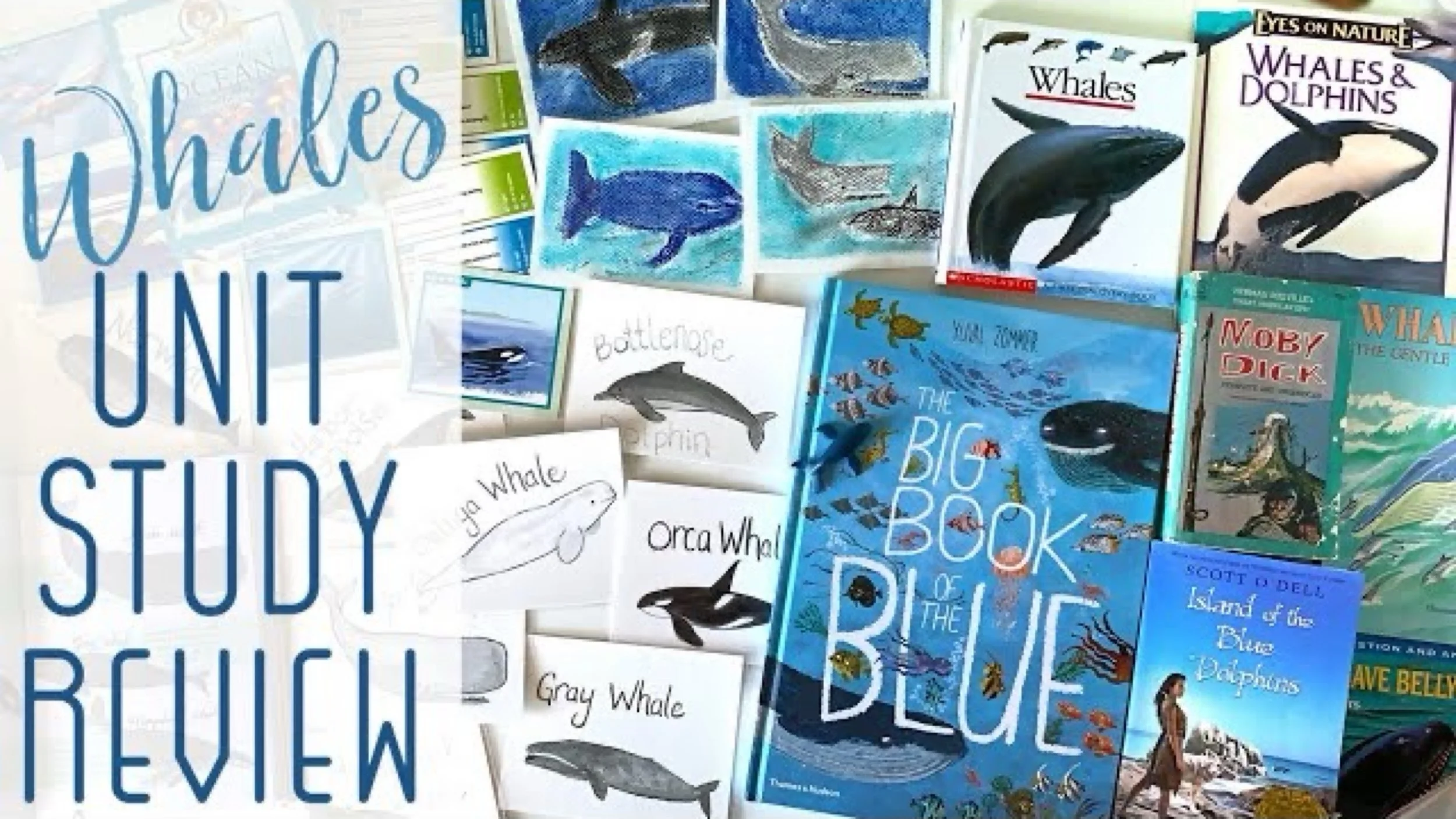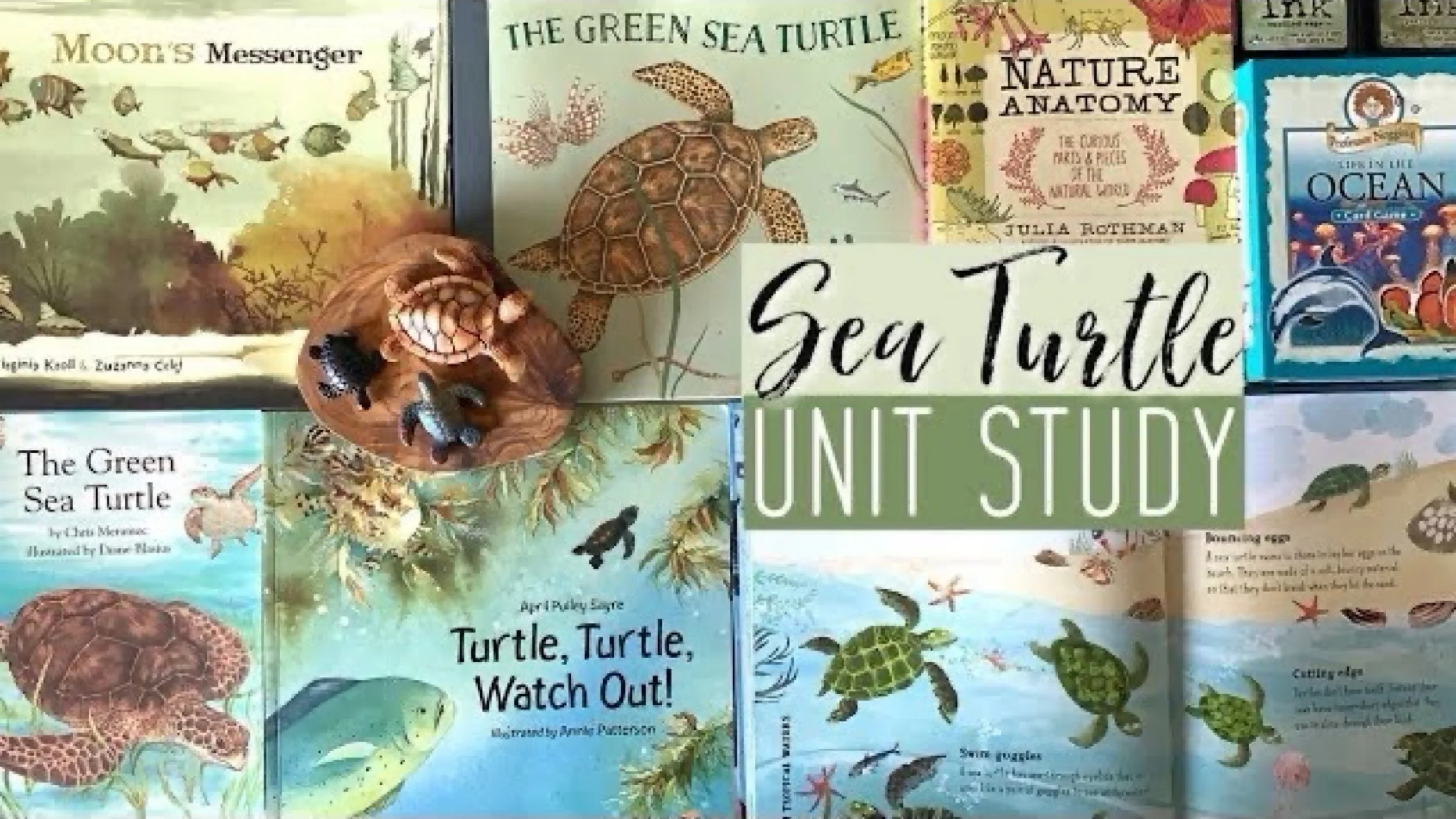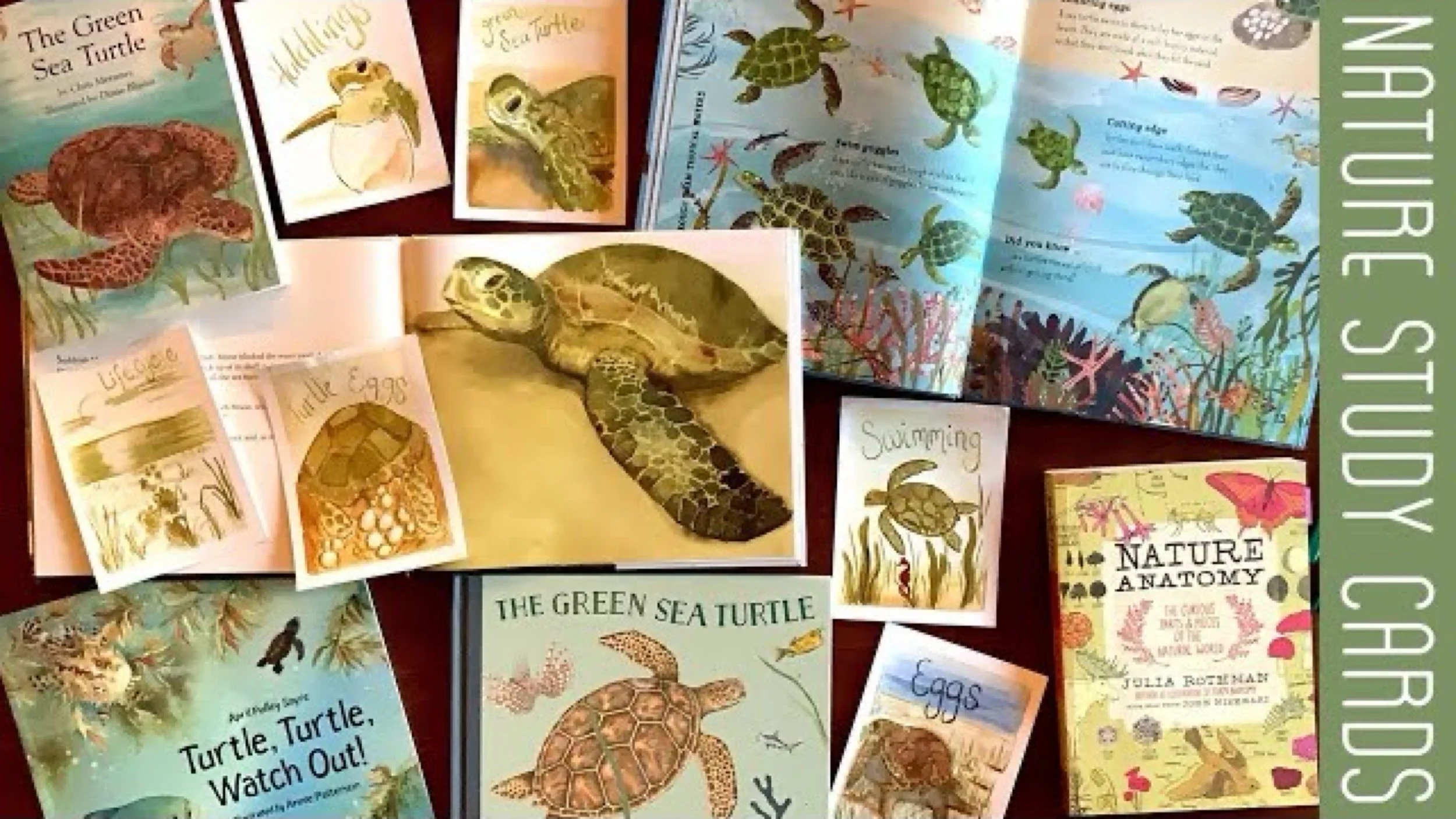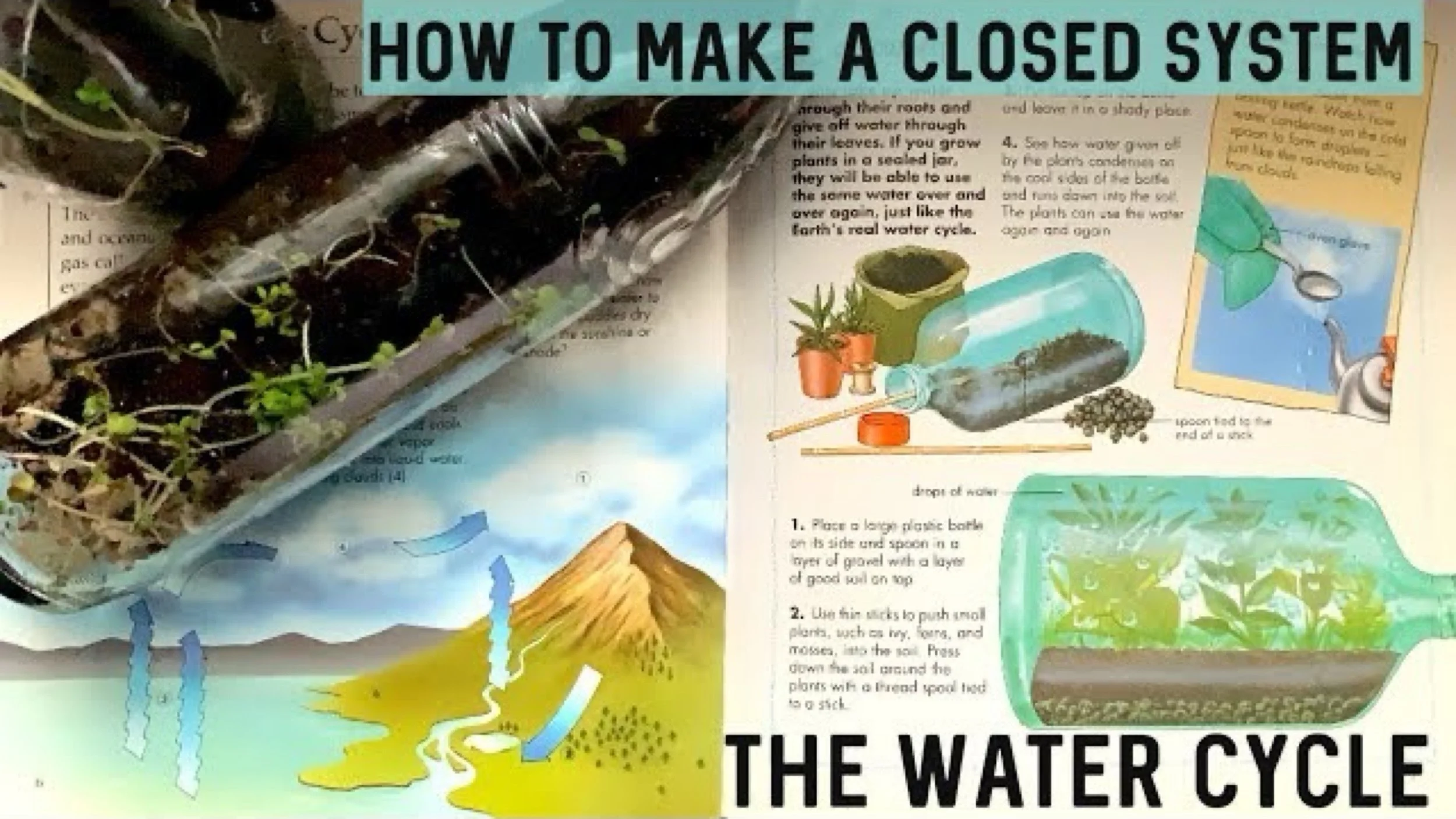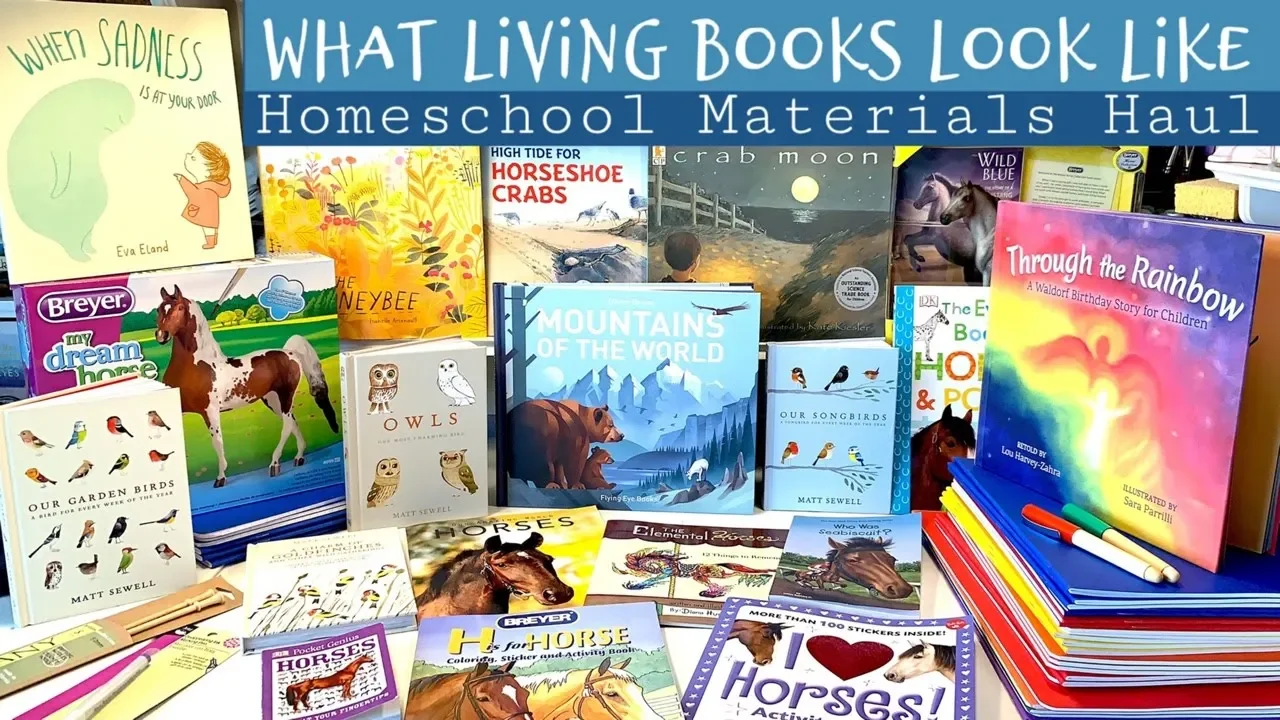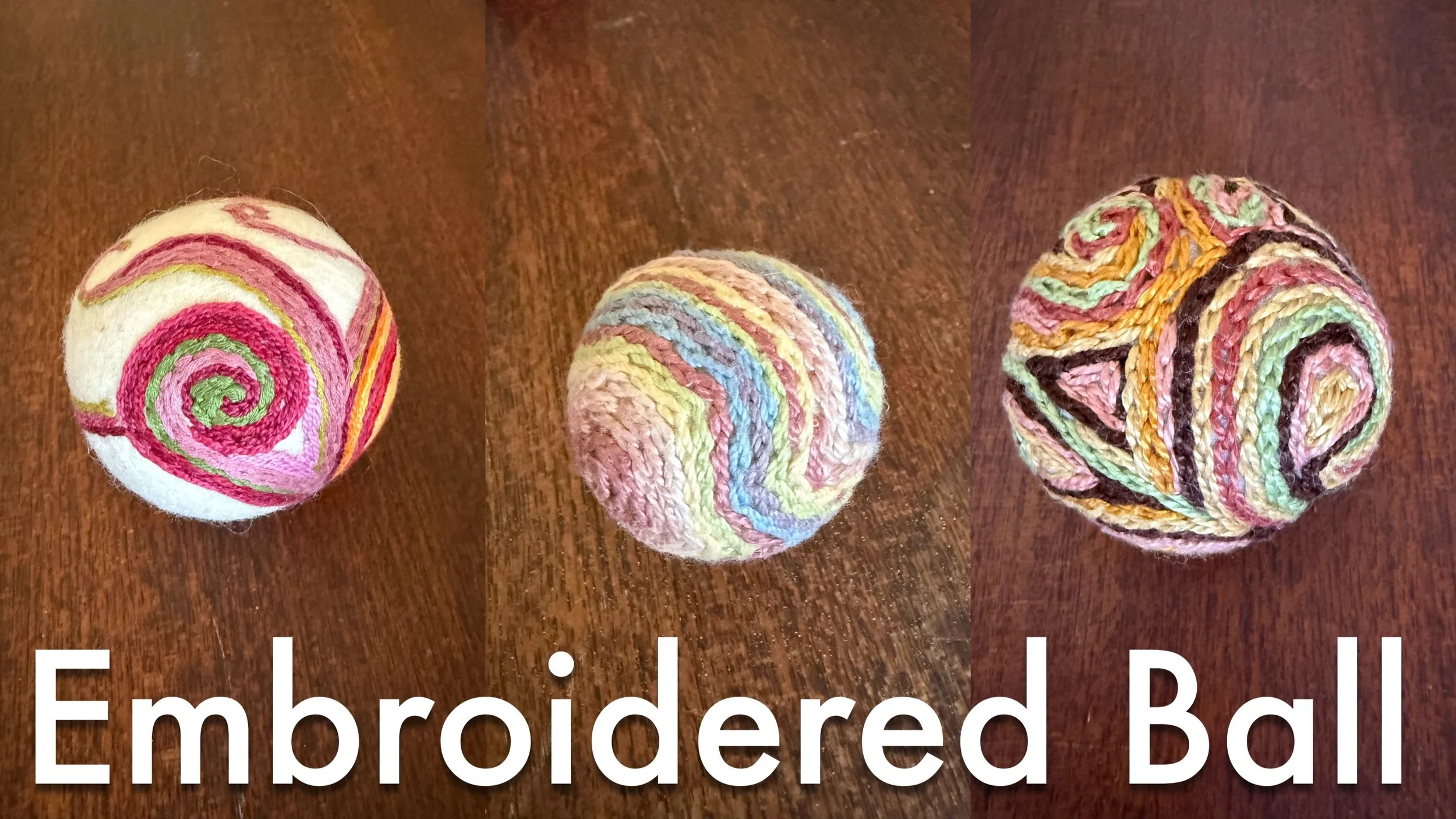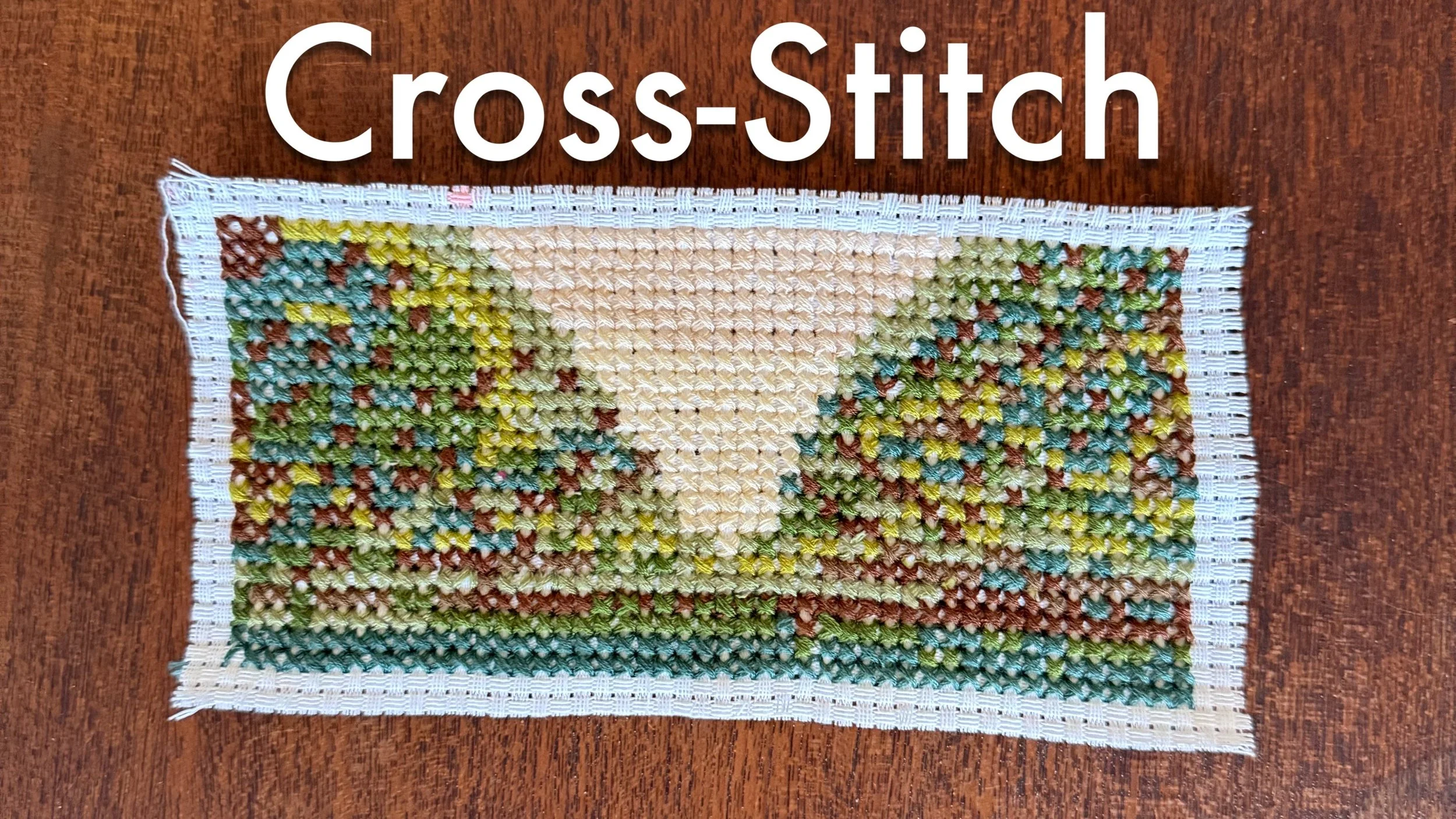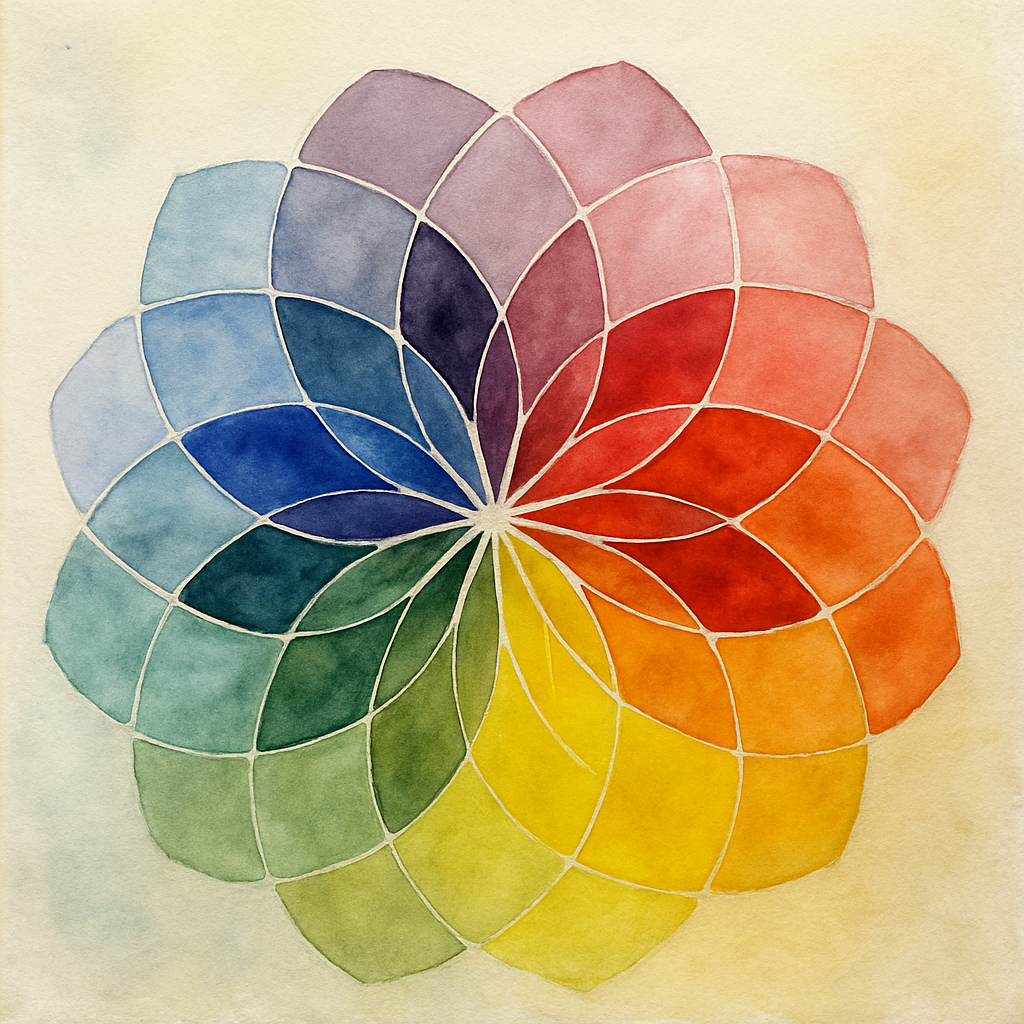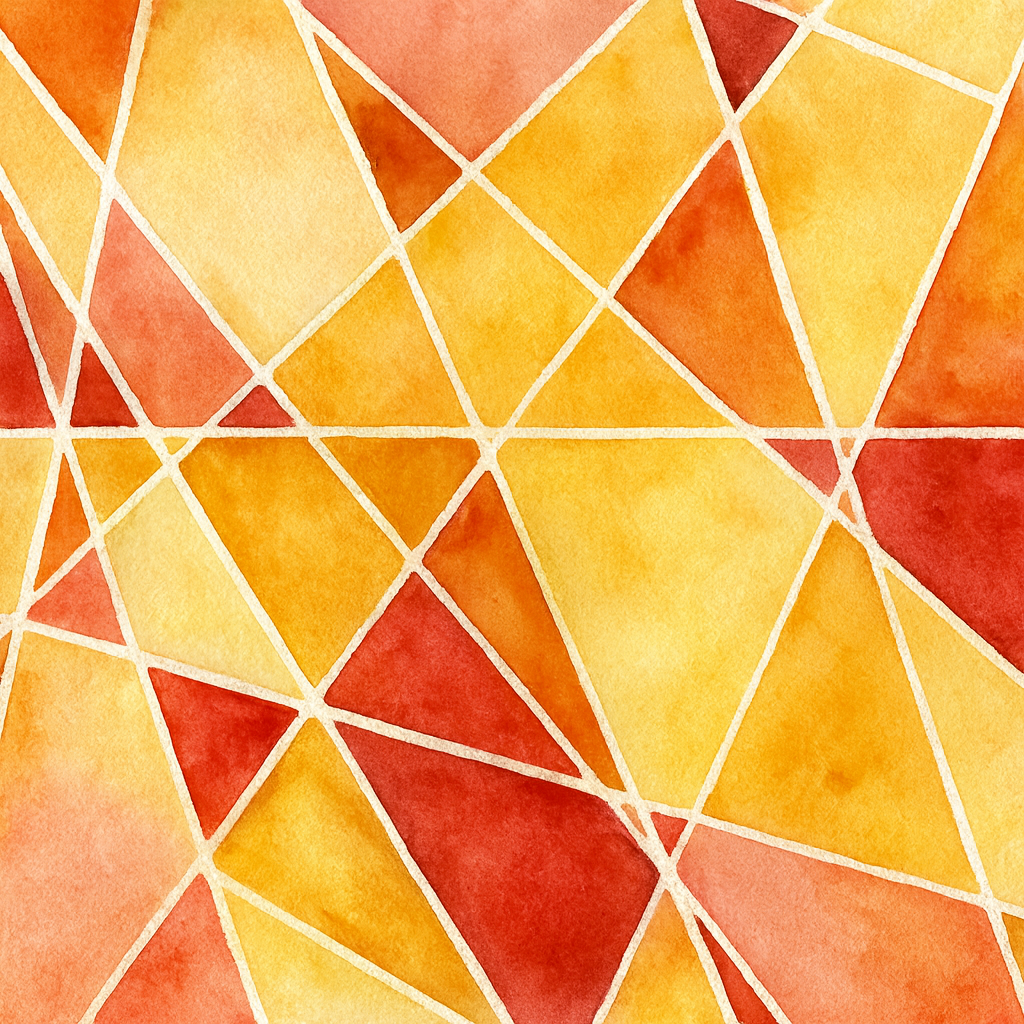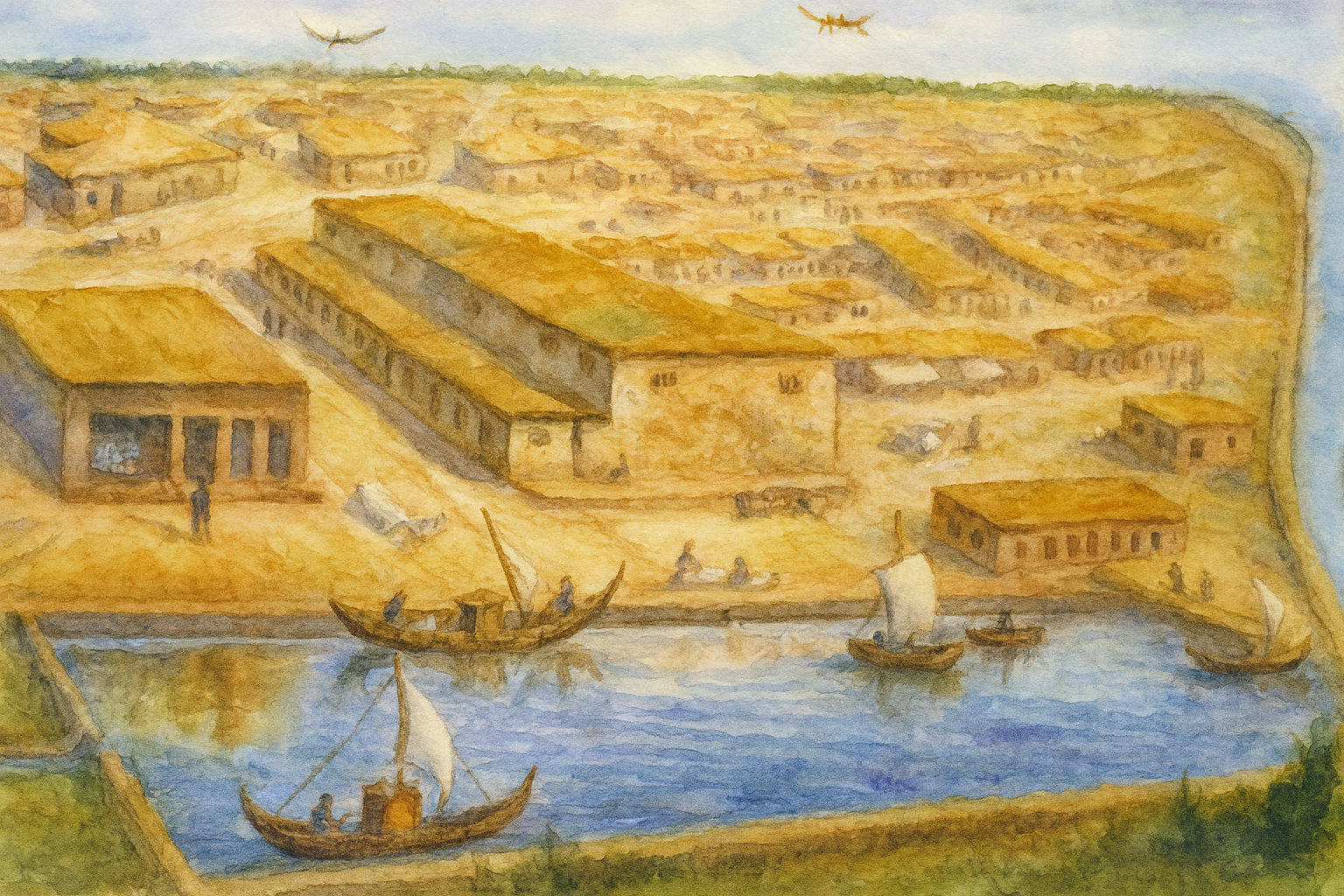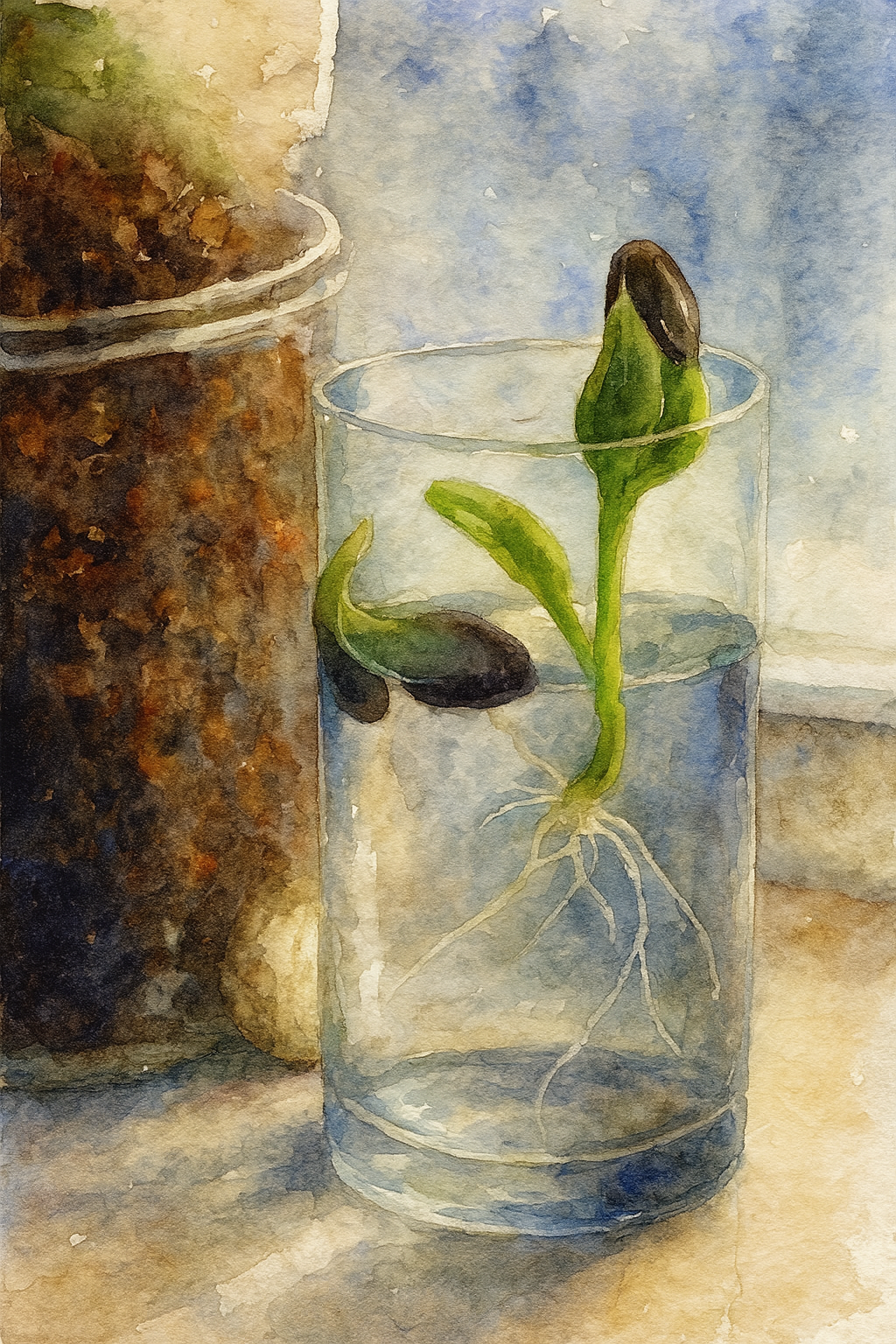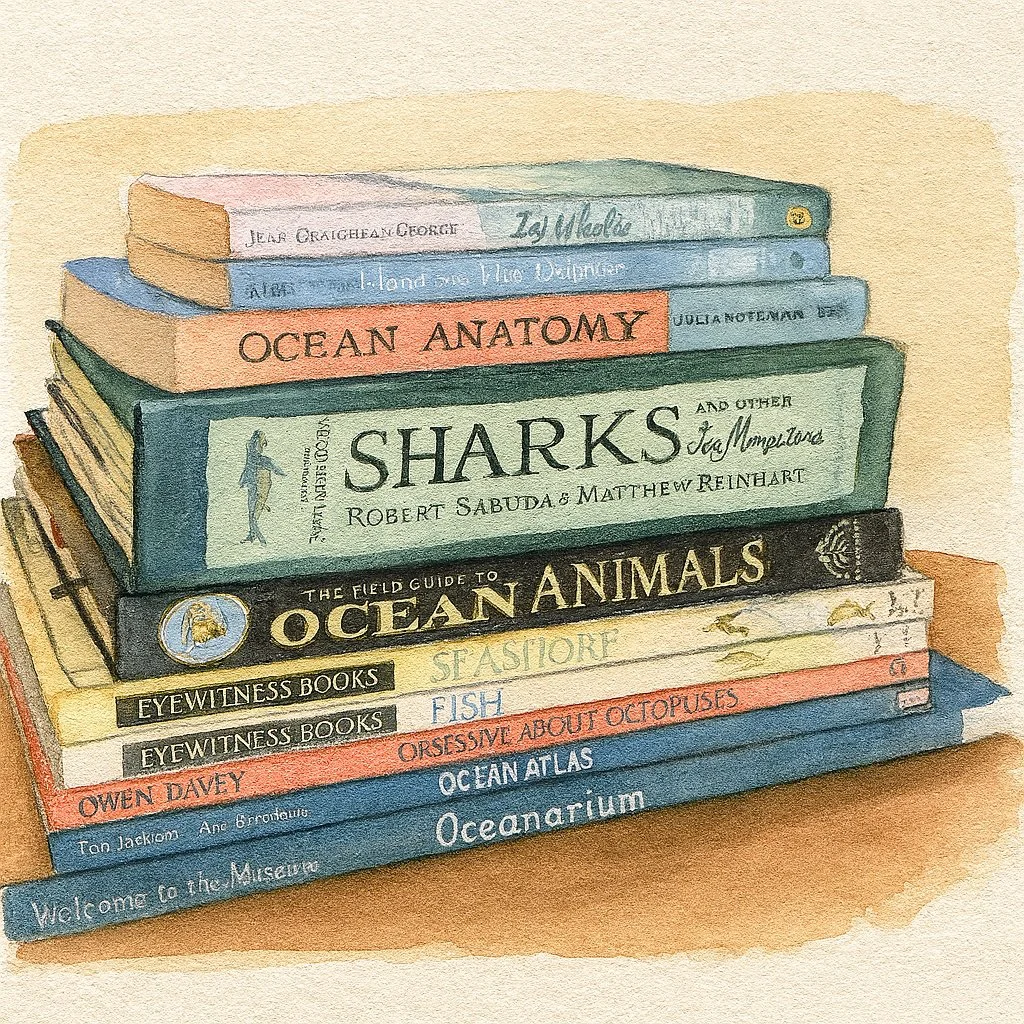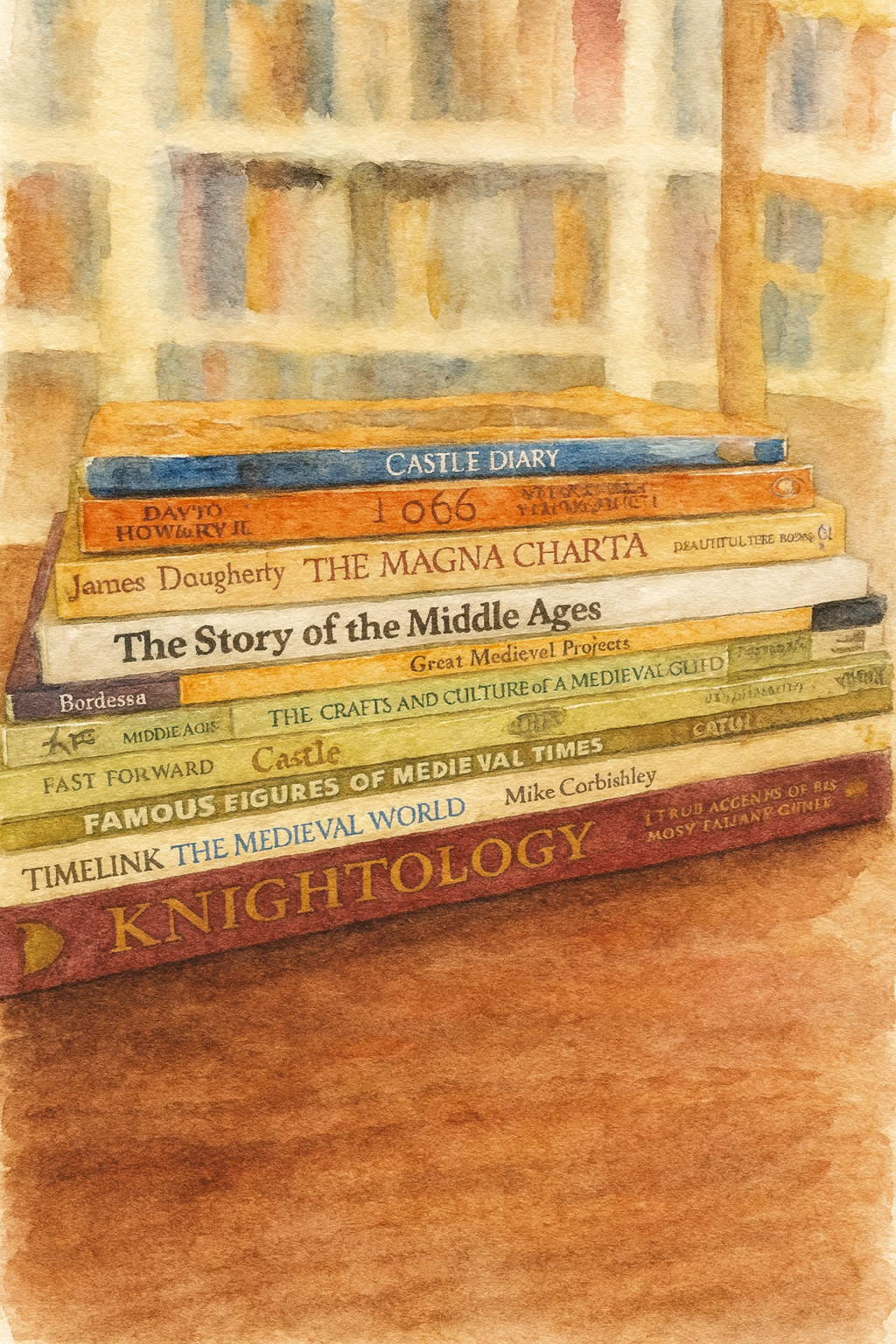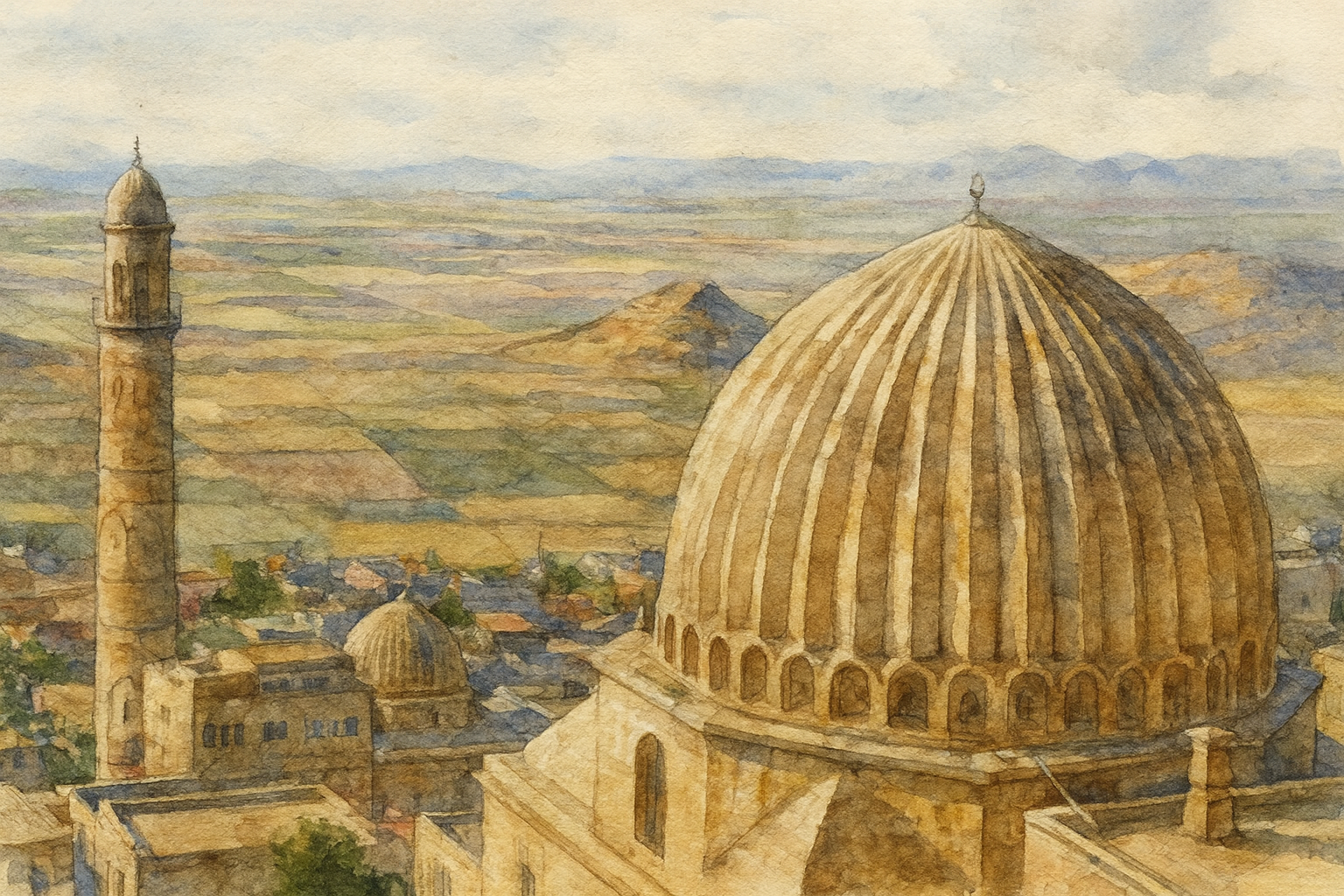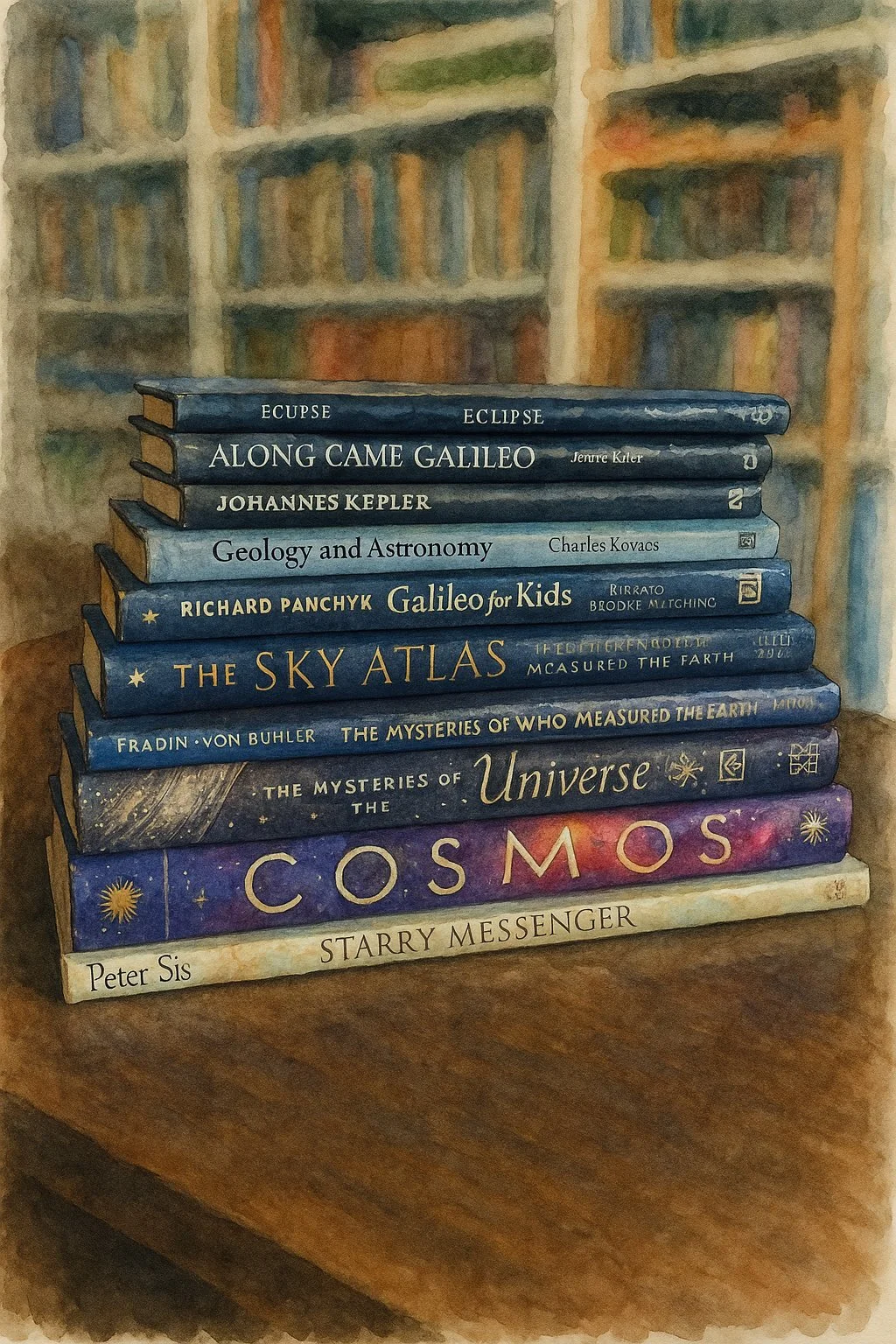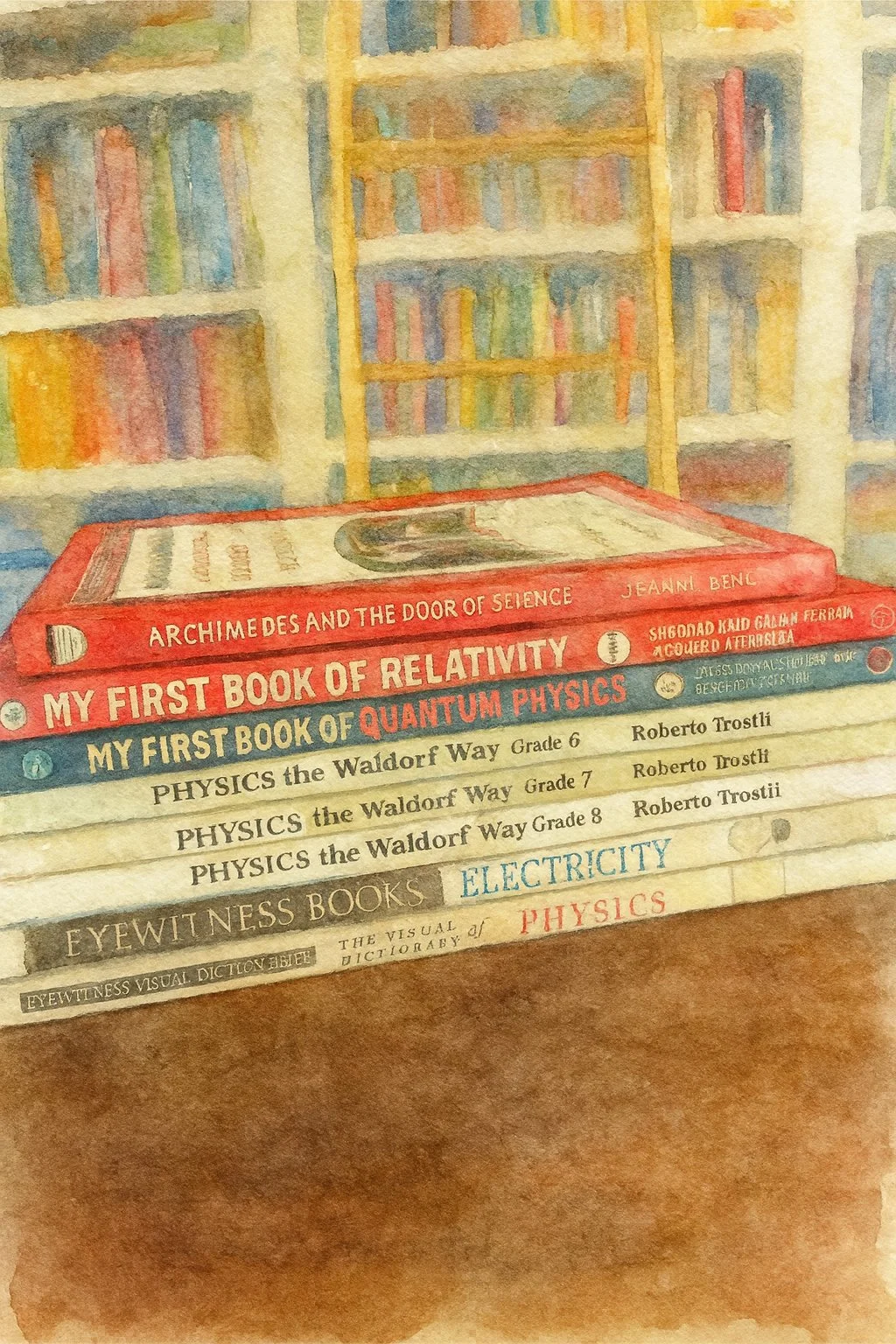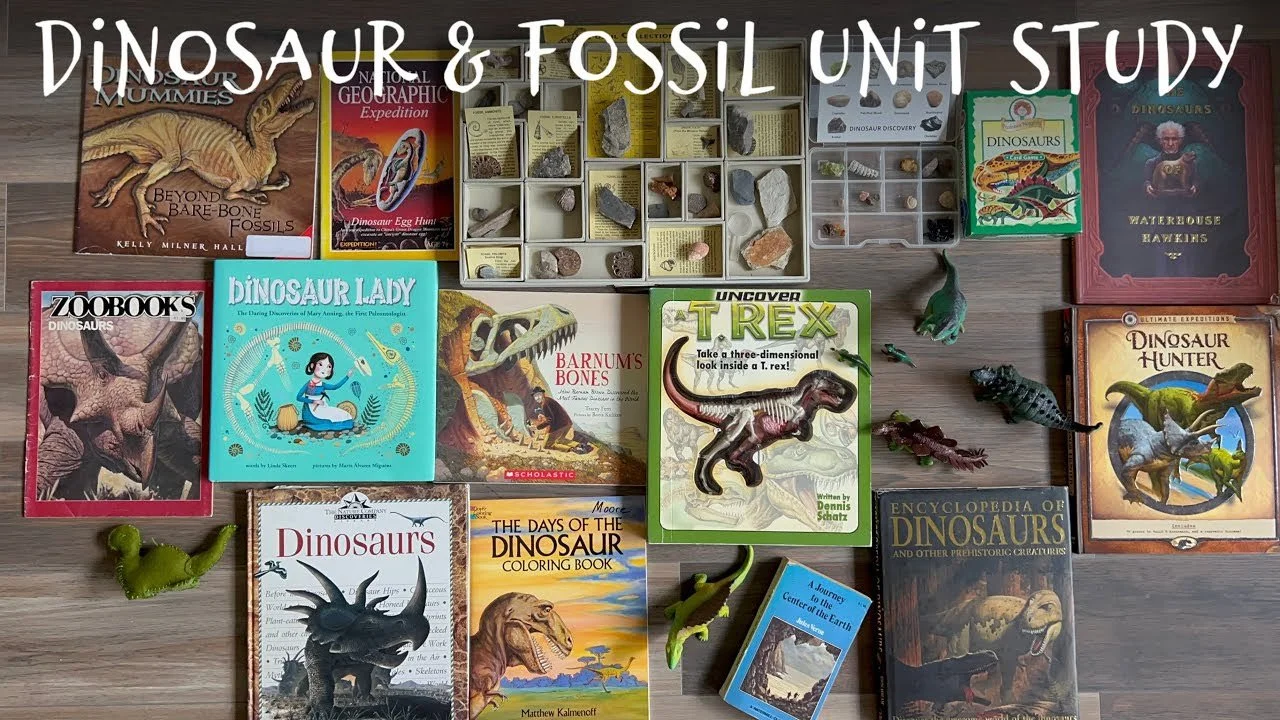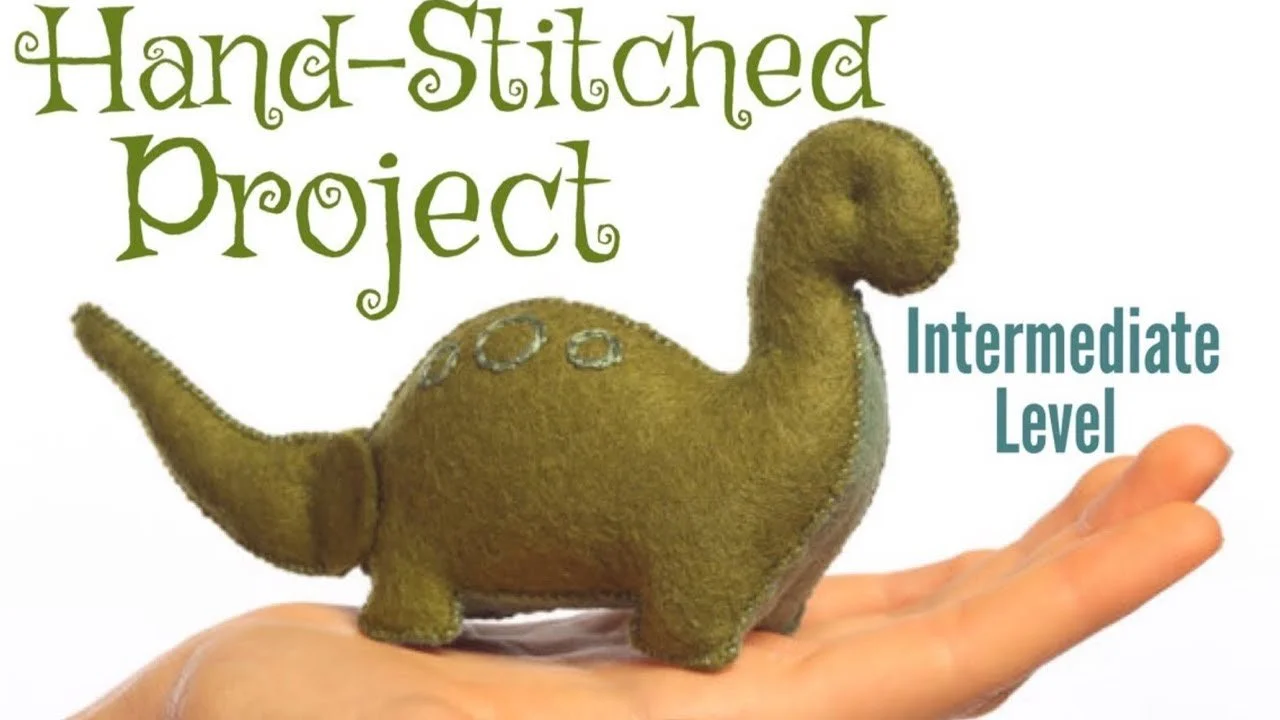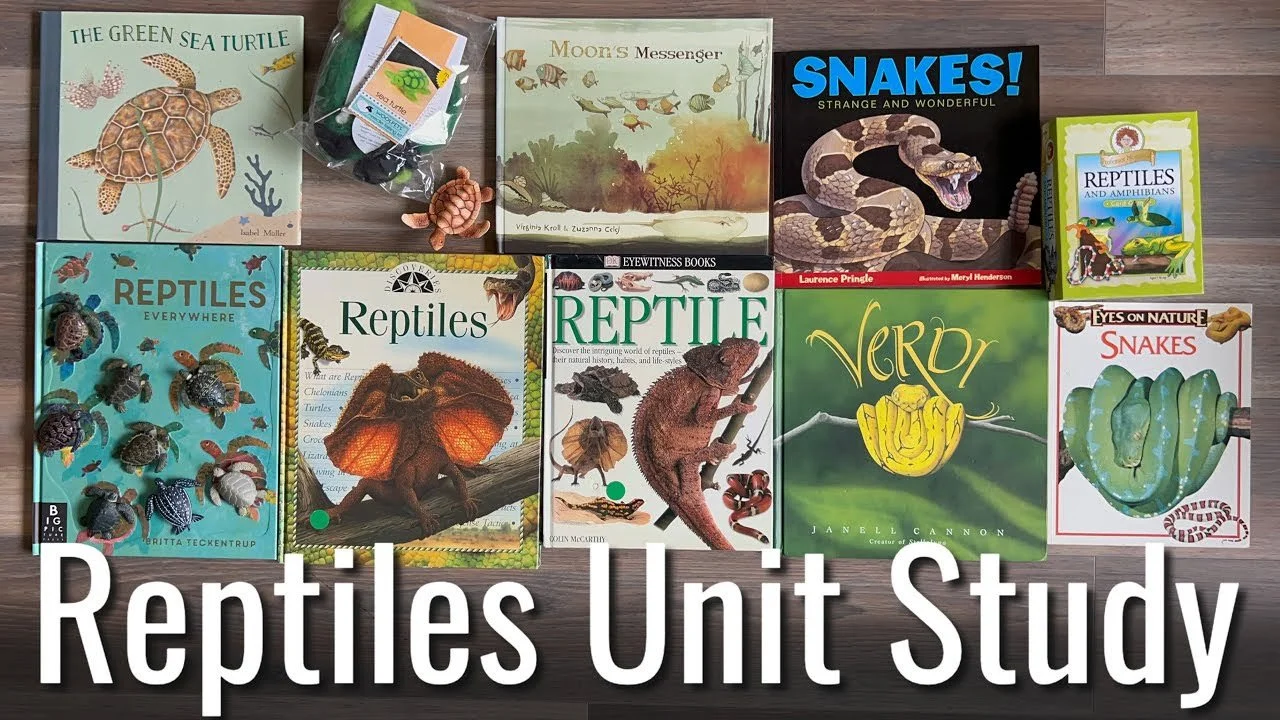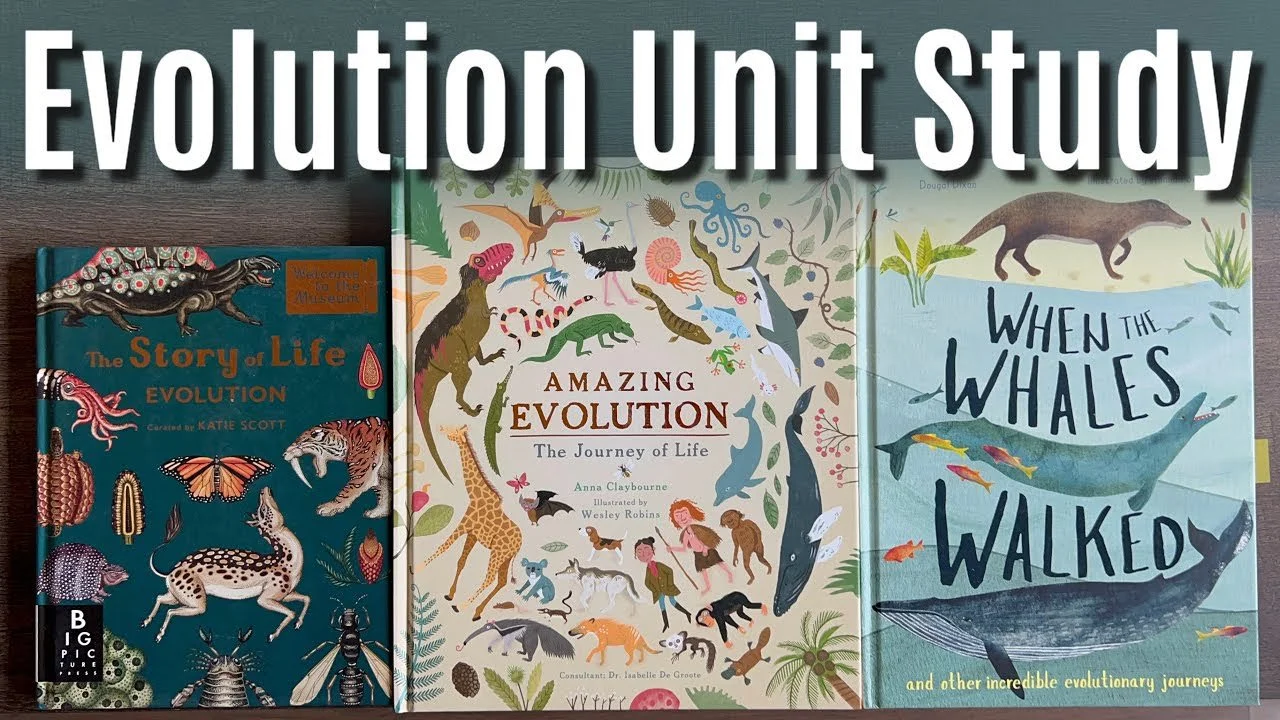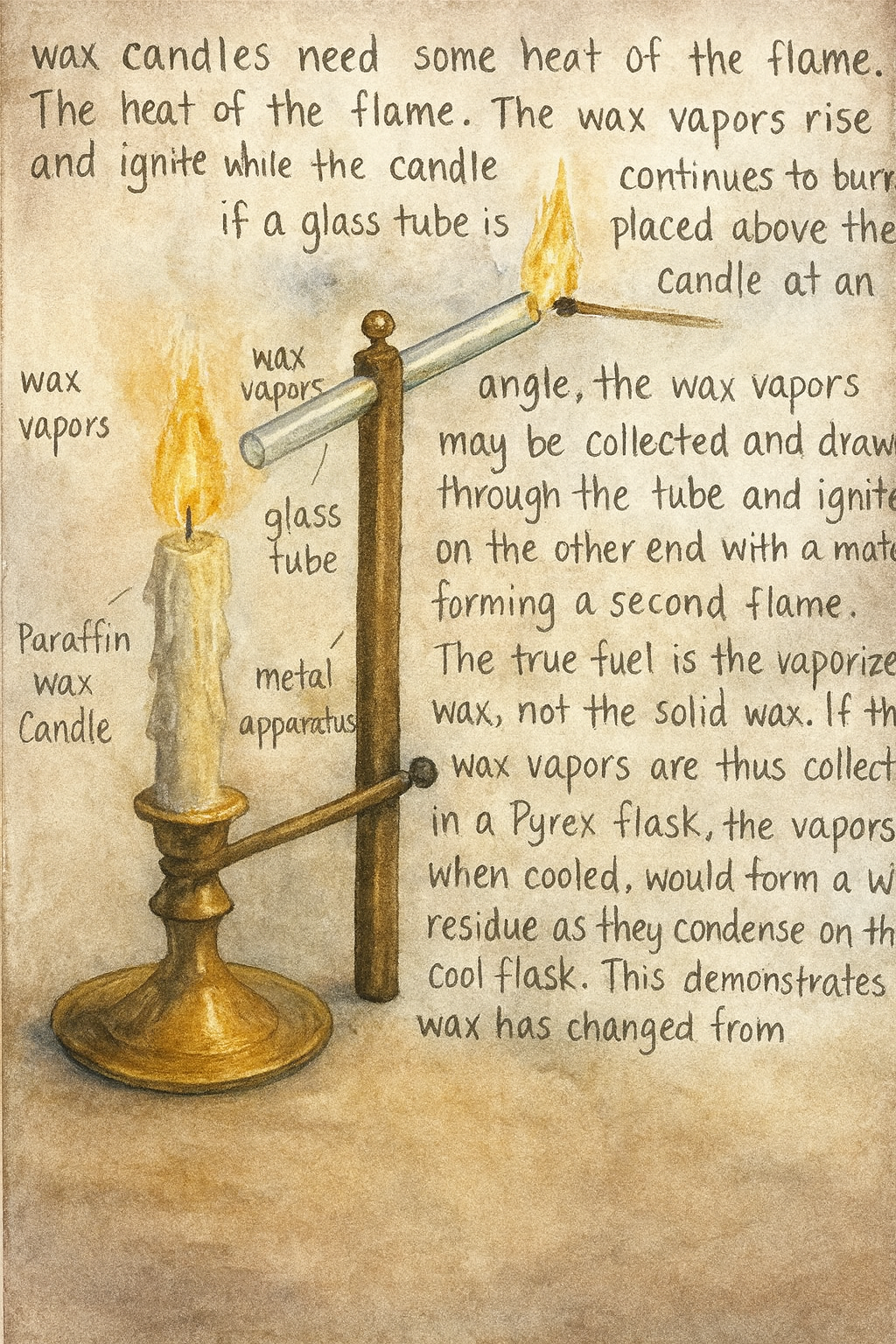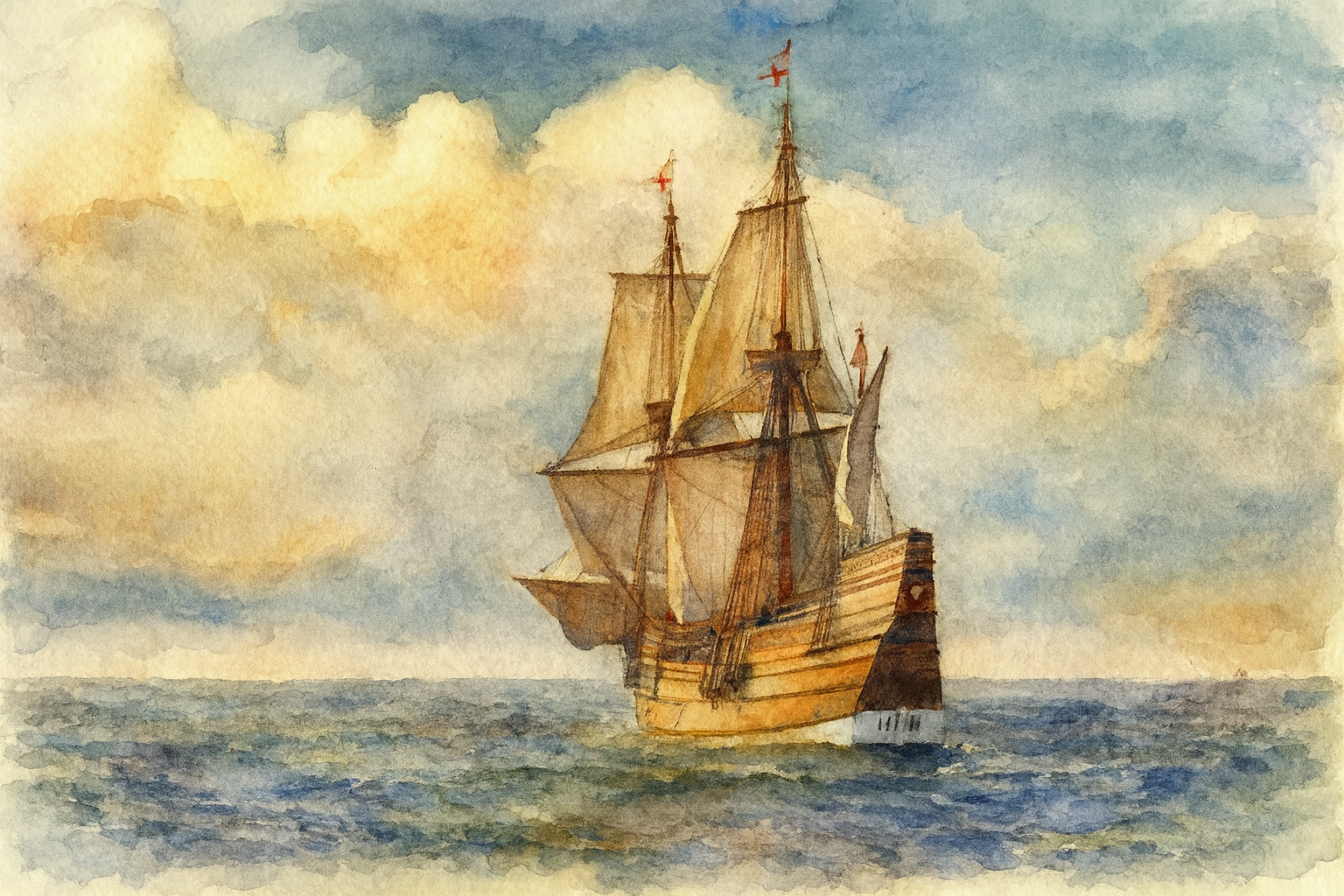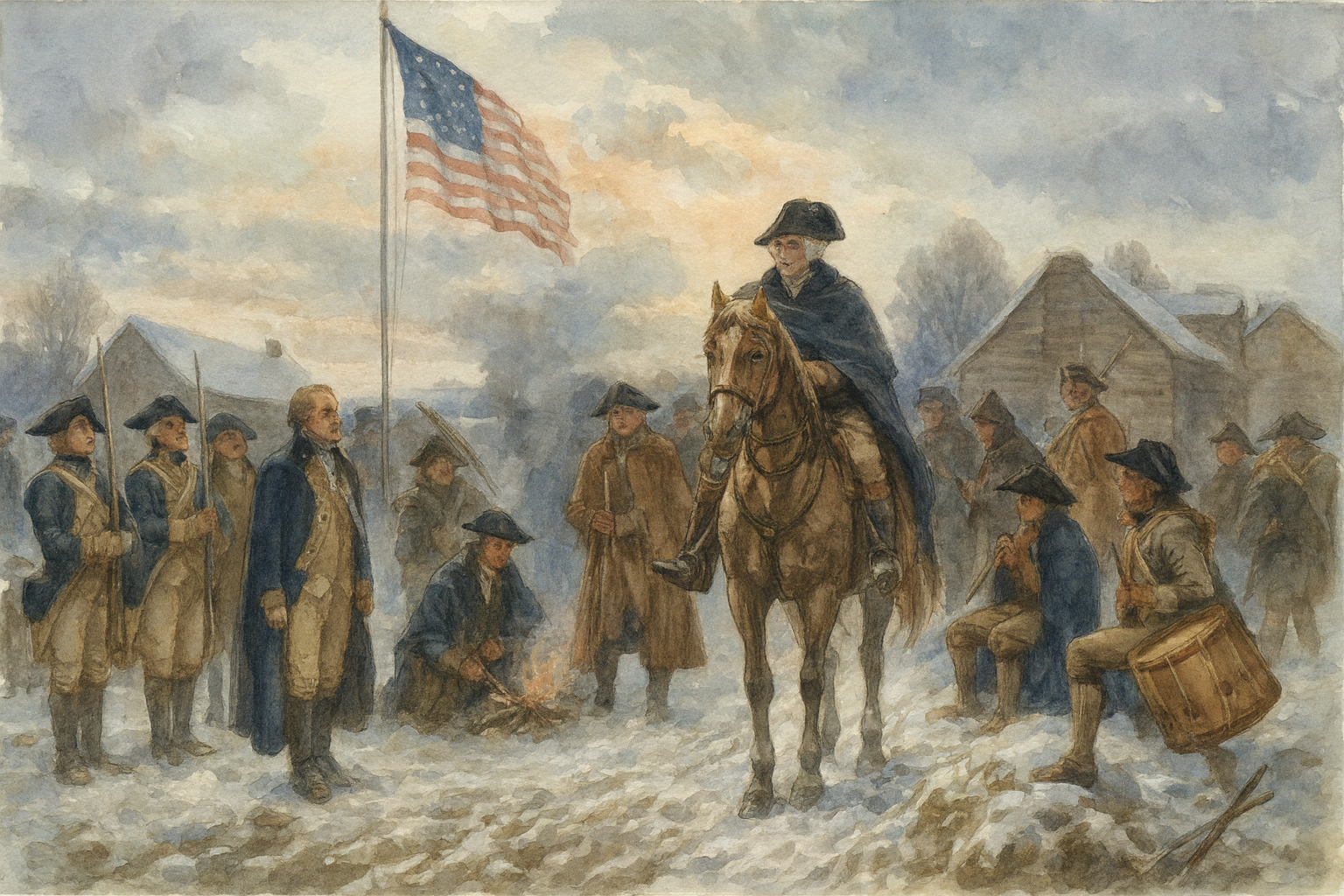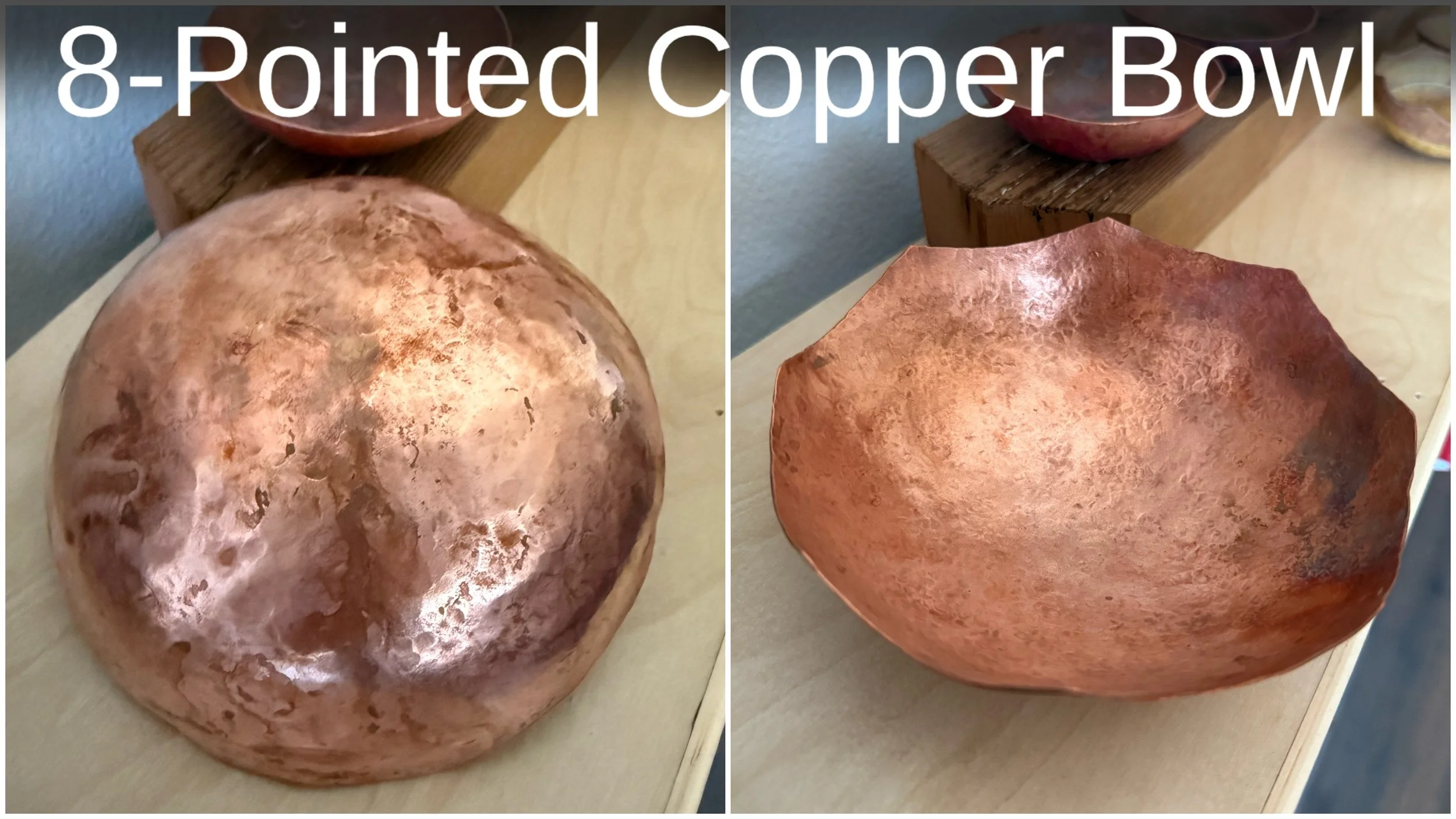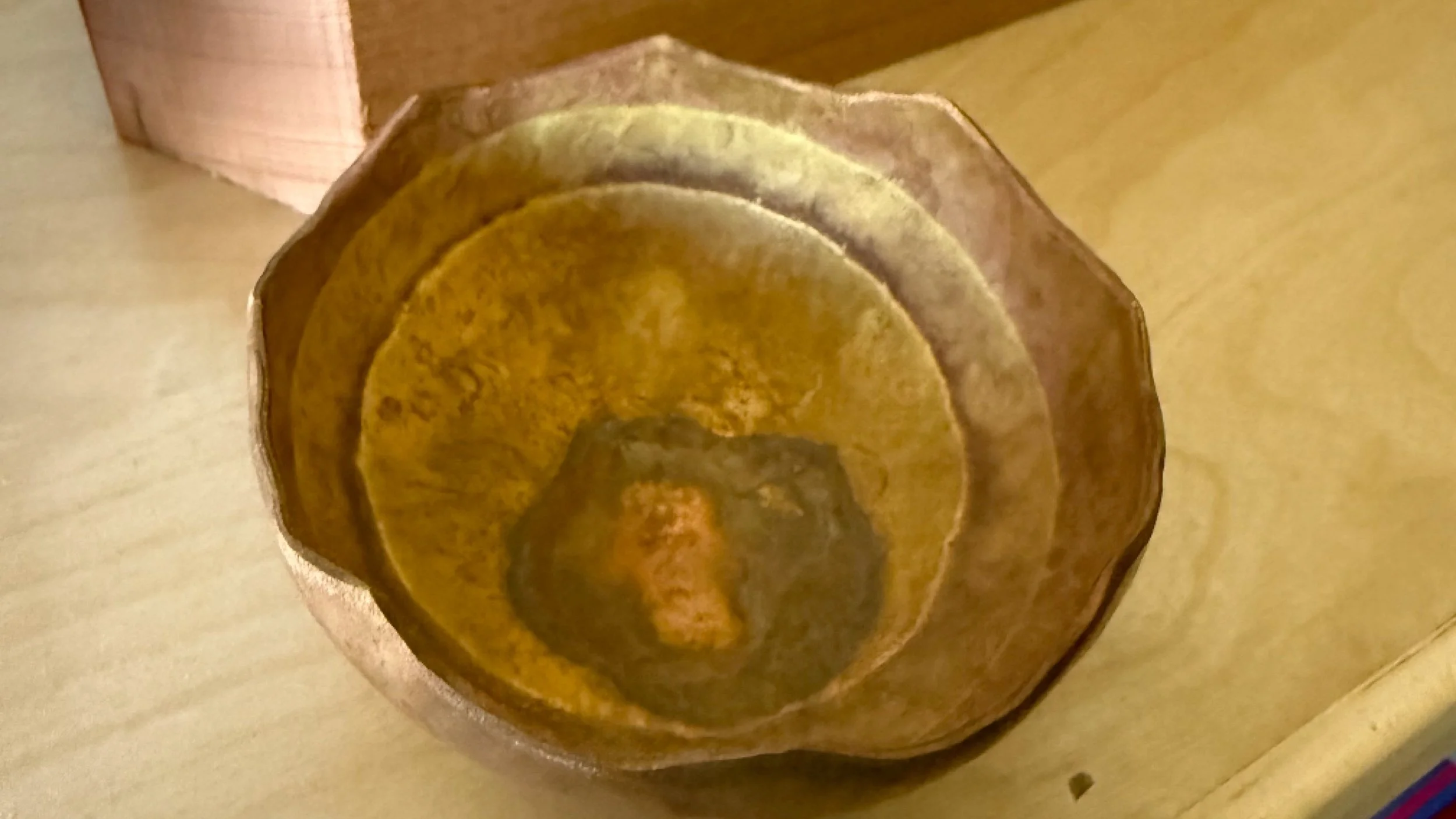
Waldorf
The Grades
The Grades
-
Kindergarten
Kindergarten is a warm inviting space of rhythm, routine, play, and learning by imitation. Children live in a world of wonder where there is no cognitive distinction between world of dream-like fantasy and reality. The space may be decorated with natural materials and filled with seasonal treasures. Daily routines create security and harmony, while storytelling, singing, and imaginative play nourish the child in line with their development. Simple handwork, baking, and outdoor play engage their senses and strengthen their will through the formation of habits through meaningful age-appropriate work. And remember: Child’s play is their work. Rather than formal academics, the focus in kindergarten is on cultivating reverence, supporting free-play, and creating a safe environment that feels nurturing and secure.
-
Grade 1
In Grade 1, the 7-year-old is still thriving in the world of imagination. Their full awakening from the dreamy world won’t be until the nine-year-change. The teacher/parent is the guiding authority figure, providing security and foundational teaching. Deep love permeates this relationship as children see their parents/teachers as trusted all-knowing figures. Lessons are brought artistically, through fairy tales, myths and nature stories, that carry living lessons and archetypal characters. Writing grows out of pictures and form drawing, and numbers are approached imaginatively through story and rhythm before leading to arithmetic. The child’s sense of beauty and reverence is nurtured, grounding their first steps into gentle academic work.
-
Grade 2
In Grade 2, the 8-year-old finds fascination in the world of polarity. Good and evil, right and wrong, and truth and falsehood are examined through the stories of the saints, fables and legends. Now that the basics in reading and math have been established in Grade 1, students will practice these skills on the road to mastery. Since all four math functions are introduced in Grade 1, students will deepen their understanding by learning how to borrow and carry as they move from mental math to written math. Imaginative stories and pictorial math representations remain the basis for teaching in the elementary years. Stories, poems, and artistic activities cultivate their imagination, while practical activities like gardening and handwork strengthen their growing sense of responsibility.
-
Grade 3
In Grade 3, the 9-year-old enters a developmental stage called the “nine-year change,” when they feel a new sense of separation and individuality. The nine-year change is a monumental developmental change, and the Waldorf curriculum meets this with practical, grounding studies: farming and gardening, building and shelters, and clothing and weaving projects. Old Testament stories echo the child’s inner experience of wandering in search of a place to call home and a need to feel secure in this new world, not the fantasy existence they’ve experienced so far. They are now learning to find their place on earth and discover who they are. They are meeting themselves for the first time with a burgeoning sense of introspection that will be further developed in adolescence. In math, measurement and practical applications are introduced, while grammar and composition develop in language for the first time.
-
Grade 4
In Grade 4, the 10-year-old has come to terms with their new reality, and now contends with the ‘fall from paradise’ feeling as they grapple with the challenges of being human on earth. They are now fully awake from the world of fantasy, and the curriculum meets the child and these sentiments with the study of Norse mythology which the children may relate to Thor’s descent to earth and the loss of his hammer and his power. These stories appeal to children in their phase of questioning authority. They may try out new bold behaviors and seek out opportunities to test their independence. The fourth grader is confident, curious and sometimes challenging of authority. Grade 4 includes local geography, fractions in math, and grammar in language arts. Zoology is introduced, beginning with the human being as a measure of wholeness and completeness with one main structural difference from the Animal Kingdom, showing the child their unique place in creation.
-
Grade 5
The Grade 5 student of 11 is in their “golden year.” Children are harmonious in body and mind, and their studies reflect this balance. In between the turmoil of the 9-year-change and that of adolescence lies this fleeting perfection that the Waldorf pedagogy recognizes and meets the students’ desire for harmony and perfection with Geometry, Botany and Ancient Greece. Grade 5 is a transition year. Prior to this, children received history in the form of stories, legends and fables. In Grade 6, they will receive history from recorded sources, yet in Grade 5, they receive a mix of the two in the form on the Ancient civilizations: India, Persia, Mesopotamia, Egypt, and Greece, which highlight myths, creation stories and a deep respect and understanding of the people and the beliefs of the past. In Botany, they are connected to the world plants, while geometry introduces them to exactness, form, perfection and beauty. In math, decimals and more advanced operations are studied. The culmination of Grade 5 is a pentathlon, where grace and skill are celebrated through Greek-inspired games.
-
Grade 6
The Grade 6 student of 12 years old is approaching puberty, a time when students become more critical and analytical. They are ready for the study of the Roman Empire, where laws, structure, and order mirror their inner need for clarity, fairness and justice. The Dark Ages follow the study of Rome and open the possibility of exploring the Golden Age elsewhere in the world bringing balance to the history block on Medieval Europe. Whereas Grade 5 was history heavy, Grade 6 is science heavy. The years of nature study, gardening and living stories forms the bedrock for the studies that follow. Mineralogy introduces the study of the earth’s solid structure through the archetypal rocks of granite, the fire rock, and limestone, the water rock. Physics is introduced in Grade 6 with the basic concepts of acoustics, optics and heat. Geometry advances into precision with compasses and protractors, while business math reflects practical needs of the student. This year cultivates objectivity, discipline and logical thinking.
-
Grade 7
In Grade 7, the 13-year-old will study the Age of Discovery at a time when they are experiencing their own personal exploration as they stretch their boundaries. They are eager for adventure and the central historical themes parallel the student’s own quest for discovery, exploration and independence. Renaissance biographies and portraits inspire creativity and strive for students’ to explore their own potential. Physics continues with the study of electricity and magnetism. Chemistry is introduced with studies of combustion and transformations, acids and bases and salt formation. Physiology and nutrition gives them insight into their growing bodies. Perspective drawing and black and white charcoal drawing meets the student’s new capacity for reflection and perspective, while essay writing: persuasive, compare/contrast and expository writing expand and build on their previous skills. This year fosters self-expression, potential and the courage to explore new horizons, figuratively and geographically.
-
Grade 8
By Grade 8, the students of 14 are on the cusp of adolescence and ready to meet the world with greater maturity. The curriculum brings revolutions: political, industrial, and cultural, introducing the forces that shaped the modern world. The new world, the French and American revolutions and the tremendous advancements in industry are the focus in history. And, for the first time, the sewing machine is introduced in Handwork to mirror the lessons in history. If the western movement was not explored in Grade 4 or 5, it may be covered in Grade 8. Physics expands with mechanics, chemistry with more systematic experiments, and anatomy with deeper study of the human body. In math, algebra is introduced while geometry continue to advance. Grade 8 math is a solidifying of all the mathematical concepts so students may enter high school prepared for higher math. Literature may include Shakespeare or modern works that reflect human struggles and triumphs. Creative writing and poetry are included. This year prepares the student to step into high school with confidence, independence, and a broad sense of history and humanity.
-
Grade 9
Grade 9 marks a significant shift in Waldorf education. Ninth graders enter high school full of questions, doubts, and a search for identity. They live strongly in polarities: light and dark, comedy and tragedy, idealism and rebellion. This mirrors the sentiments they experienced in Grade 2, only now that they are post puberty. The curriculum meets the student by exploring contrasts: comedy and tragedy in literature, revolutions in history, and the study of dramatic changes in science as seen in organic chemistry and geology. In math, geometry is deepened with more rigorous proofs, while algebraic equations, quadratic equations and binomial theorems are studied in algebra. Formal labs (not demonstrations) are offered in physics and chemistry and for the first time in the curriculum, the focus shifts from an imaginative and pictorial presentation to one that is analytical, abstract and critical. The ninth grader is new to the world of critical thinking, but they are apt to ‘leap first and think later’. The impulsive nature of the 15 year old is balanced with lessons in modern history and a reflection on the outcomes of the revolutions introduced in Grade 8: Political, social and industrial. Biographies of strong personalities: scientists, explorers, reformers, mirror their search for individuality and moral direction. They also continue with arts, crafts, and practical work, which balance the intellectual demands and connect students to tangible, purposeful, and meaningful creative endeavors.
-
Grade 10
By tenth grade, students are more grounded, with a growing capacity for clear thinking and a desire for balance. This is mirrored in the curriculum with a focus on order, form, and structure. In literature, epic poetry and historical novels like Beowulf and Gilgamesh bring breadth and continuity as it reflects the lessons from Grade 4 and 5. History in grade 10 mirrors the history blocks of Grade 5 with a deeper, more thoughtful exploration of the ancient civilizations of Persia, India, and Egypt and up to the decline of the Grecian states under the rule of Alexander the Great. In science, chemistry introduces the properties of metals, the study of mechanics is deepened in physics and embryology is studied in physiology. Earth science focuses on oceanography and ecology. Algebra II introduces logarithms and plane trigonometry . Geometry continues with Euclidean coordinate geometry and projective geometry. Complementary colors and still life art awaken the artistic spirit of the tenth grader. The practical arts expand with metal working, weaving, dying testiles and basketry among other arts. Outdoor trips and practical experiences, like surveying or farming, give students opportunities to apply what they learn in meaningful ways.
-
Grade 11
Eleventh grade is often described as a year of profound questioning. Students face the “dark night of the soul” as they wrestle with existential questions in their search for truth. In literature, great works such as Faust, Hamlet, and Parzival meet the student and reflect their search for meaning. History in Grade 11 mirrors that of Grade 6 with the Age of Enlightenment and the Industrial revolution as Roman, medieval and renaissance history are explored through the post puberty lense of the 17 year old. Physics introduces electricity and magnetism, while chemistry takes up atomic theory. In math, trigonometry and pre-calculus meet the student’s growing capacity for abstract thought. Botany is revisited with a deeper exploration of cell biology and the study of monocots and dicots. In the arts, students copy the masters while in the practical arts, students take on more advanced projects in batik, weaving, sewing, spinning in the soft crafts, and blacksmithing, copper work and basketry in the hard crafts.
-
Grade 12
Twelfth grade marks the culmination of the Waldorf journey. Students are preparing to step into the adult world, and the curriculum reflects this by offering subjects that show wholeness, synthesis, and destiny. Modern history is looked at from the present perspective with a study of the ideologies that shaped the 20th century: fascism, communism and capitalism. The threefold social order is explored in society: political, cultural and economic just as the person has a threefold nature of thinking, willing and feeling. Literature includes poetry that speak to the human’s striving for freedom, inner light and higher truths in transcendental works of Emerson, Hawthorne and Whitman. In science, modern physics focuses on relativity, quantum theory, and genetics, as well as advanced chemistry. Math moves into calculus, allowing students to grasp processes of change at the highest level. The twelfth-grade year is crowned with major projects. Each student undertakes an independent senior project, a year-long study or creative endeavor that demonstrates mastery, initiative, and individuality. At the end of the year, they present their work. This project reflects their readiness to contribute to the world, their ability to prepare, plan and execute a project and their aptitude for meaningful work. Theater, performances and exhibitions are a staple of Waldorf education throughout the years, but in their final year, these students stand before their community as young adults.

Kindergarten
Kindergarten
Gardening
Seasons
Calendar & Seasonal
Autumn Crafts & Activities
Winter Crafts & Activities
Spring Crafts & Activities

Grade 1
Grade 1
-

1st Grade Waldorf Curriculum
First grade in a Waldorf school begins at seven years of age, after the change of teeth has begun. Other notable differences about a the first grade curriculum is the story aspect of each lesson, even when you present the child with her first recorder, you present it along with a story. Stories are an important part of the Waldorf curriculum.
-

New To Waldorf | Teacher Grade 1
I can’t think of more gorgeous school supplies than Waldorf supplies. But these aren’t for me. I teamed up with @achildsdreamcrafts to arrange a special gift for a new Waldorf teacher who just started work at a Waldorf charter school that is only in its second year and still has a lot of growing pains ahead.
-

1st Grade Homeschool Supplies | Grade 1
First grade supplies for a Waldorf curriculum are so beautiful and inspiring. Typical materials you'll find are watercolors, watercolor paper, block and stick crayons, a recorder, beeswax, yarn and wool.
-

Waldorf Math | Living Books | Grade 1-3
Do you want to make math meaningful, educational and enjoyable? It may seem like an impossible task, but it can be achieved! I've collected a number of living books and games to enhance our math main lesson block. These materials are suitable for students grades 1-3 but can be enjoyed by older students as well.
-
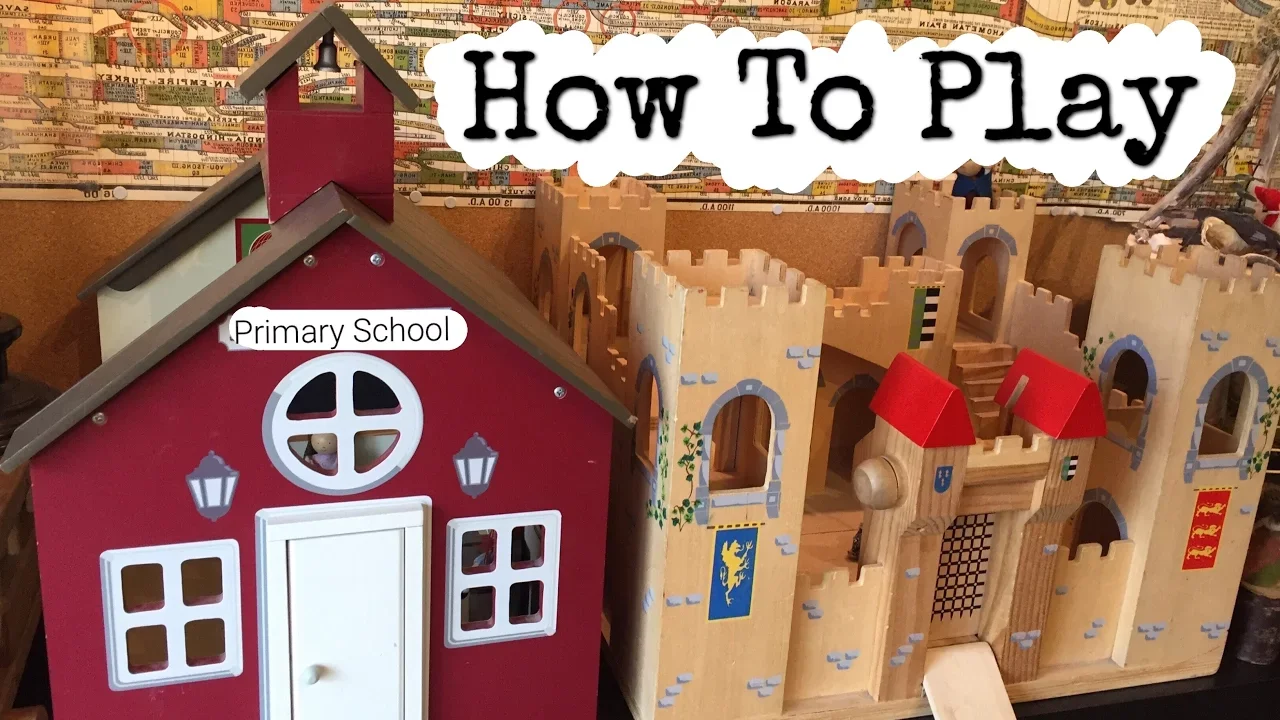
Transition Activities for Children from Play to Homeschool
Let them play. They won't want to when they are older, so you might as well foster it while they are young. But what kind of play am I talking about? I have specific ideas on that, and I'll share them with you because there is a lot of 'play' I don't support. First, this play is completely media-free. No ipad, video games, movies or even audio-books. In the absence of media, what will you surround your children with to play?
-
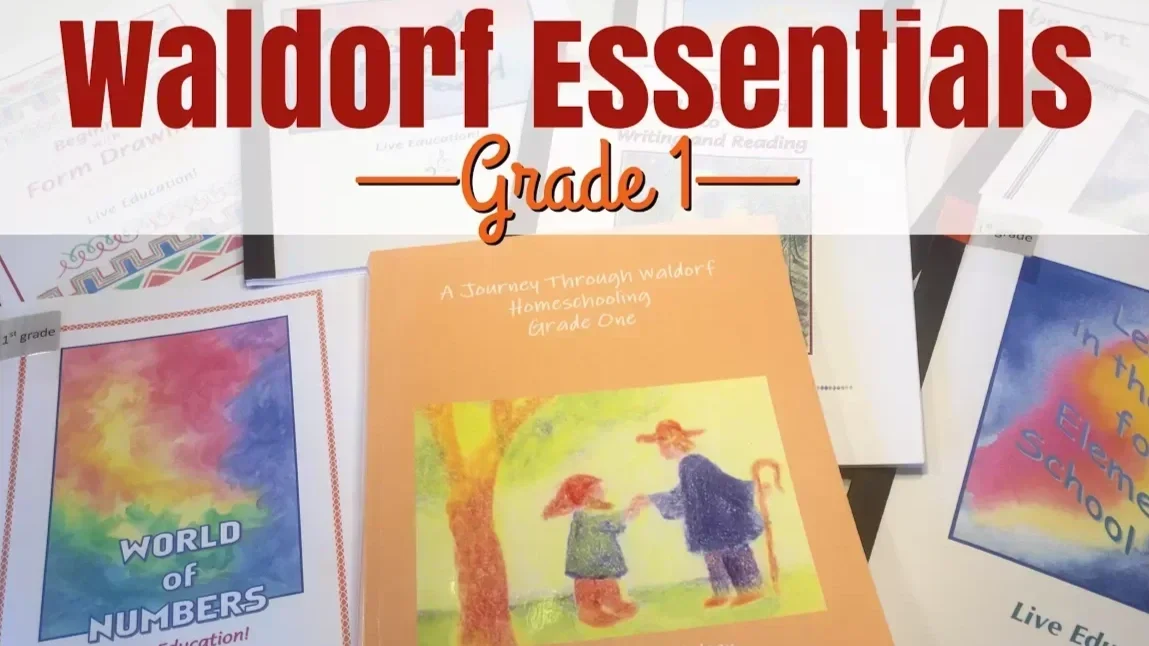
Grade 1 Waldorf Essentials Curriculum Review + Comparison with Live Education
It's probably the biggest homeschooling decision you're going to make: Choosing a curriculum. When you've finally narrowed down you want to do a Waldorf approach, next you have to sort through the Waldorf curricula that are available. Today I'm walking you through the Waldorf Essentials curriculum for first grade with a comparison to the Live-Education curriculum also for grade one.
Form Drawing Lessons
Watercolor Lessons
Nature Study | Resources
-

Charlotte Mason Living Books
Everytime I think I'm done buying books, I find more I think I like. In some cases, I see other homeschoolers using these gems in their homeschool and decide we want to add them to our library. Other times, Amazon recommends books based on our purchases and what other customers bought.
-
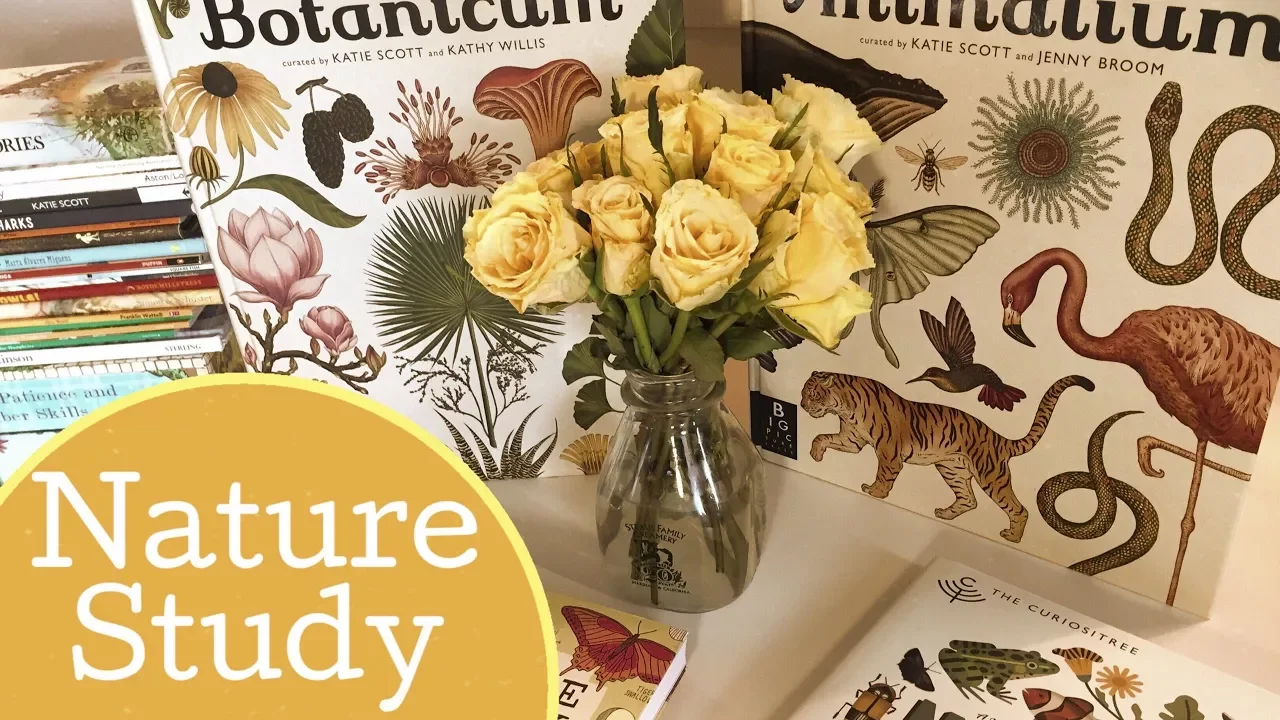
Nature Study | Botany & Zoology
Each Spring when we do our nature unit studies, we collect an assortment of nature science books in botany and zoology, coordinate projects and hands-on activities, and round it out with some picture books and games. Each year it’s similar but different as we add new books and projects.
-

Life Cycle of a Frog | Chalk Drawing
I created a new chalk drawing for our main lesson board, and this time I focused on the lower right side where I illustrated the life cycle of a frog. For this project, I used my Sargent Art chalk pastels, which I love because they produce vibrant, rich colors. Over the years, we’ve worn our pastels down so much that some are just tiny nubs, so I recently added a few new ones to my collection.
Nature Study Lessons
Nature Study | Projects & Activities
Handwork Projects| Grade 1
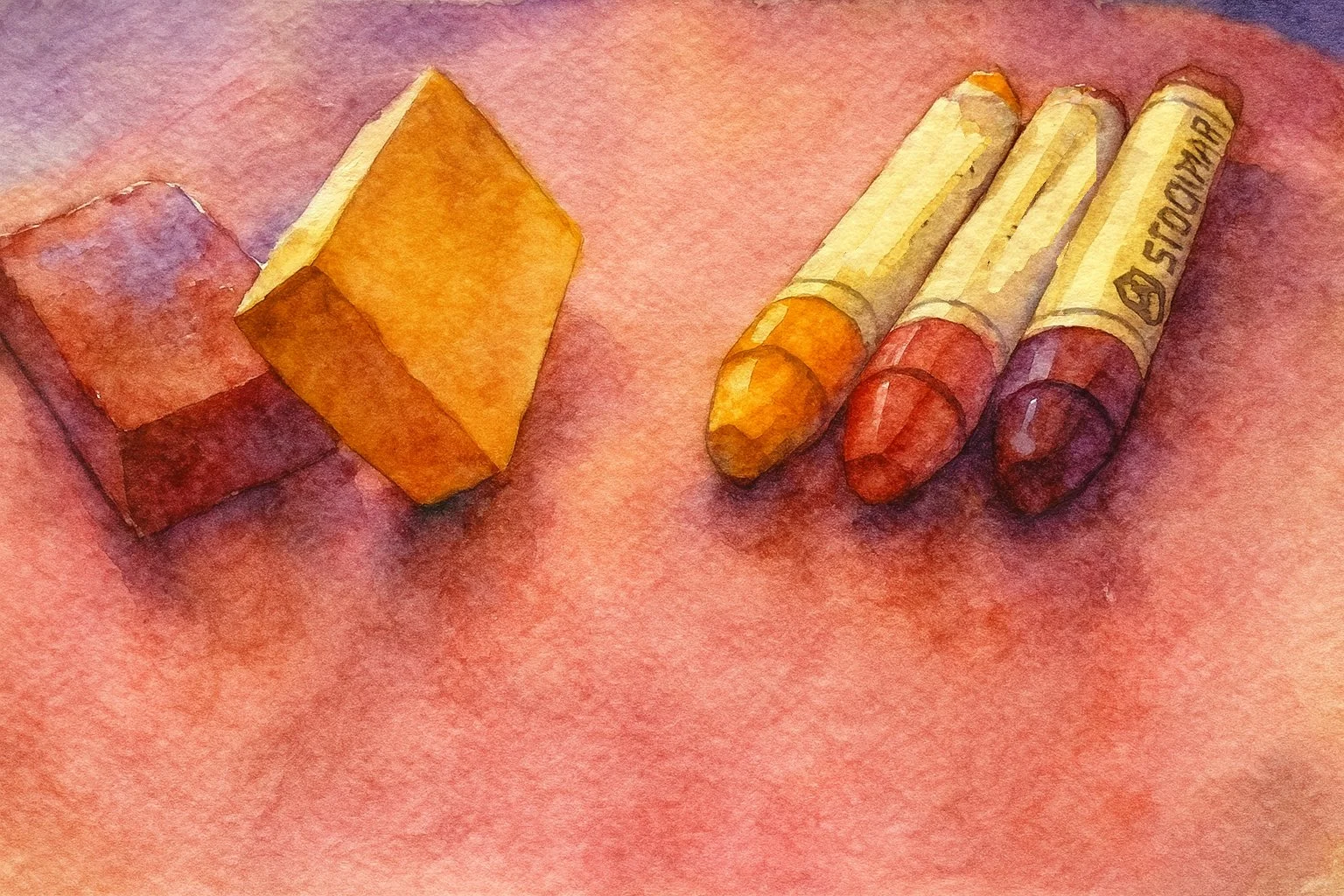
Grade 2
Grade 2
Owl Unit Study
Butterfly & Caterpillar Unit Study
Handwork Projects | Grade 2
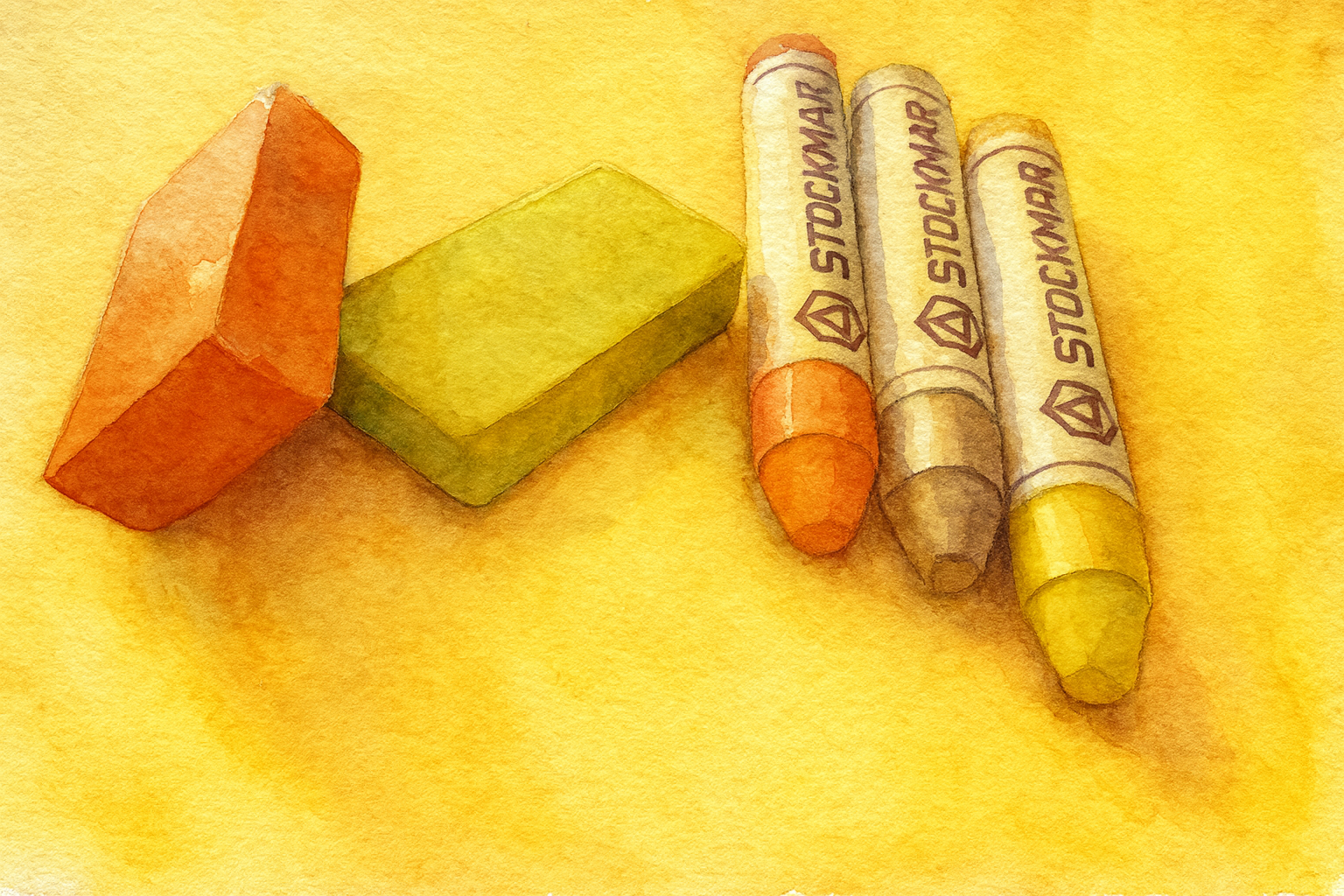
Grade 3
Grade 3
-
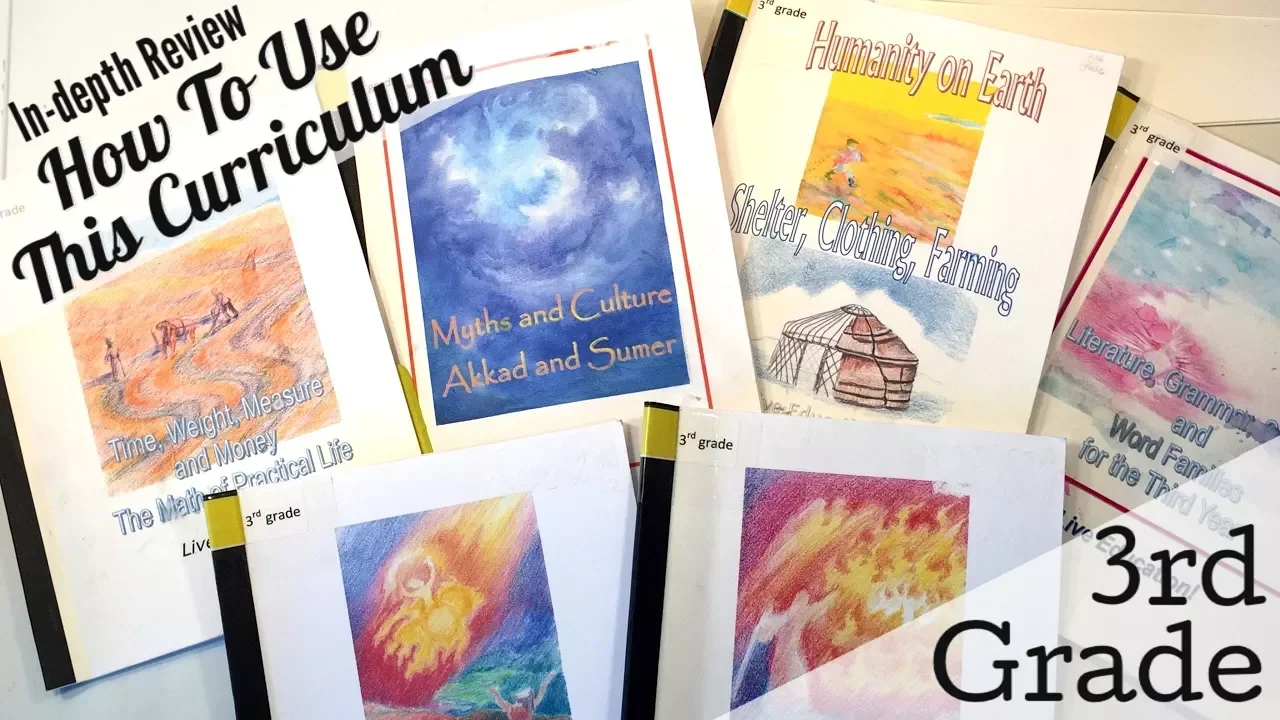
3rd Grade Waldorf Homeschool Curriculum
When I first saw the third grade Waldorf curriculum, I wasn't interested in using it because there was so much content I didn't intend to use. A few years later, I realized the wisdom behind why these particular main lesson blocks are chosen for the 9-year-old student. I'll share those reflections in the video as well as give you an in-depth review of the Live Education! curriculum with tips of how to use it.
-
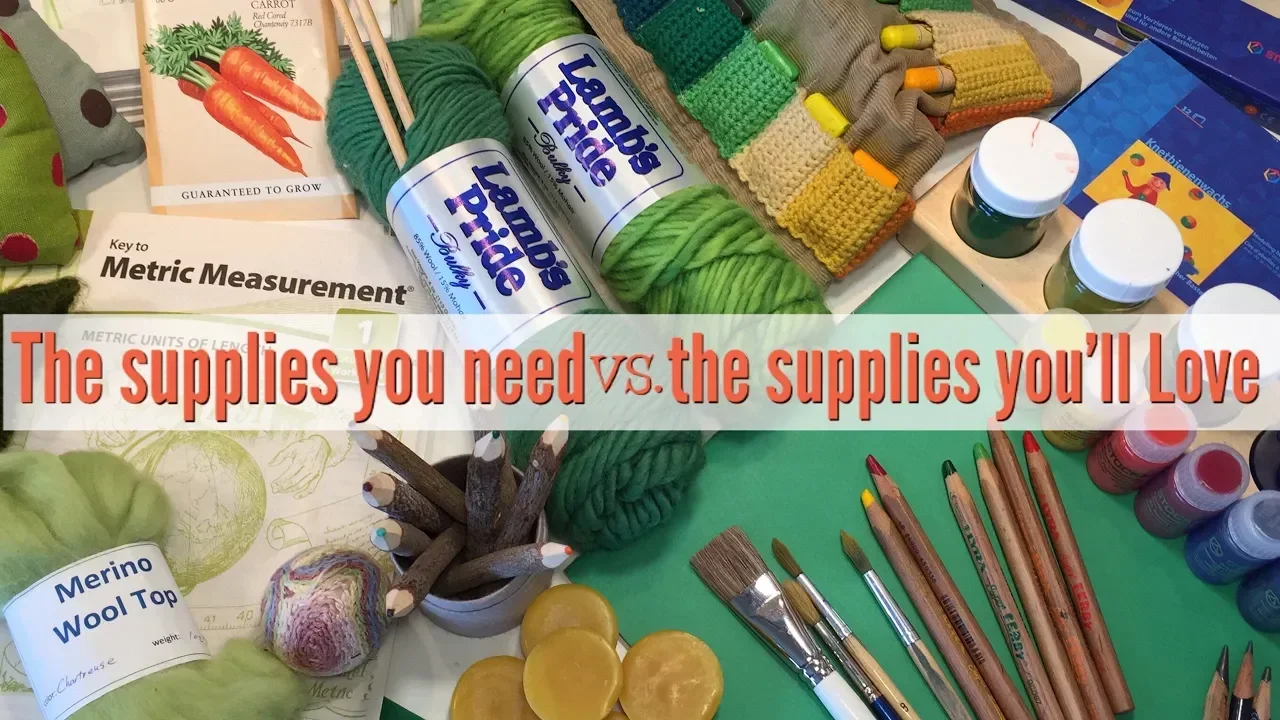
Homeschool Supplies for 3rd Grade
You'll need a number of supplies for the third year including the basics of main lesson books, additional resource books, crayons and color pencils, watercolors and watercolor paper as well as the materials for handwork projects. You can see the complete list of supplies for the third grade.
-

Handwork for Grade 3 | Homeschool + Classroom | 3rd Grade
It's truly beautiful how the handwork in Waldorf education is specifically chosen to help the child on his emotional, educational and spiritual development. The third grade student is going through the nine year change and to help give the child a sense of purpose and comfort during this transition, the curriculum aims to teach the practical arts and skills to the child in the form of shelter building, farming and clothing.
-
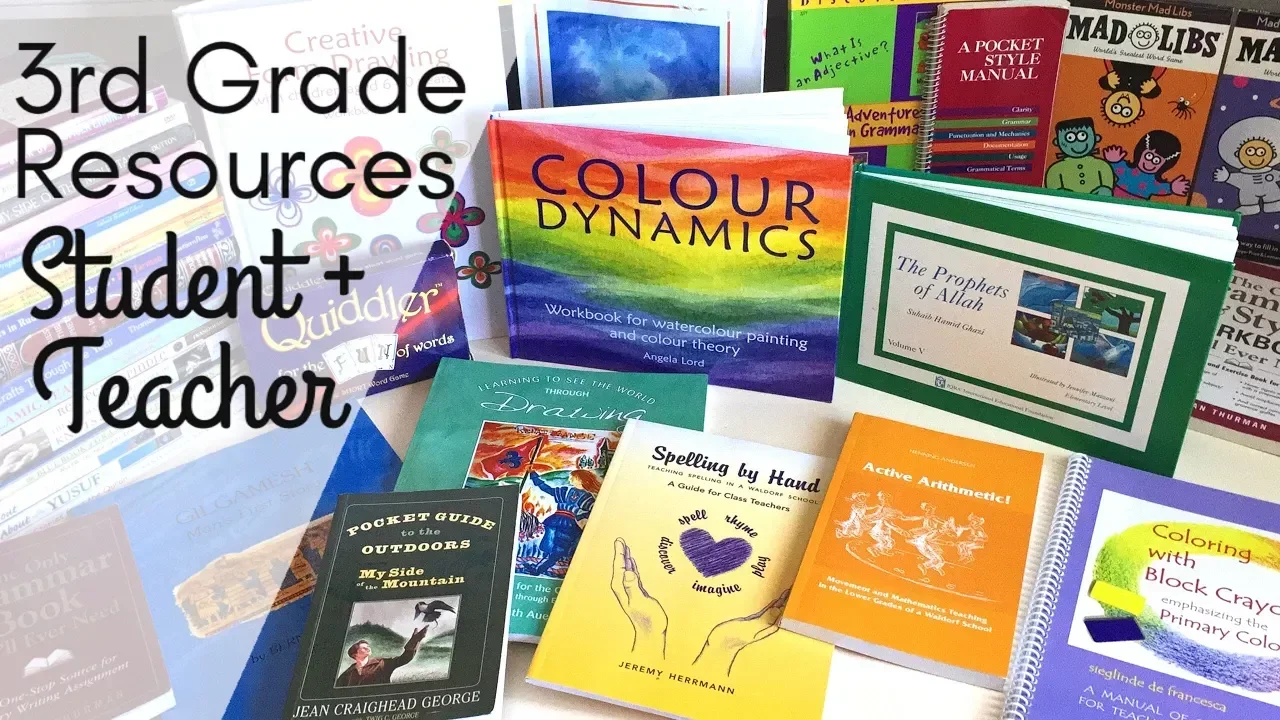
3rd Grade Books & Resources
There are a number of additional resources I use when homeschooling, even when using a curriculum that doesn't require any. It's not always a good thing. Sometimes it give you more work and stretches lessons unnecessarily. Sometimes the extra books are golden! Today I share a wide assortment of additional books we used when putting together our main lesson blocks for 3rd grade.
-

3rd Grade Main Lesson Books
Main lesson books are some of the most beautiful and memorable projects from our homeschooling. We've accumulated a lot of them over the years. While we didn't always teach the lessons according to the grades, we do seem to have main lesson books for most main lesson blocks over the years. Today I'll share some from the 3rd grade Waldorf curriculum by Live-Education!
-

How to Make a Sailboat
I'm so pleased with the kits by Pied Piper. This sailboat kit comes with everything you need to make a real working sailboat. The only tool you need is a hammer. It's perfect for children ages six and up, though you may need to help young children.
-
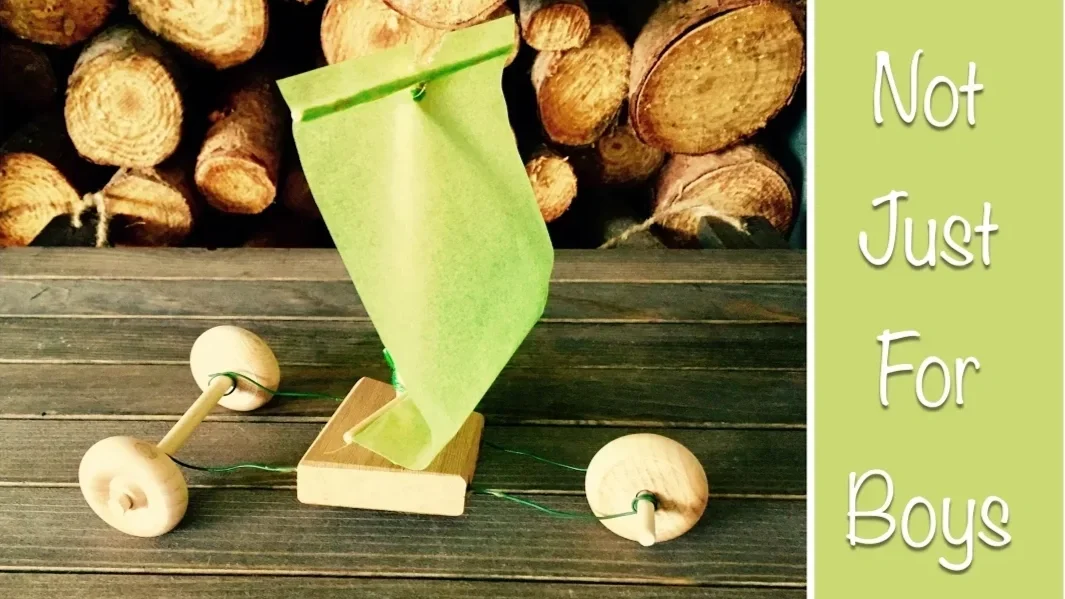
How to Make a Wind Car
This is another awesome kit from Pied Piper Crafts. This wind car kit is designed for kids eight years an d up and comes with everything you need to make one wind car. The only thing you'll need is a pair of pliers.
-
How to Make a Cape
This is one easy cape to make! So easy, someone who can't sew (me) can make not just one, but many! My nine-year-old son made this one with my help.
Charlotte Mason Nature Unit Study | Bees
Gardening
Handwork Projects | Grade 3

Grade 4
Grade 4
-
Quick Overview of Grade 4 Waldorf Inspired
Quick overview and preview of the Grade 4 complete Waldorf inspired curriculum. I have full length videos on each of the subject areas and main lesson blocks for grade 4. I include workbooks, supplement resources and materials often used or needed for the grade 4 student including Main lesson books, art materials and handwork.
-

Waldorf Grade 4 | Complete Overview
This video is the compilation of the videos for Waldorf Grade 4 including the Main Lesson Blocks for Grammar, Math, Norse Myths (and other epic poems), Man and Animal (Zoology), Geography, History and Industry and Handwork as well as an overview of the child in Grade 4 as a 10 year-old and the development and types of stories that best suit those changes and milestones.
-

Grade 4 Live Education Waldorf Curriculum Review
The Grade 4 curriculum by Live Education comes complete with several main lesson blocks that help support the development of the 10 year old child. Grade 4 is intended for children ages 10-12 approximately. The main lesson blocks in year 4 are the following: The Norse Myths, Beowulf, the Kalevala, Imaginative Math and Fractions, Man and Animal, Local geography, Drawing Animals, The Introduction to the Fourth Year Curriculum, The World of Animals (companion volume), Teaching Grammar with Imagination.
-
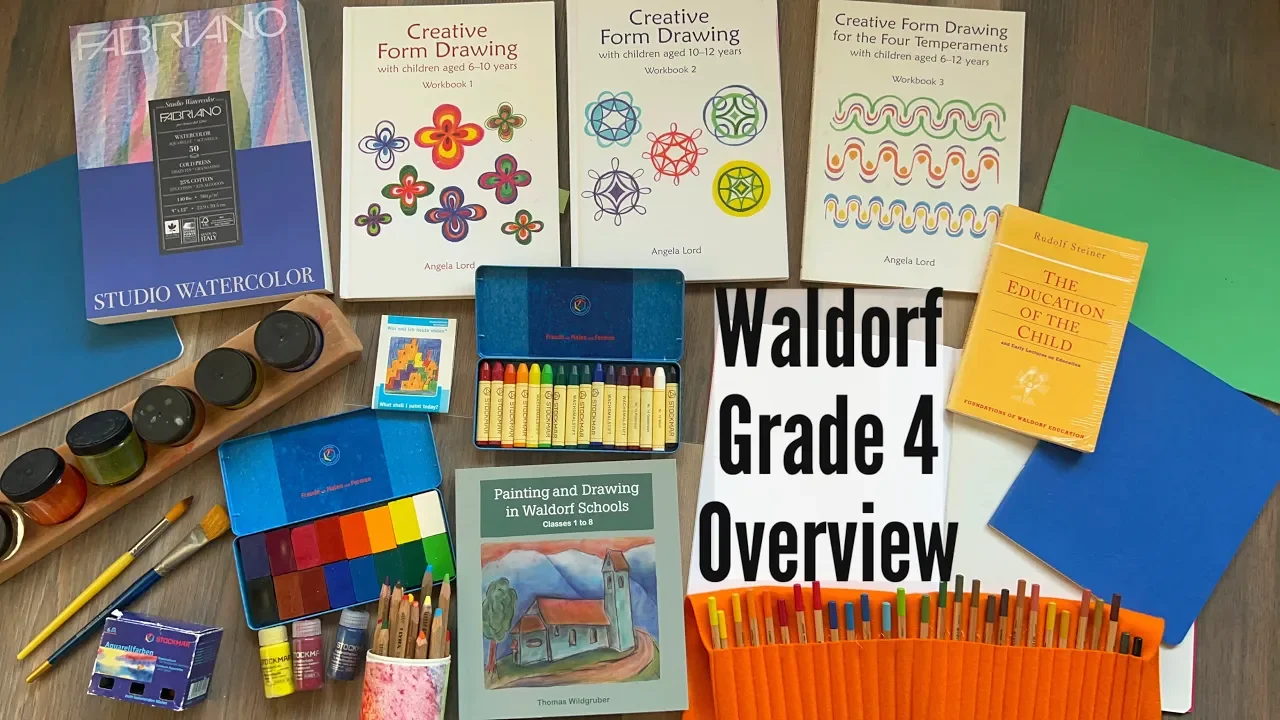
Overview of Waldorf Grade 4 | Development of the Child
Welcome to this Grade 4 series where I share many of the resources for grade 4, many of which are Waldorf inspired. Grade 4 is typically students 10-12 years old, or students who have just completed or just about to complete their 'nine-year-change' which is a major developmental change that occurs in the 7 years between the 'age of awareness' (roughly around 7 years old) and puberty (which most children reach by age 14).
-

Waldorf Grade 4 | Math Resources
In every grade, a new mathematical concept will be introduced and all the concepts before will be worked on for proficiency and eventually mastery. In grade 4, fractions are introduced. I find fractions to be a difficult concept for many children and adults to fully understand and master. While there are some children who take to it right away, I have an idea for you if your child doesn't or if you still struggle with the concept of fractions, decimals and percents.
-

Waldorf Math | Times Table | Chalk Drawing
In our Waldorf inspired homeschool, we start off our year with our main lesson blocks in Math or Grammar. This year we are working on the times table primarily and since we want to take the year to master it (though it will likely take longer realistically), we are starting those lessons right from the start.
-
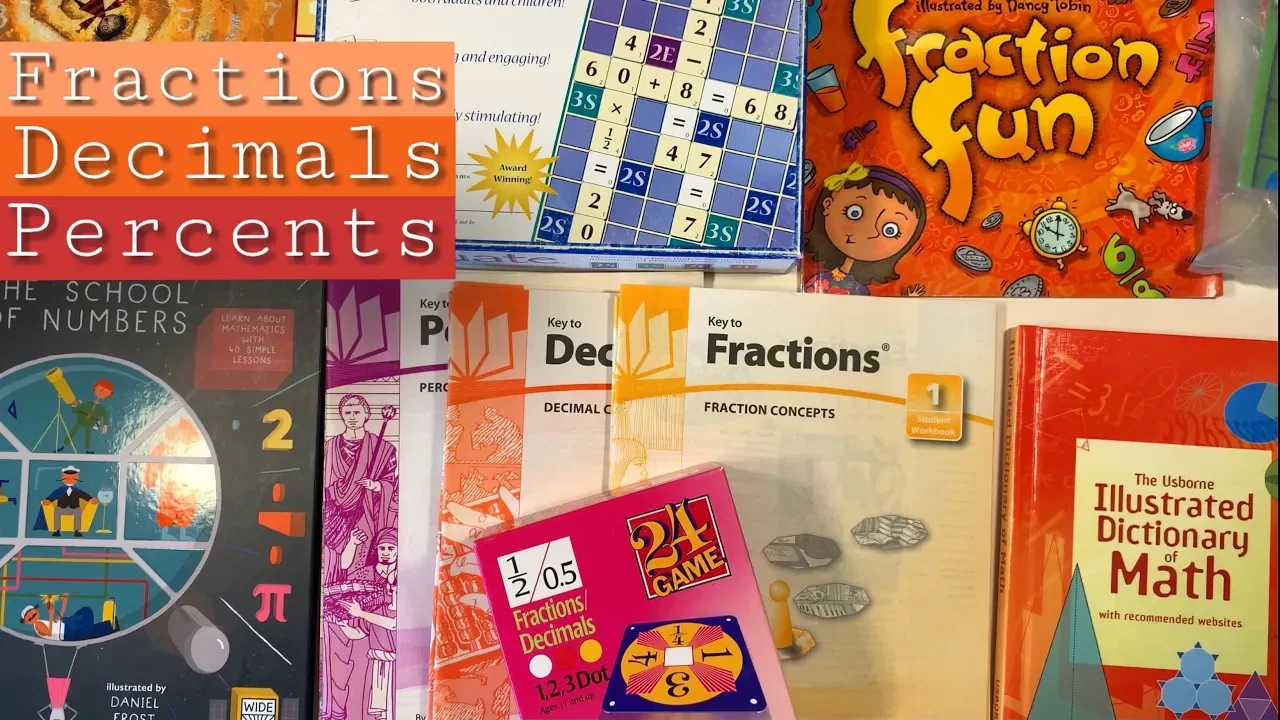
Fractions, Decimals and Percents
It's my opinion that fractions are the most challenging math concepts that elementary students have to master. And while in a relatively short space of time they can become fairly proficient in calculating fractions, decimals and percents on paper, I do think it takes years, even decades to fully master the concept and practice of fractions.
-

The Best Waldorf Math | Teaching Mathematics in Rudolf Steiner Schools for Classes I-VIII
If you've ever wanted to learn more about how math is taught in Steiner schools (Waldorf education), this book will take you from conception to application. Teaching Mathematics in Rudolf Steiner Schools for classes I-VIII by Ron Jarman is the most comprehensive books on mathematics I've ever seen.
-

Mental Math Curriculum | Grades 3rd, 4th and 5th | Mastering the Multiplication Times Table
Grade 4 is synonymous with the introduction of fractions. And while it may take years to master fractions, students will progress to higher math the following year while reviewing the maths of previous years. Additionally, students will continue to work on their mental math abilities. Mental math is the process of doing math problems in your head without paper and pencil.
-
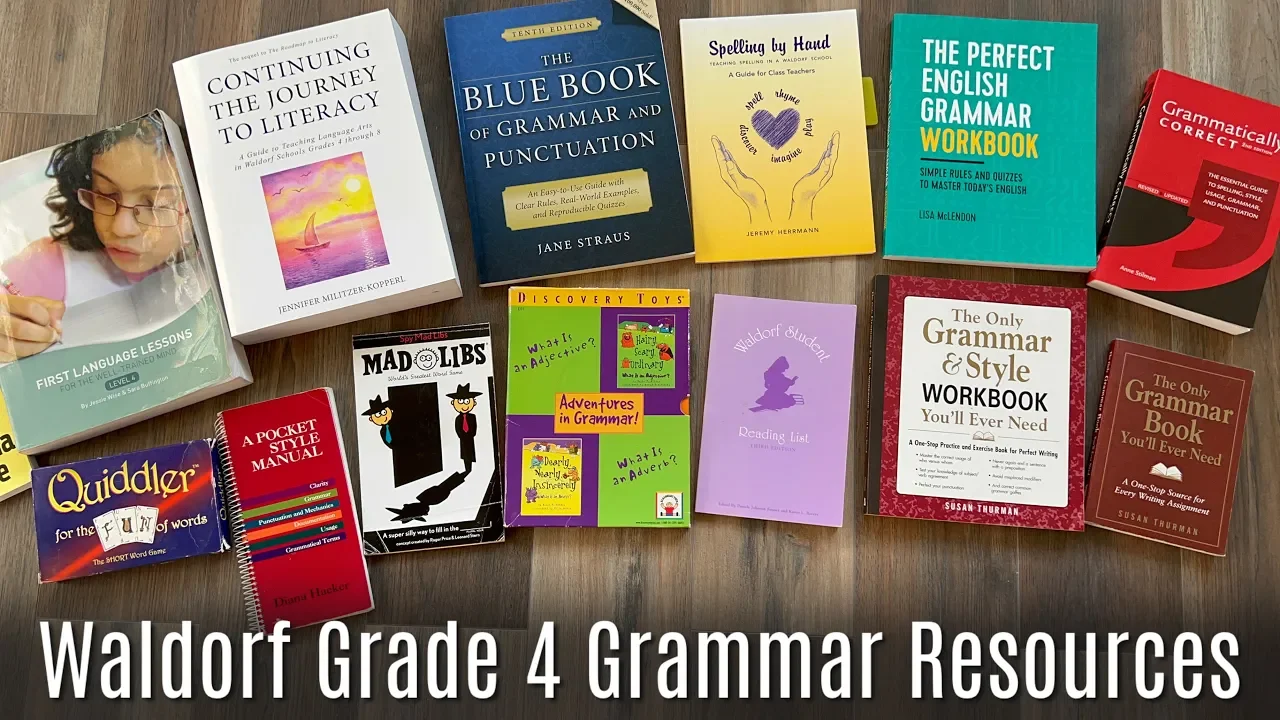
Waldorf Grade 4 Grammar Resources
While I love the Waldorf approach and the use of developmentally appropriate stories and an educational approach that delivers content that will be well received by the child because they are ripe for it, I have to say that when it comes to imaginative math and grammar, I have a hard time wrapping my head around the approach.
-
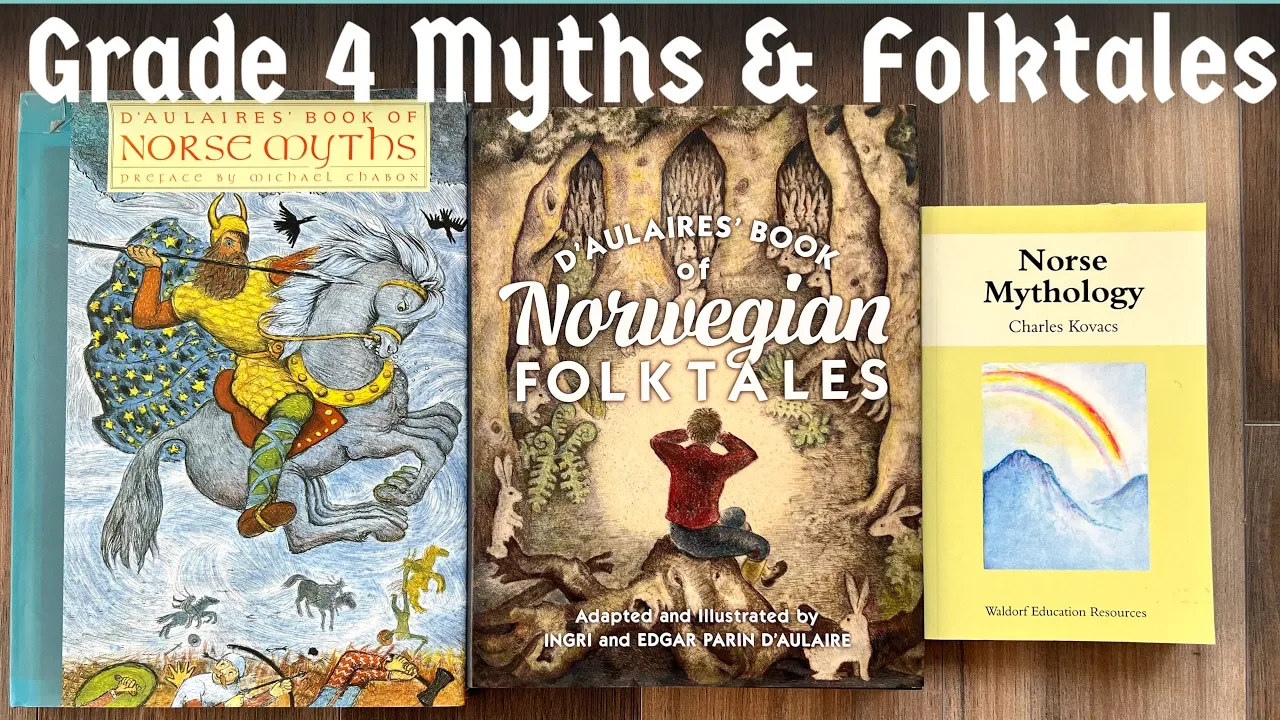
Waldorf Grade 4 | Folktales, Mythology & Heroic Poems
Let's review the stories children will be exposed to and learning from since grade 1. When introducing the letters, the stories of Grimm's Fairy Tales. In grade 2, when grammar and spelling are being explored, the stories of Native American Legends and Aesop's Fables are being told. In grade 3 when the child is going through their 9-year-change, the Saints' and Prophets' stories give the student comfort as they relate to the wandering of Moses in the desert just as the child feels out of sorts himself and looking for stability and control.
-

Quick Look at Norse Myths Resources
Norse Myths Extended Block. When we did our Norse Myths, I collected various books and put together my own block without the main lesson book. I sourced various books, but many ended up being similar and redundant.
-
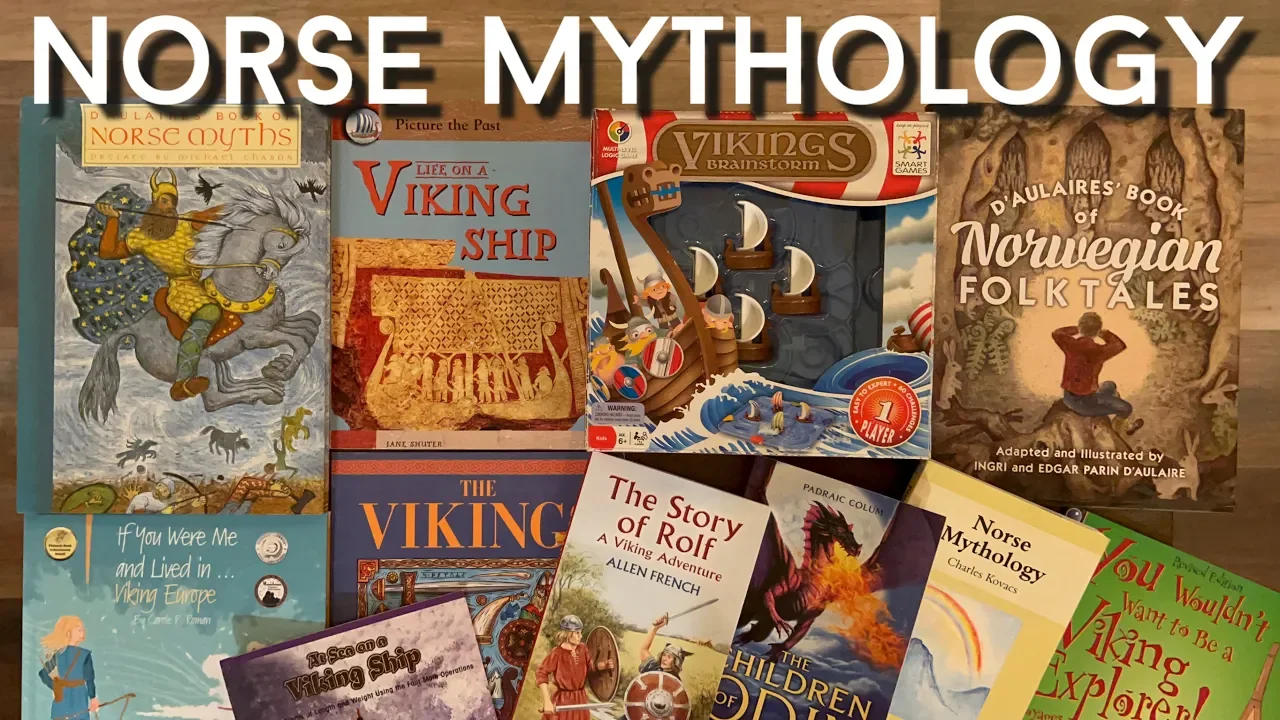
Norse Mythology Main Lesson Block
While I liked having a historical fiction, and a picture book or two on life in Viking times, one of our favorite books was If You Were Me and Live in Viking by Carol P. Roman. That book was written with the child in mind and is told entirely from the child’s point of view. One thing I love to add when possible is food! I love introducing recipes from around the world or ones that will enhance a lesson. We also found an innovated book that combined math with a viking ship. While I loved the idea, we didn’t utilize it as well I as hoped.
-
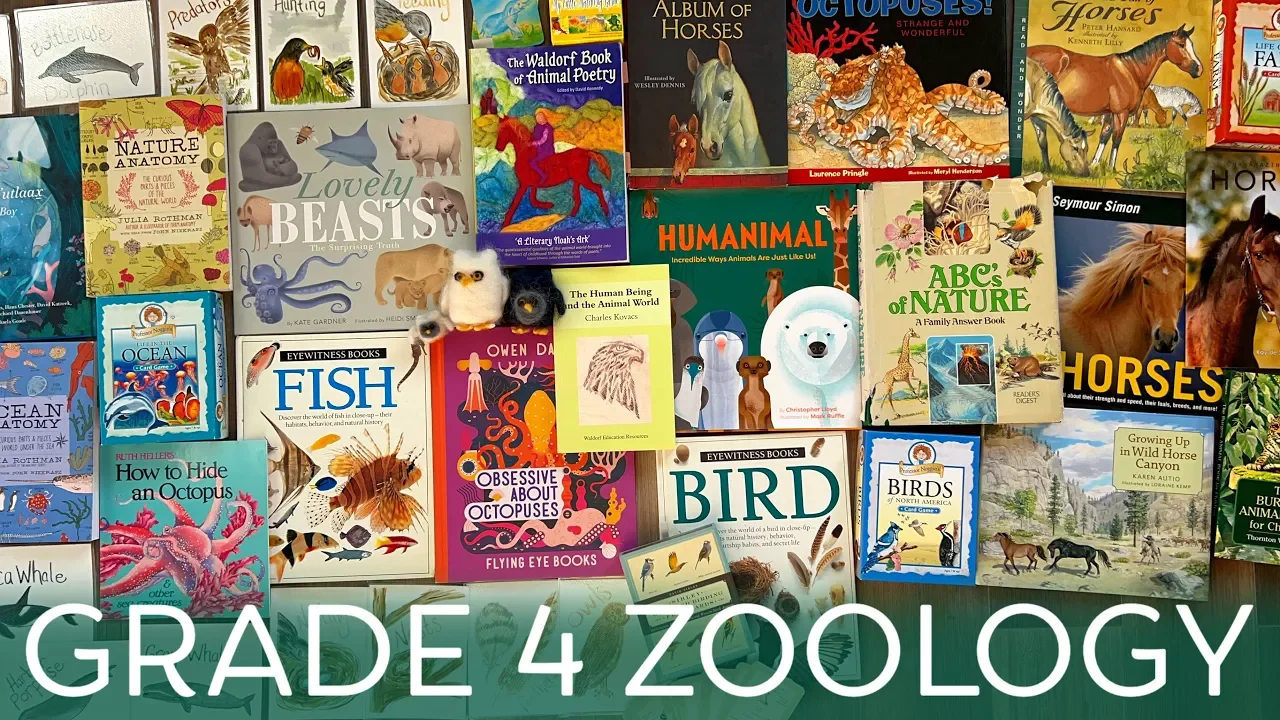
Man and Animal | Waldorf Grade 4
The zoology block in grade 4 in Waldorf schools in unlike a typical zoology class. Instead of the traditional classification of the animals in the Animal Kingdom (which is saved for a bit later), the class begins with the exploration of the human form looking at the head, trunk and limbs. We see that as humans, we do not need all four limbs for movement or mobility. We see our hands are free. Our hands are for giving and caring for others. I love the spiritual connection between the two.
-

Handwork Resources | Waldorf Grade 4
Handwork in Waldorf schools takes as much care in choosing the work that will be done as choosing the lessons. In some cases the lessons and the handwork coordinate beautifully. Cross Stitch and embroidery are the main projects for this grade. Felting a ball is the first step to an embroidered ball. This project may take weeks to months to complete. Cross stitch is a beautiful skill to develop at this age.
-
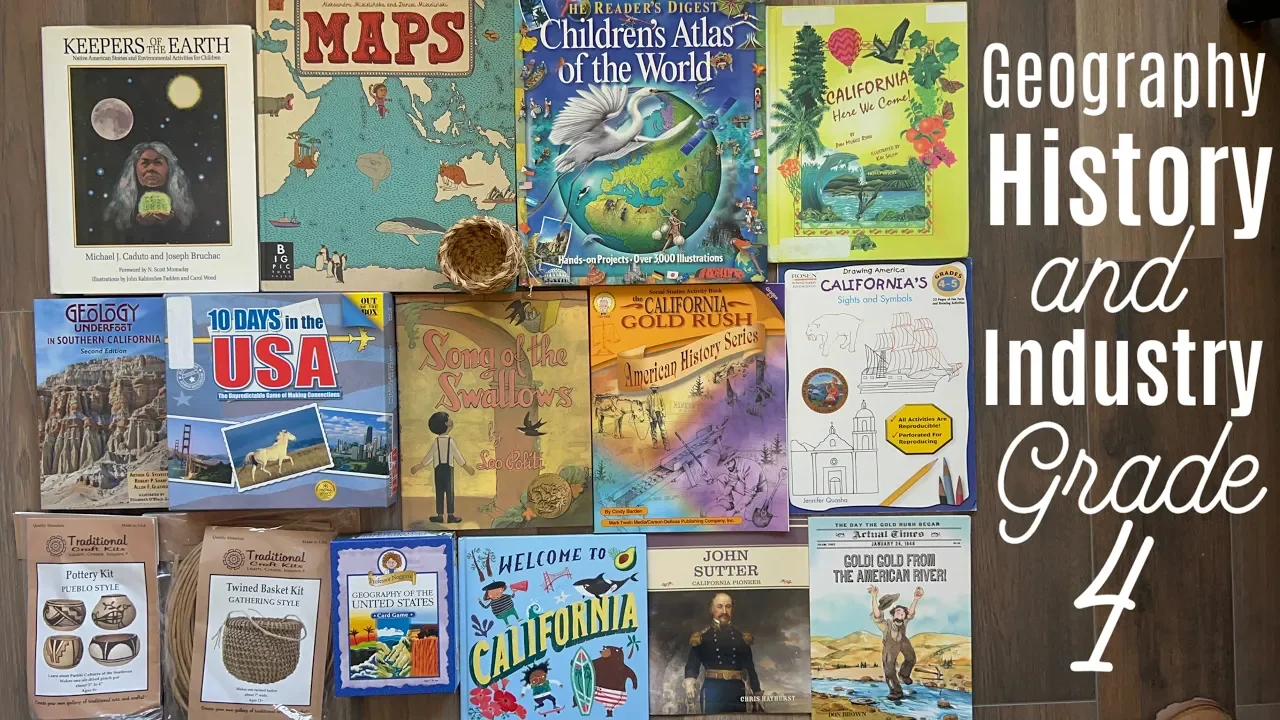
Geography, History and Industry | Waldorf Grade 4
This block requires extra work on your end because it’s based on where you live, the geography of your area, the layout of your home and neighborhood or town, and the history of your county or state. I’m sharing some videos and resources for California and indigenous people of northern and southern California, specifically the Ohlone and Chumash tribes. Some of the books I’m sharing are for other tribes or native people in general. Some of the traditional arts and crafts were taught or explained by native people teaching their craft or sharing their history, story and craft.
Grade 4 History | The Western Movement
Grade 4 History | Alaska Unit Study
Grade 4 History | California History
-
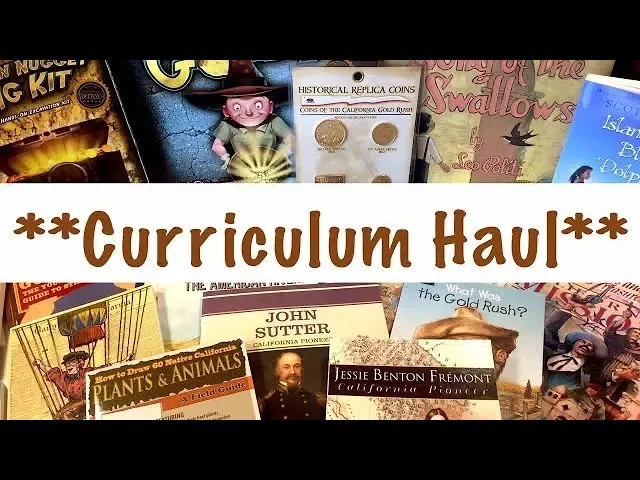
Curriculum Haul | California History
California history including the gold rush make up this unit. It's a mix of biographies, historical fiction, resource books, kits and a 'how to draw' book. I think I'm most looking forward to the kit we got for panning for gold.
-

How to Pan for Gold | Gold Rush
I bought this kit when we did our American history units when I put together our unit on California history. We ended up not quite reaching that California history when those history units were over (they'll be revisited again), but I had all the kits.
Zoology Unit Studies
Birds Unit Study
Horses Unit Study
Handwork Projects | Grade 4
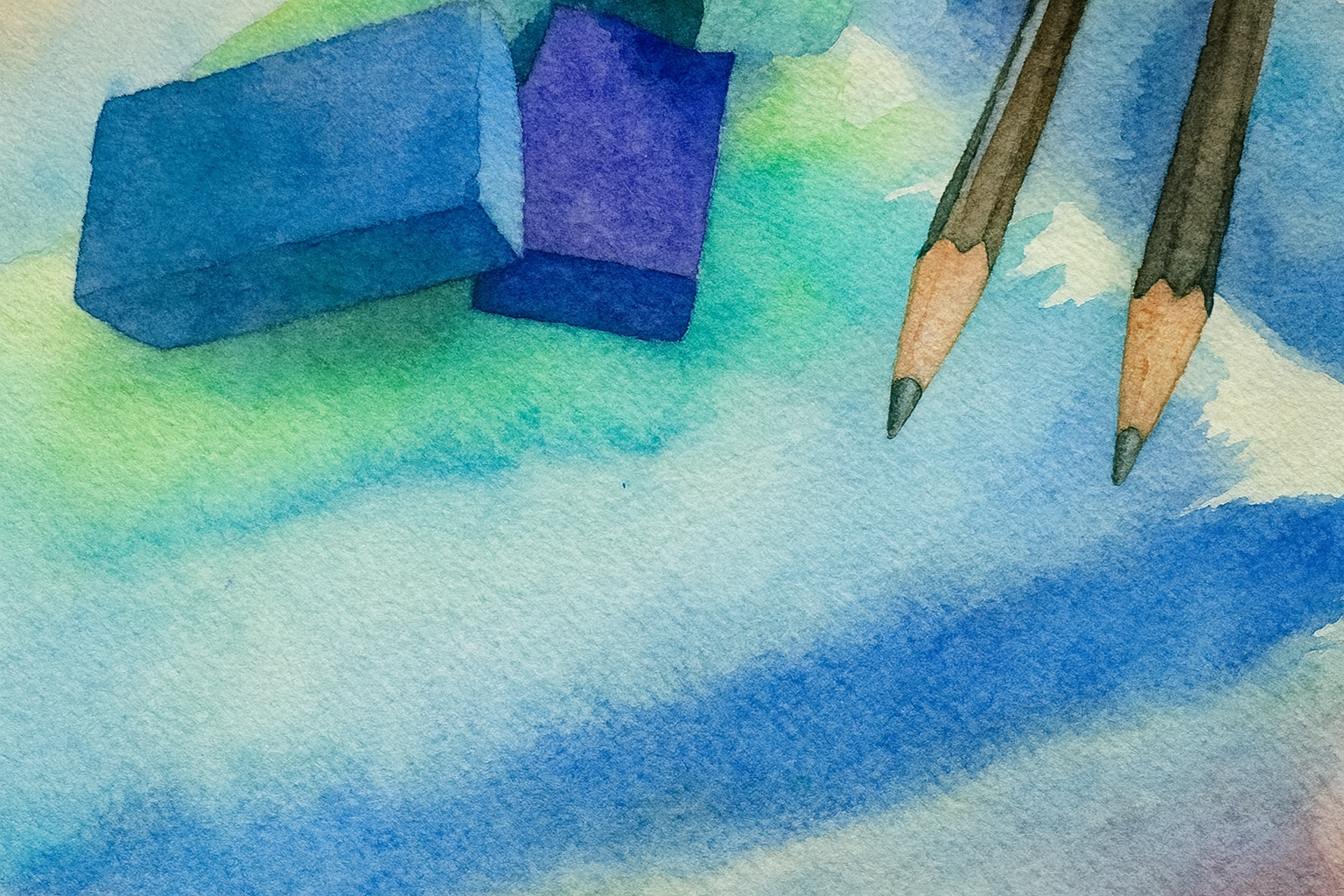
Grade 5
Grade 5
-

Live Education | Curriculum Review | 5th Grade
The Live-Education 5th grade curriculum has an emphasis on ancient history, botany and geometry. But just because a formal language arts program may be absent from the curriculum, it doesn't mean it's absent all together. In fact, you'll be surprised at how much writing, dictation and copywork occur with the history and science main lesson blocks
-
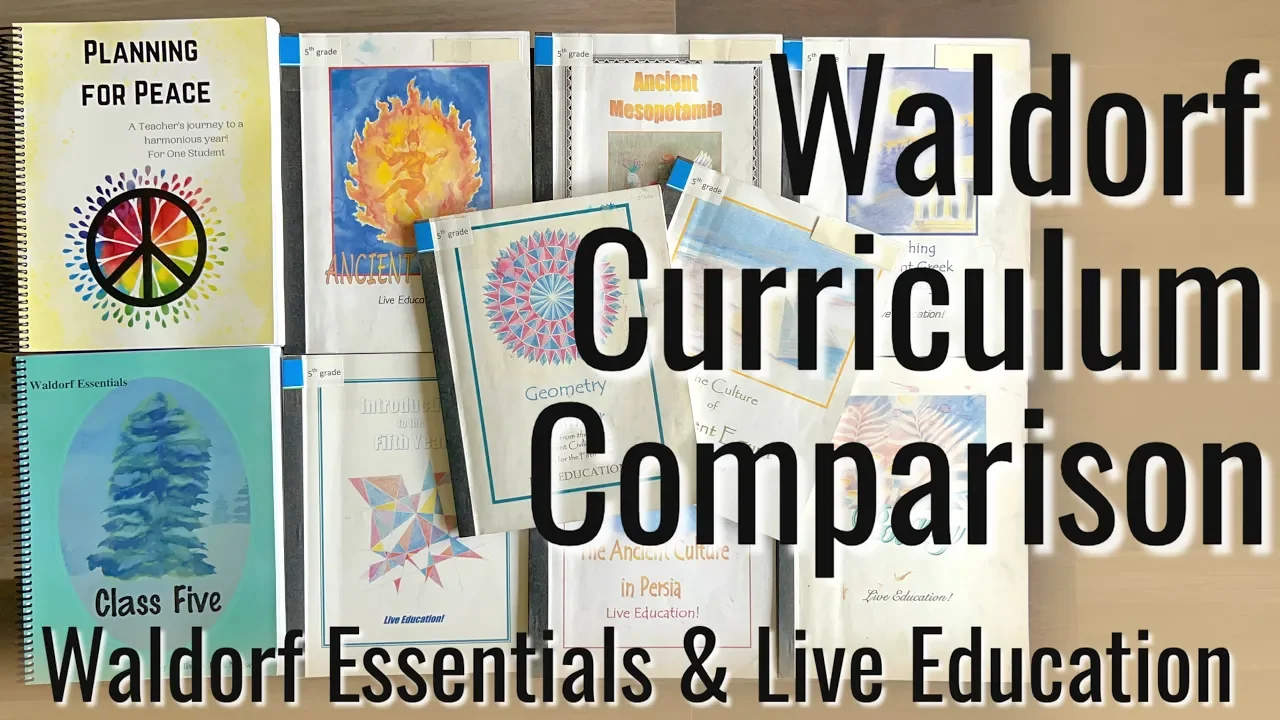
Curriculum Comparison of Waldorf Essentials and Live Education Grade 5
While I haven’t used the Waldorf Essentials curriculum, I’m sharing a comparison of what each curriculum offers. This is a visual comparison with my thoughts on our experience with the Live Education curriculum. We have used Live Education Waldorf curriculum for 20 years.
-
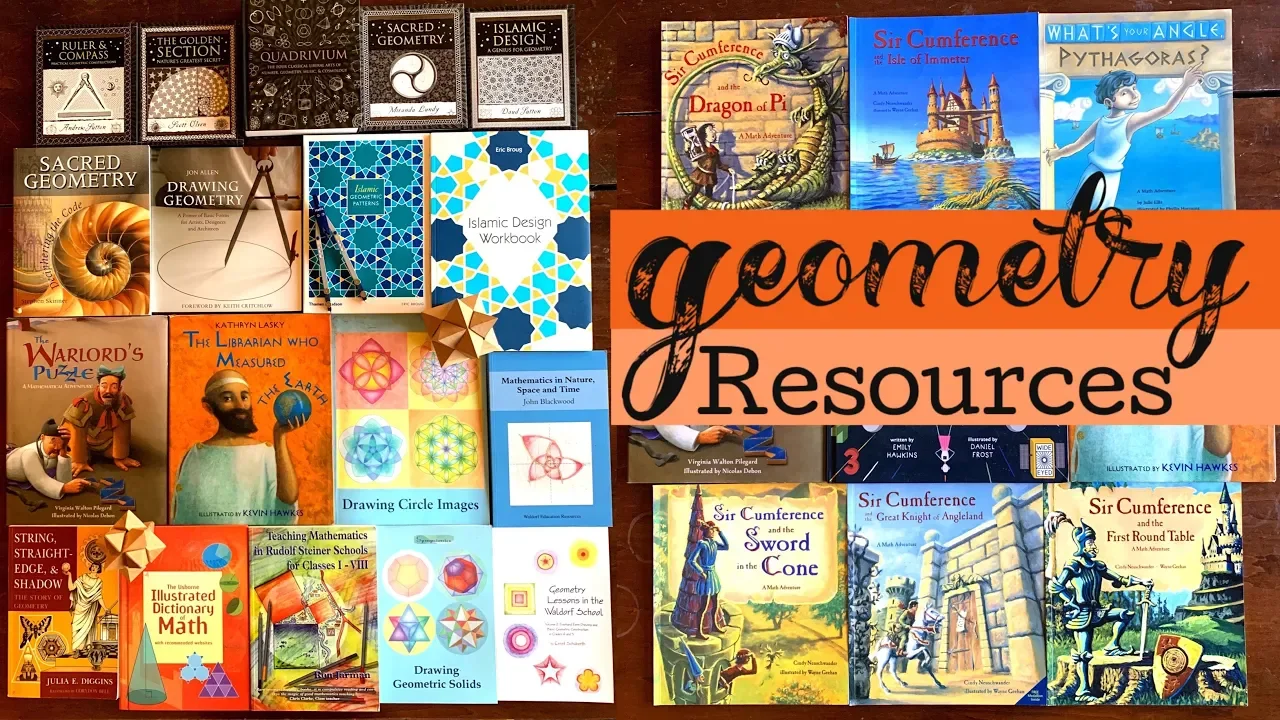
Geometry Resources for Elementary and High School
Geometry is one of the most fascinating fields of math a student will encounter, in my opinion. There's so much you can do when children are young with simple math centered on identification of shapes and solids. While introducing geometry this way and with picture books may not reflect the Waldorf approach authentically, it has been our approach in our homeschool for years.
-

How To Do A MATH Unit Study | GEOMETRY
It's time for a new unit! This time I take you through the process of putting together a math unit. I'm working on a geometry unit and a basic math unit. My default curriculum is always a Waldorf curriculum, and I used the one from Live Education. I recently got many picture books for these units. I got most of them from Rainbow Resource.
-
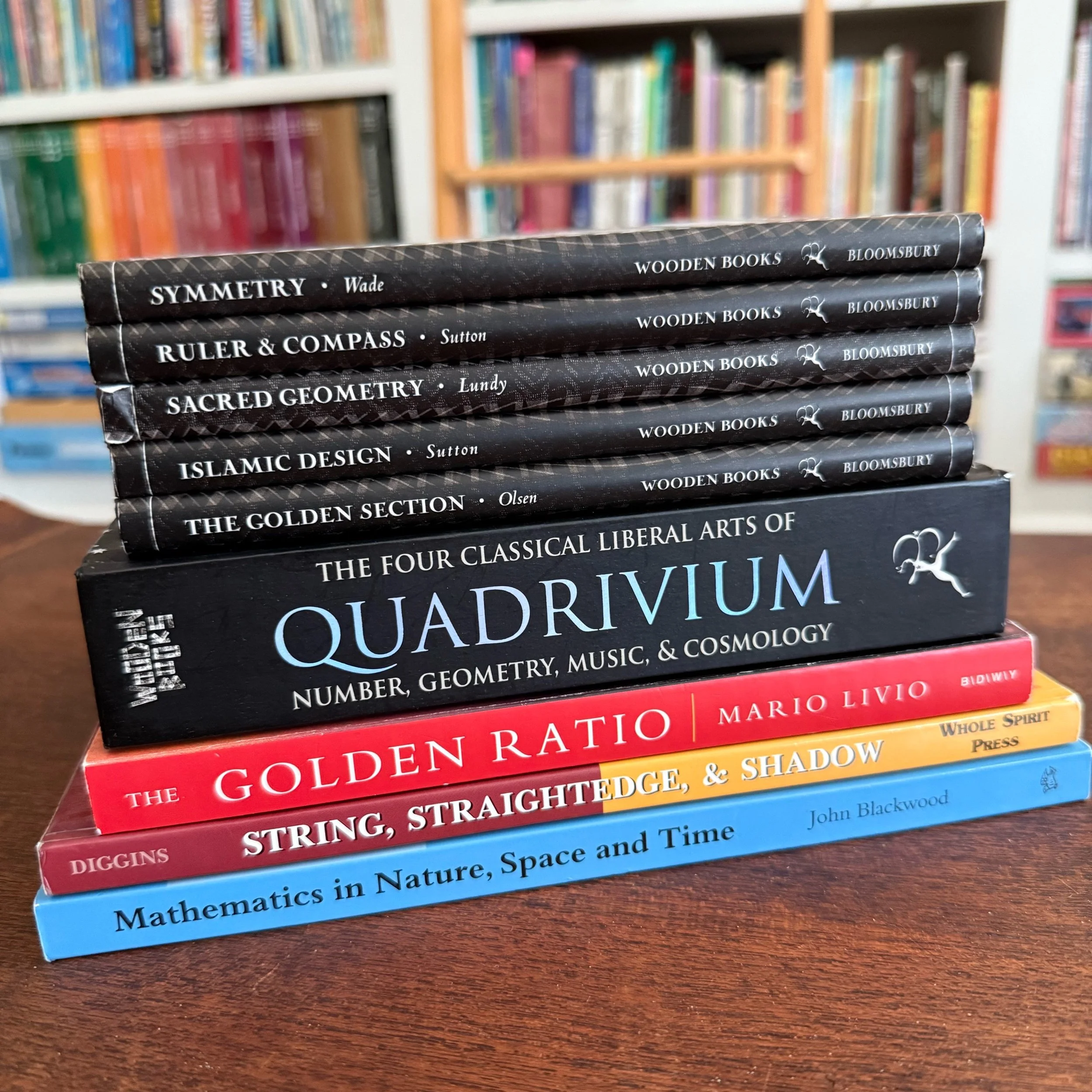
Geometry Resources
One of my favorite subjects in the Waldorf curriculum is Geometry. The way it is presented according the Waldorf pedagogy is perfection, just like geometry itself. Geometry is presented in Grade 5 and again in Grade 6 and both main lesson blocks are artistic, informative and observable. Proofs are discovered through working with the geometric form. Geometry is presented in connection with Ancient Egypt, Ancient Greece, Botany, Mineralogy and Astronomy. Geometry is beautifully integrated into the the Grade 5 and Grade 6 main lesson blocks.
-
Geometry Lessons
We have worked through our Geometry main lesson blocks at least 4 times in the years we have homeschooled and each time it feels new, beautiful and just as wonderful. Some of these lessons are tutorials, others are lessons with my children and yet others are based on the Live Education Waldorf curriculum. In all lessons, you’ll find an artistic representation of the lesson using colored pencils, watercolors or other art mediums. Geometry is meant to be experienced with this beauty and perfection, so have some high quality art materials available so you may enjoy the process and results fully.
-

Algebra Resources
Explore the Algebra resources we have used in our homeschool. We reserve the study of Algebra until Grade 9 and occasionally Grade 8. But as algebra calls on a student’s capacity for critical and abstract thinking, it’s best to present it after puberty when the student may fully engage in the learning. Attempting to introduce a simplified and intuitive form of algebra starting in Grade 1 with questions like “what plus 6 equals 10” does a student a deep disservice as a student that age is not using “X” to qualify an unknown nor is she learning to balance an equation. So this line of teaching needs to be undone before actual algebra may be taught.
-
Geometry Grade 5 Lessons
When I first started sharing our homeschooling journey online, I had already been homeschooling for over 10 years. In that time, I had already done our Geometry block once with my oldest son. Now I was introducing the subject area to my second child but it’s my third child who was only 8 at the time who really loved these geometry lessons as well. I found that because of the artistic nature of these lessons and the slow build of concepts that this presentation of Geometry worked well as a family lesson rather than just for my Grade 5 student. In this way, everyone participated in the Geometry lessons. And everyone enjoyed them!
-

Division of a Circle Lessons
Circle symmetry is one of the most beautiful geometric projects you can easily do with your students. While some symmetries are more complicated, 3-, 4-, 6-, 8- and 12-fold are fairly straightforward and can be achieved with moderate effort and skill, in my opinion and experience. Today's project is a tutorial for threefold symmetry. While you can explore this design and come up with creative ways to paint or color in the shapes, it's not my favorite. I like the symmetry starting at 6-fold symmetry. But, I'd love to see what you come up with. Maybe your creative way of painting this design will change my mind. Honestly, the possibilities are endless and that's exciting.
-

Geometry Grade 6 Lessons
In Grade 5 students are introduced to the beauty and function of geometry with the exploration of shape and how shapes come about in the world around us. Shapes are dynamic even though we see a still shot of quadrilaterals and triangles. In Grade 6 we explore the circle in depth looking at not just 6-division of a circle and its representations in nature and mineralogy, but now we explore 5-division of a circle and the pentagon and the golden ratio. A connection to astronomy and music as well as botany previously illuminates the deep sacredness that geometry of the heavens is astronomy, the geometry of sound is music, the geometry of the mineral kingdom are crystals and the geometry of the plant kingdom is botany.
-
Geometry Grade 7 Lessons
As we advance in Geometry, we explore the book A Beginner's Guide to Constructing the Universe: Mathematical Archetypes of Nature, Art, and Science by Michael S. Schneider. This book details the quality of numbers 1-10. Instead of making the Platonic solids with templates, we learn to make them through the construction of the regular shapes through their the division of the circle. We also do the same with the Golden Rectangle.
Ancient Civilizations
Botany Resources, Lessons & Activities
-

Resources & Reviews
Explore the complete list of resources used for our botany main lesson block. Included our books, games, kits, activities, and more. Once I’ve gathered all of our resources, I map out our lessons and activities. Once the main lesson block is over, I review the materials we used and share our reflections on the resources, project activities and lessons.
-
Botany Lessons
Curious to see what of Waldorf main lesson for botany looks like? You can explore the lessons we’ve done for our botany block and unit. While they are organized, according to the curriculum for botany, many of our unit study lessons are included. I hope it leaves you inspired!
-
Projects & Activities
The hands-on approach is my favorite way of learning and teaching. It engages the whole student in an activity which research has shown helps students retain information better, longer and more completely. Additionally, it is a personal love of mine to do hands-on activities whenever possible. What I love about projects is that it can include multiple grades, ages and abilities. Each student produces work according to their skill set.
Ocean Main Lesson Block
-
Resources
In putting together our various ocean themed units, I decided to break them up into smaller blocks as we worked through these topics over the years. You can explore the units on turtles, whales, and our general ocean block.
-
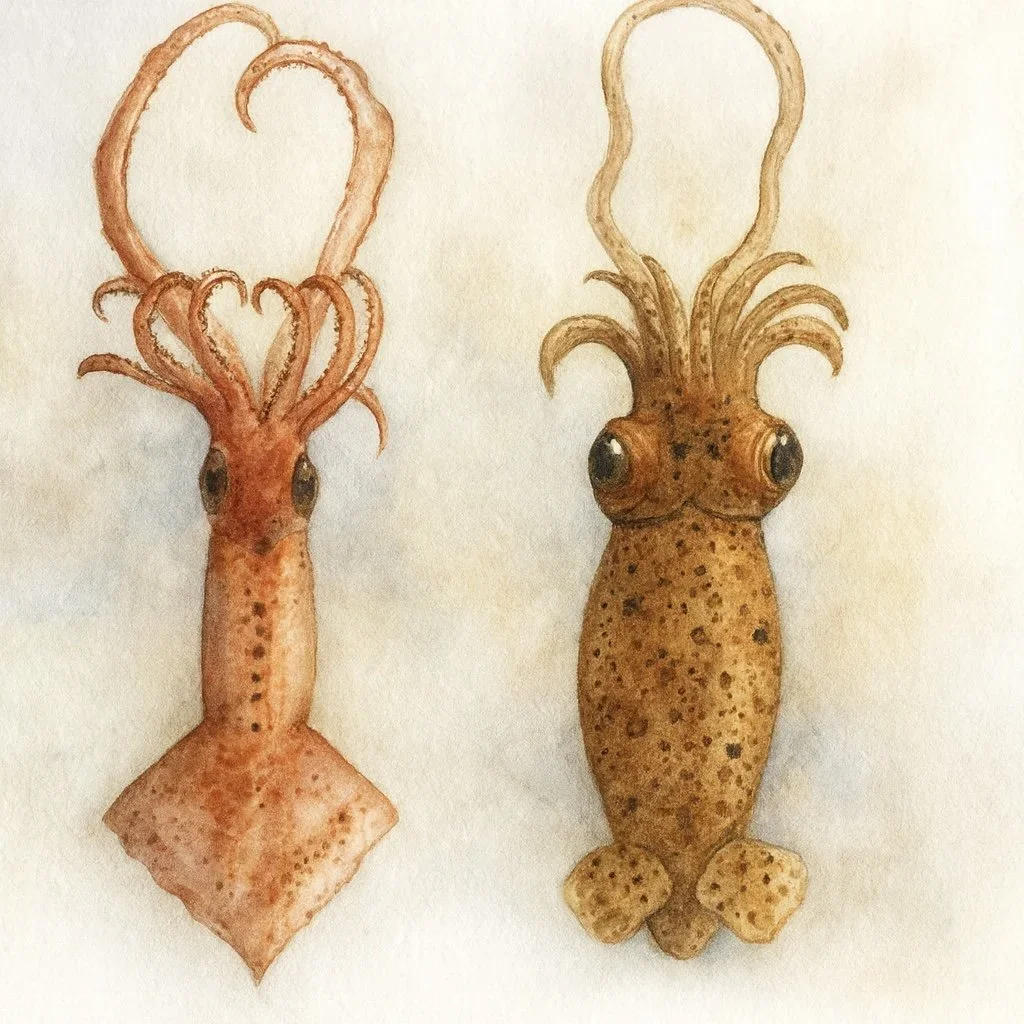
Lessons
Our blocks are made up of lessons and activities. Sometimes lessons are reading from ‘living books’ or presenting an oral lesson I have prepared or working through an illustration for the main lesson book.
-

Activities
Lesson activities and hands-on projects are some of the best ways to learn and remember information and skills. They are memorable and meaningful.
Handwork Projects | Grade 5
-

Knitting with 4 Needles
In grade 5, students begin working with 5 knitting needles to knit in the round. They work on hats and socks and may even complete the set with gloves and a scarf. To begin the year, students are likely to make their own knitting needles using hardwood dowels as they did in grade 1. This time around, they make the needles double pointed.
-

How to Knit a Scarf
Once you learn to knit, you can easily make a scarf. The only thing is that it takes a long time! For that reason, I offer this project when the students are older and can handle the perseverance needed to complete this project. It’s a great project for the students who get through their knitted hats quickly.
-

Knitted Beanie Hats
In this slow tutorial, I walk you through the basics of knitting so you can knit a hat or beanie for a peg doll. I have three patterns to share with you inspired by the pattern in the book Making Peg Dolls by Margaret Bloom on the Martinmas peg doll tutorial.
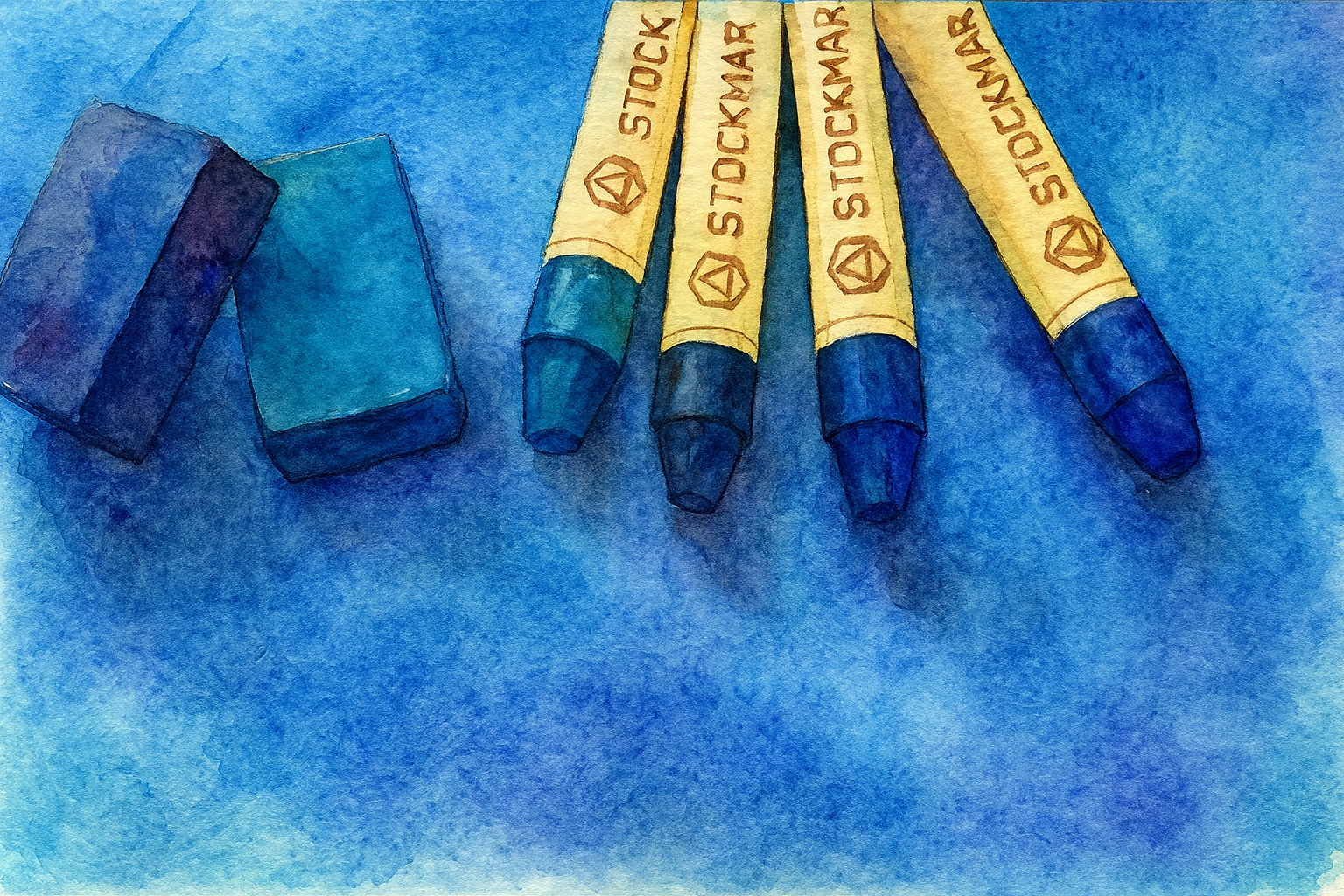
Grade 6
Grade 6
-
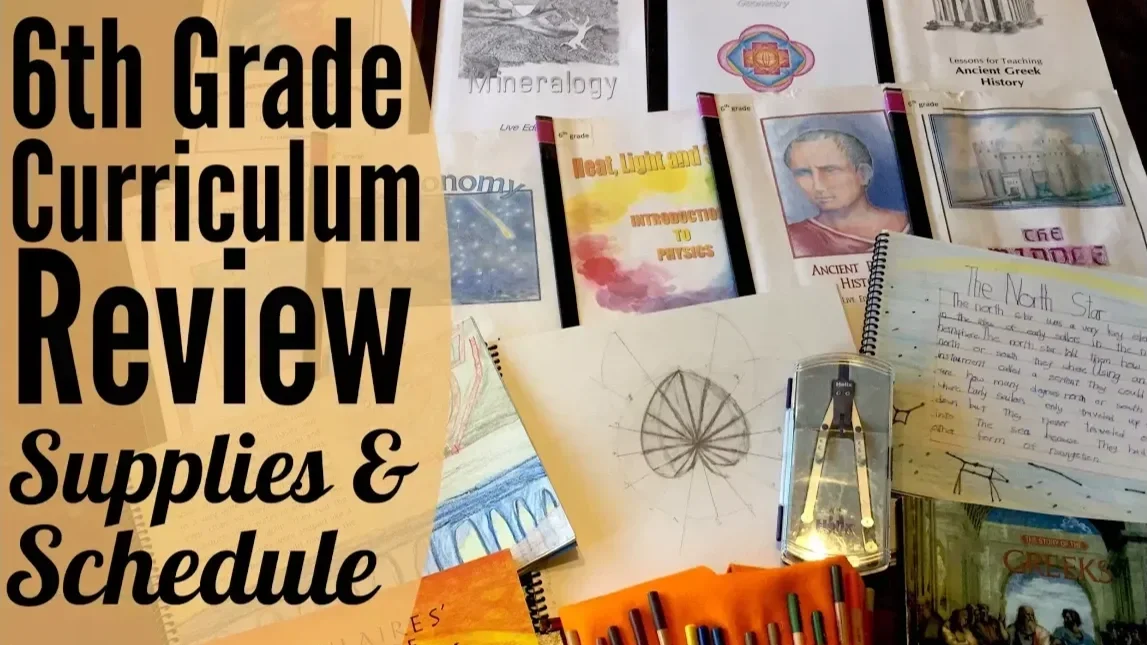
6th Grade Waldorf Homeschool Curriculum | Grade 6
Want a lively, interactive and unique curriculum option for your 6th grader? The Live-Education 6th grade curriculum may be what you're looking for. This year, the curriculum continues to be both responsive to the needs and development of the student as well as progresses with the lessons that were covered the previous year.
-

Geometry Main Lesson Block | Grade 6
Over the years, I've put together several math main lesson blocks and a number of geometry blocks. What sets these blocks apart from other math blocks is the level of engagement the teacher and student experience with each lesson. There are no dry lessons. The upside is obvious: full engagement means maximum learning and high possibility of retention.
Medieval Europe History Block | Grade 6
-
Resources & Chalk Drawings
Want to know about the Middle Ages? You’ve come to the right place! I’ve collected a wide assortment of resources for this unit study on Medieval Times with a focus on Europe. While our Live Education Waldorf homeschool curriculum for grade 6 includes several lessons on this time period from other areas in the world, I’ve decided to split up this time period and focus this unit primarily on Europe followed by a unit I’m calling “The Silk Road” which will focus on other areas of the world.
-
Projects & Activities
Projects books and kits are a great way to include a hands-on approach to a main lesson block or unit study. The Middle Ages history block is rich with resources from books to kits. While some of the kits are no longer available, others may be. I find the materials in a kit to be top notch, but making your own projects from scratch is deeply satisfying.
-
Supporting Units
What was happening in the rest of the world during the Middle Ages? While Europe was experiencing its Dark Ages, Africa, Arabia, Asia and the Asian subcontinent were thriving. However, in depth study of the history in the rest of the world during the Middle Ages can be found in our other main lesson blocks of the Silk Road, the Khans Mongolia, Mansa Musa and West Africa, the Golden Age of Islam, the Travels of Ibn Battuta, and Zheng He and China.
Grade 6 Science Blocks
-

Mineralogy
The Waldorf approach to mineralogy in Grade 6 is through a blend of scientific observation, artistic expression, and imaginative storytelling. Rather than beginning with abstract facts, students are guided to observe the forms, colors, and structures of minerals and rocks with deep attention to detail. The goal is to awaken wonder and a sense of connection to the natural world, allowing scientific understanding to arise from a lived experience.
-
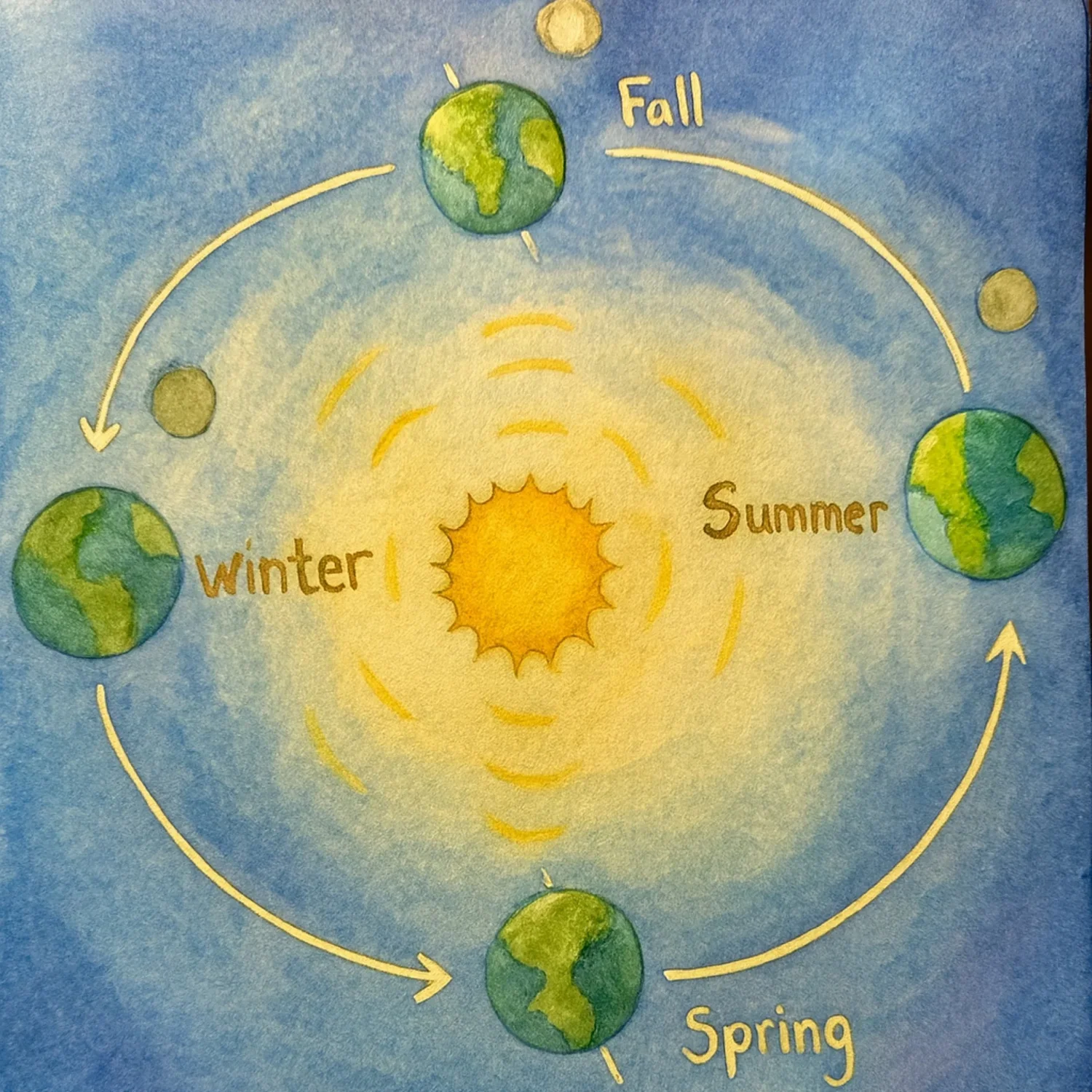
Astronomy
Grade 6 is science centered with multiple science blocks including Astronomy. Astronomy is taught through a poetic and experiential lens that nurtures awe and reverence for the cosmos. Lessons begin with careful observation of the night sky—tracking the movement of stars, planets, and the phases of the moon—before introducing scientific explanations. Mythology, cultural stories, and artistic renderings of constellations are woven into the curriculum to foster a personal and imaginative relationship with the heavens.
-
Physics
Physics is introduced gradually, beginning in Grade 6 and deepening through Grades 7 and 8, always grounded in direct, sensory experiences before abstract theory. In Grade 6, students explore acoustics, optics, heat, and magnetism through hands-on demonstrations. The focus is on careful observation and describing phenomena in precise, vivid language. In Grade 7, the curriculum introduces mechanics and electricity. Students examine simple machines, levers, and pulleys, observing how force, work, and motion interact. By Grade 8, physics becomes more analytical and quantitative. Topics such as hydraulics, aerodynamics, and electromagnetism are explored.
Mineralogy, Geology & Earth Science
-

Resources & Chalk Drawings
When putting together a unit study or main lesson block, the first thing I do is collect resources. For our earth science units, the resources maybe for Young elementary, middle elementary or middle school, depending on whether it’s a unit study, a meteorology main lesson block, or geology. And since we have done this unit multiple times, I have multiple posts on the different resources we’ve used each time. In a Waldorf setting, mineralogy is introduced in grade 6, and geology is introduced in high school. There is a subtle yet significant difference between the two.
-

Lessons
In our years of sharing our homeschool journey, we’ve done our mineralogy block several times. Sometimes the content I share is ‘lesson’ heavy, and other times it’s ‘project’ or ‘activity’ heavy. When sharing the lessons, I share the main lesson book, the illustration and the narration, not the actually process of me delivering a lesson. On occasion, I share a ‘Real Time’ lesson, but what you’ll find here are main lesson book entries.
-

Projects & Activities
We Love our hands-on projects and activities. I truly believe that some of the best learning is hands-on learning. When my children were younger (elementary school) and especially for my boys (my daughter had less interest in our projects overall), we utilized kits, projects and activity books extensively in our education. Check out some of our projects! Sadly, many kits may no longer be available, but similar ones are sure to be.
Astronomy
-
Resources & Chalk Drawings
in the resource section, you will find the books and materials we used to put together our astronomy unit studies as well as our astronomy main lessons. Astronomy unit studies are which with living books, while our astronomy main lesson block contain fewer resources that support a Waldorf approach
-
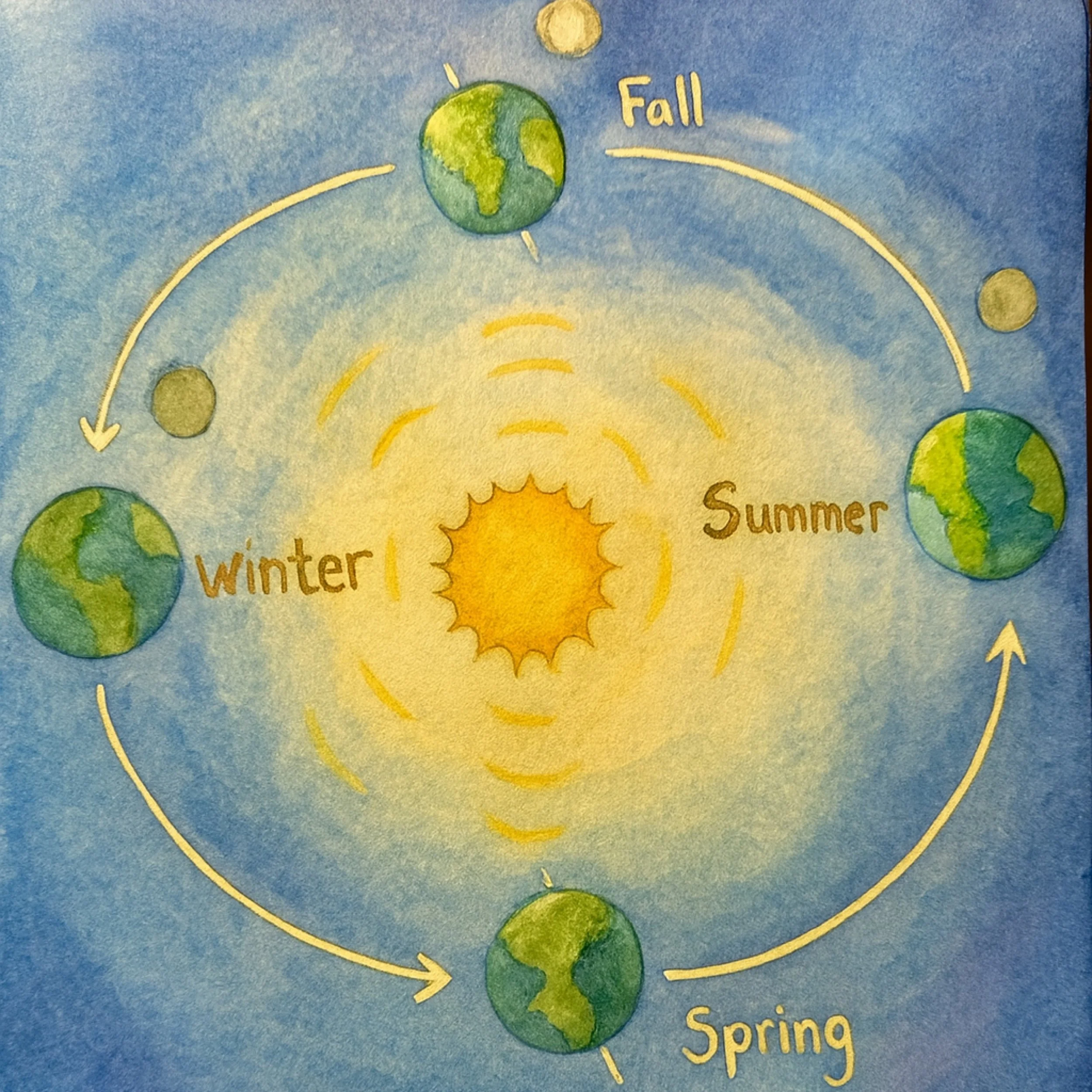
Lessons
Our astronomy lessons primarily focus on the world of curriculum by Live Education and adhere to the Waldorf pedagogy. These lessons were presented to students in middle school, grades 6-8.
-
Projects & Activities
One of the most enjoyable waste to learn is through hands on projects and activities. Granted they take more time to set up, execute, and clean up. For this reason, we may only get to a few projects within one unit. One way to increase your projects and activities is to use premade kits when available.
Physics
-
Resources
As there are many sub-topics in our Physics main lesson block and because physics is taught in Grade 6, 7 and 8, I have several resources and videos. However, the majority of the videos are only available for purchase at the moment.
-

Lessons
Explore some of the lessons in our physics main lesson block. The majority of these lessons are from the final time we did our Physics main lesson block.
-
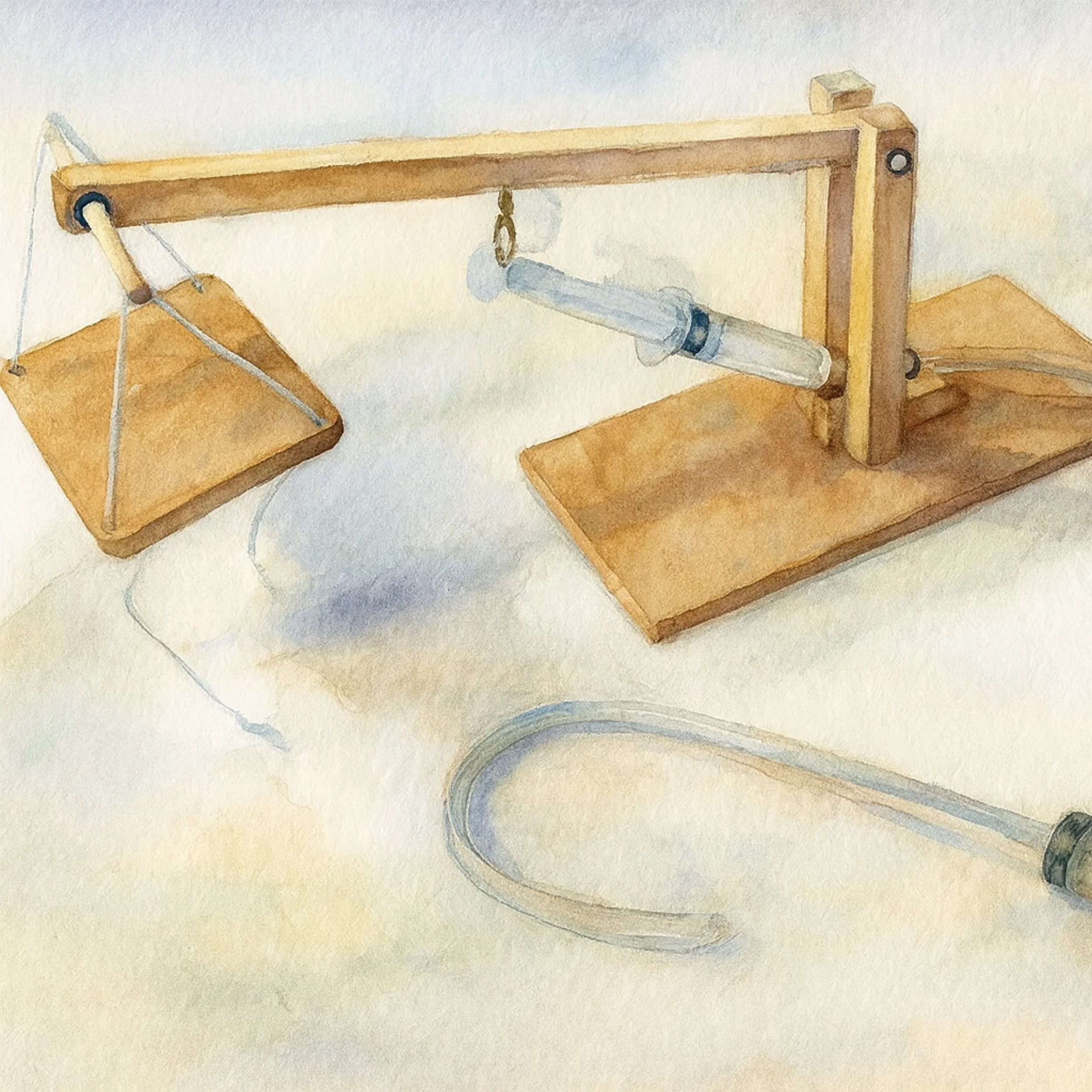
Projects & Activities
Our Projects & Activities for physics are included here as well as in the Physics Course where I share over 30 video tutorials.
Reptiles & Dinosaurs
-

Geometry Resources
One of my favorite subjects in the Waldorf curriculum is Geometry. The way it is presented according the Waldorf pedagogy is perfection, just like geometry itself. Geometry is presented in Grade 5 and again in Grade 6 and both main lesson blocks are artistic, informative and observable. Proofs are discovered through working with the geometric form. Geometry is presented in connection with Ancient Egypt, Ancient Greece, Botany, Mineralogy and Astronomy. Geometry is beautifully integrated into the the Grade 5 and Grade 6 main lesson blocks.
-
Geometry Lessons
We have worked through our Geometry main lesson blocks at least 4 times in the years we have homeschooled and each time it feels new, beautiful and just as wonderful. Some of these lessons are tutorials, others are lessons with my children and yet others are based on the Live Education Waldorf curriculum. In all lessons, you’ll find an artistic representation of the lesson using colored pencils, watercolors or other art mediums. Geometry is meant to be experienced with this beauty and perfection, so have some high quality art materials available so you may enjoy the process and results fully.
-

Algebra Resources
Explore the Algebra resources we have used in our homeschool. We reserve the study of Algebra until Grade 9 and occasionally Grade 8. But as algebra calls on a student’s capacity for critical and abstract thinking, it’s best to present it after puberty when the student may fully engage in the learning. Attempting to introduce a simplified and intuitive form of algebra starting in Grade 1 with questions like “what plus 6 equals 10” does a student a deep disservice as a student that age is not using “X” to qualify an unknown nor is she learning to balance an equation. So this line of teaching needs to be undone before actual algebra may be taught.
-
Geometry Grade 5 Lessons
When I first started sharing our homeschooling journey online, I had already been homeschooling for over 10 years. In that time, I had already done our Geometry block once with my oldest son. Now I was introducing the subject area to my second child but it’s my third child who was only 8 at the time who really loved these geometry lessons as well. I found that because of the artistic nature of these lessons and the slow build of concepts that this presentation of Geometry worked well as a family lesson rather than just for my Grade 5 student. In this way, everyone participated in the Geometry lessons. And everyone enjoyed them!
-

Division of a Circle Lessons
Circle symmetry is one of the most beautiful geometric projects you can easily do with your students. While some symmetries are more complicated, 3-, 4-, 6-, 8- and 12-fold are fairly straightforward and can be achieved with moderate effort and skill, in my opinion and experience. Today's project is a tutorial for threefold symmetry. While you can explore this design and come up with creative ways to paint or color in the shapes, it's not my favorite. I like the symmetry starting at 6-fold symmetry. But, I'd love to see what you come up with. Maybe your creative way of painting this design will change my mind. Honestly, the possibilities are endless and that's exciting.
-

Geometry Grade 6 Lessons
In Grade 5 students are introduced to the beauty and function of geometry with the exploration of shape and how shapes come about in the world around us. Shapes are dynamic even though we see a still shot of quadrilaterals and triangles. In Grade 6 we explore the circle in depth looking at not just 6-division of a circle and its representations in nature and mineralogy, but now we explore 5-division of a circle and the pentagon and the golden ratio. A connection to astronomy and music as well as botany previously illuminates the deep sacredness that geometry of the heavens is astronomy, the geometry of sound is music, the geometry of the mineral kingdom are crystals and the geometry of the plant kingdom is botany.
-
Geometry Grade 7 Lessons
As we advance in Geometry, we explore the book A Beginner's Guide to Constructing the Universe: Mathematical Archetypes of Nature, Art, and Science by Michael S. Schneider. This book details the quality of numbers 1-10. Instead of making the Platonic solids with templates, we learn to make them through the construction of the regular shapes through their the division of the circle. We also do the same with the Golden Rectangle.
Handwork Projects | Grade 6
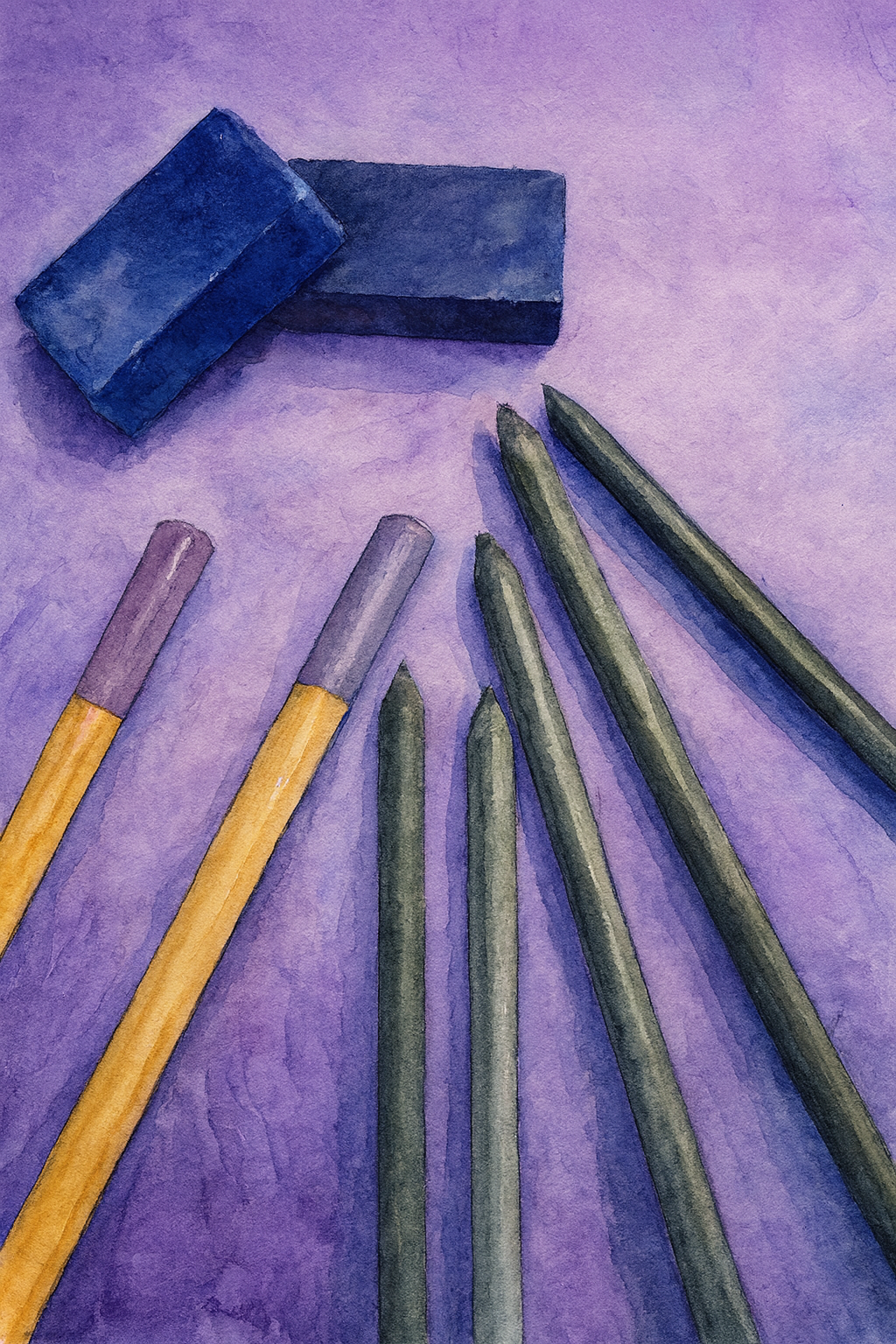
Grade 7
Grade 7
-

7th Grade Waldorf Curriculum | Live Education
This is the Live-Education 7th grade Waldorf curriculum. It comes with several main lesson blocks: Perspective Drawing, Renaissance Biographies, Creative Writing, The Age of Discovery, Algebra, Physics and European Geography. The curriculum also comes with an introduction to the 7th year as well as recommendations for other main lessons blocks. This year you'll need several new supplies that were not needed before like the material for physics. Some supplies you'll need that you may have already purchased are a compass, fountain pen, main lesson books, color pencils, watercolors, drawing paper, watercolor paper and graph paper.
Middle School Science Main Lesson Blocks
-
Physics
Physics is introduced gradually, beginning in Grade 6 and deepening through Grades 7 and 8, always grounded in direct, sensory experiences before abstract theory. In Grade 6, students explore acoustics, optics, heat, and magnetism through hands-on demonstrations. The focus is on careful observation and describing phenomena in precise, vivid language. In Grade 7, the curriculum introduces mechanics and electricity. Students examine simple machines, levers, and pulleys, observing how force, work, and motion interact. By Grade 8, physics becomes more analytical and quantitative. Topics such as hydraulics, aerodynamics, and electromagnetism are explored.
-
Chemistry
Chemistry is introduced in Grade 7 and further developed in Grade 8, always beginning with observation and experience before moving into theory. In Grade 7, students explore combustion, acids and bases, and the transformative nature of substances through dramatic, hands-on demonstrations. In Grade 8, chemistry becomes more structured and analytical. Topics such as the lime cycle, photosynthesis, and industrial processes like fermentation and metal refining are explored.
-
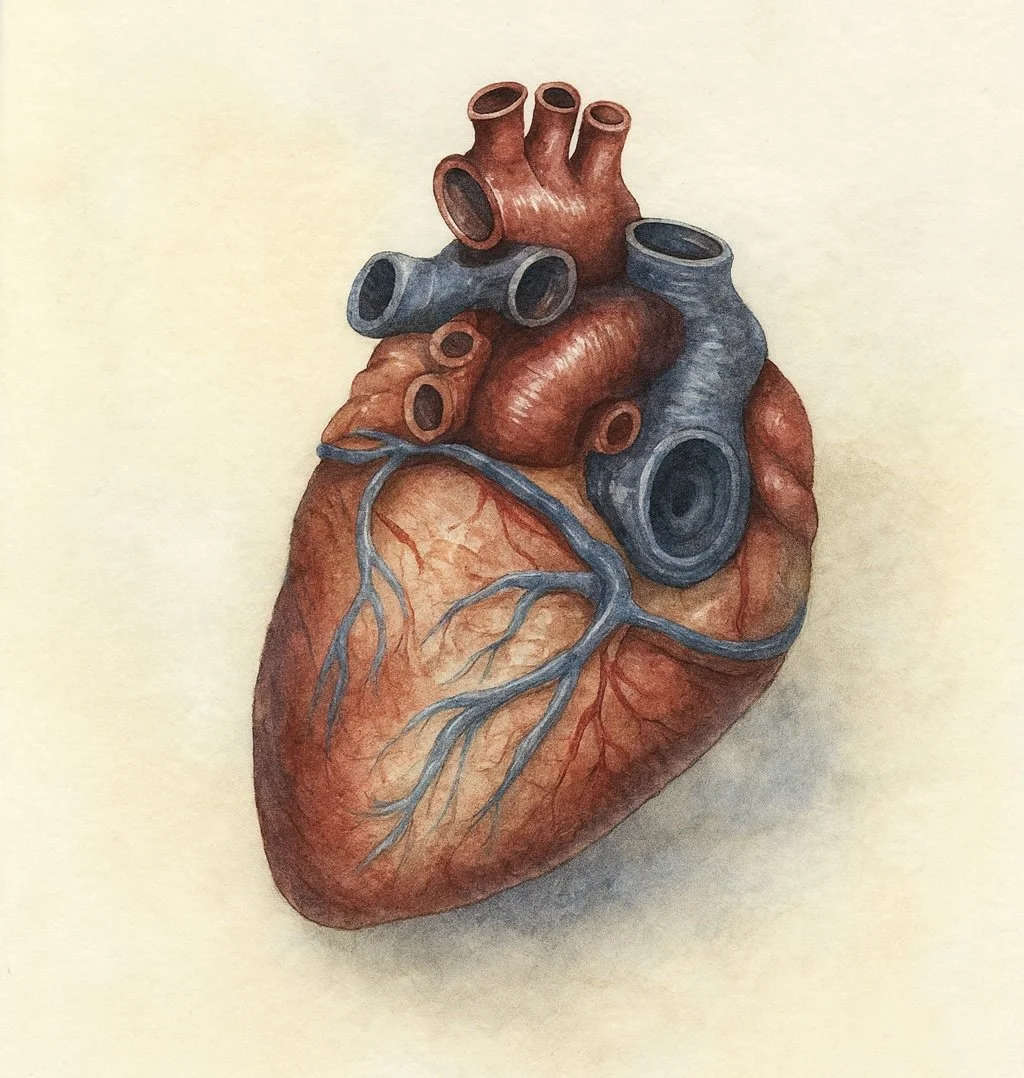
Anatomy
Anatomy is introduced in Grade 7 with a focus on the human being as a harmonious whole, rather than a collection of isolated parts. The approach is both reverent and artistic, emphasizing the wisdom and beauty of the human body. Lessons begin with major systems such as the digestive, circulatory, and respiratory systems, exploring how each one supports life and interacts with the others.
Physics
-
Resources
As there are many sub-topics in our Physics main lesson block and because physics is taught in Grade 6, 7 and 8, I have several resources and videos. However, the majority of the videos are only available for purchase at the moment.
-

Lessons
Explore some of the lessons in our physics main lesson block. The majority of these lessons are from the final time we did our Physics main lesson block.
-

Projects & Activities
Our Projects & Activities for physics are included here as well as in the Physics Course where I share over 30 video tutorials.
Chemistry
-

Resources & Chalk Drawings
What's the difference between Waldorf chemistry resources and Unit Study resources? Primarily, it's in the scientific content. You'll find all the science that's been discovered through years and years of science exploration in chemistry and beyond collected and organized in the following resources. What you won't find is the opportunity for your student to make his or her own conclusions based on observations of the phenomenon through chemistry demonstrations. Explore resources for both a chemistry unit study as well as a Waldorf inspired Chemistry main lesson block
-
Labs & Lessons
For this Chemistry Block, we worked through the Live Education Waldorf curriculum for many of our demonstrations and lessons while including the book Chemistry the Waldorf Way for addition demonstrations. We documented each demonstration and lesson including the written narrations or lab reports.
-

Projects & Activities
For this chemistry block, I had to think of projects and hands-on activities that would round out this study and deepen our level of understanding for the subject area. As there were limited kits and books on what I was specifically looking for, I ended up coming up with a few projects similar to ones we’ve done for other blocks.
-

Geometry Resources
One of my favorite subjects in the Waldorf curriculum is Geometry. The way it is presented according the Waldorf pedagogy is perfection, just like geometry itself. Geometry is presented in Grade 5 and again in Grade 6 and both main lesson blocks are artistic, informative and observable. Proofs are discovered through working with the geometric form. Geometry is presented in connection with Ancient Egypt, Ancient Greece, Botany, Mineralogy and Astronomy. Geometry is beautifully integrated into the the Grade 5 and Grade 6 main lesson blocks.
-
Geometry Lessons
We have worked through our Geometry main lesson blocks at least 4 times in the years we have homeschooled and each time it feels new, beautiful and just as wonderful. Some of these lessons are tutorials, others are lessons with my children and yet others are based on the Live Education Waldorf curriculum. In all lessons, you’ll find an artistic representation of the lesson using colored pencils, watercolors or other art mediums. Geometry is meant to be experienced with this beauty and perfection, so have some high quality art materials available so you may enjoy the process and results fully.
-

Algebra Resources
Explore the Algebra resources we have used in our homeschool. We reserve the study of Algebra until Grade 9 and occasionally Grade 8. But as algebra calls on a student’s capacity for critical and abstract thinking, it’s best to present it after puberty when the student may fully engage in the learning. Attempting to introduce a simplified and intuitive form of algebra starting in Grade 1 with questions like “what plus 6 equals 10” does a student a deep disservice as a student that age is not using “X” to qualify an unknown nor is she learning to balance an equation. So this line of teaching needs to be undone before actual algebra may be taught.
-
Geometry Grade 5 Lessons
When I first started sharing our homeschooling journey online, I had already been homeschooling for over 10 years. In that time, I had already done our Geometry block once with my oldest son. Now I was introducing the subject area to my second child but it’s my third child who was only 8 at the time who really loved these geometry lessons as well. I found that because of the artistic nature of these lessons and the slow build of concepts that this presentation of Geometry worked well as a family lesson rather than just for my Grade 5 student. In this way, everyone participated in the Geometry lessons. And everyone enjoyed them!
-

Division of a Circle Lessons
Circle symmetry is one of the most beautiful geometric projects you can easily do with your students. While some symmetries are more complicated, 3-, 4-, 6-, 8- and 12-fold are fairly straightforward and can be achieved with moderate effort and skill, in my opinion and experience. Today's project is a tutorial for threefold symmetry. While you can explore this design and come up with creative ways to paint or color in the shapes, it's not my favorite. I like the symmetry starting at 6-fold symmetry. But, I'd love to see what you come up with. Maybe your creative way of painting this design will change my mind. Honestly, the possibilities are endless and that's exciting.
-

Geometry Grade 6 Lessons
In Grade 5 students are introduced to the beauty and function of geometry with the exploration of shape and how shapes come about in the world around us. Shapes are dynamic even though we see a still shot of quadrilaterals and triangles. In Grade 6 we explore the circle in depth looking at not just 6-division of a circle and its representations in nature and mineralogy, but now we explore 5-division of a circle and the pentagon and the golden ratio. A connection to astronomy and music as well as botany previously illuminates the deep sacredness that geometry of the heavens is astronomy, the geometry of sound is music, the geometry of the mineral kingdom are crystals and the geometry of the plant kingdom is botany.
-
Geometry Grade 7 Lessons
As we advance in Geometry, we explore the book A Beginner's Guide to Constructing the Universe: Mathematical Archetypes of Nature, Art, and Science by Michael S. Schneider. This book details the quality of numbers 1-10. Instead of making the Platonic solids with templates, we learn to make them through the construction of the regular shapes through their the division of the circle. We also do the same with the Golden Rectangle.
Grade 7 & 8 | US History
-
Age of Discovery
In a Waldorf setting, the Age of Discovery is presented in Grade 7 along with the Age of Exploration, Renaissance Biographies, Reformation Biographies, and European Geography. The Age of Discovery covers the explorers, such as Christopher Columbus, Vasco de Gama, Ferdinand Magellan, and the Hernan Cortez and Francisco Pizarro (who conquered parts of central and South America)
-
Colonial Times
The Colonial Times along with the American Revolution and Civil War are covered in the US history block for grade 8, while Western Expansion is taught in a local history block in Grade 5. However, I brought this unit to elementary school as a unit study rather than a Waldorf inspired main lesson block.
-
Revolution
Our American Revolution Unit Study was completed a few times with unique projects each time. While some books (especially picture books) may be used again when a unit comes around again, often I collect some fresh books to inspire all of us. This unit was small and was a companion to the Colonial Times unit. Many of the projects may be used with either unit.
-
Civil War
Upon entering adolescence, the Grade 8 student has a desire for stronger critical thinking and refined moral capacities. The ability to engage in critical thinking is a milestone marker of puberty. The Civil War provides a rich opportunity for student to discuss, examine conflict, freedom, justice, and human rights. By this age, students can understand social upheaval and national transformation.
Handwork Projects | Grade 7
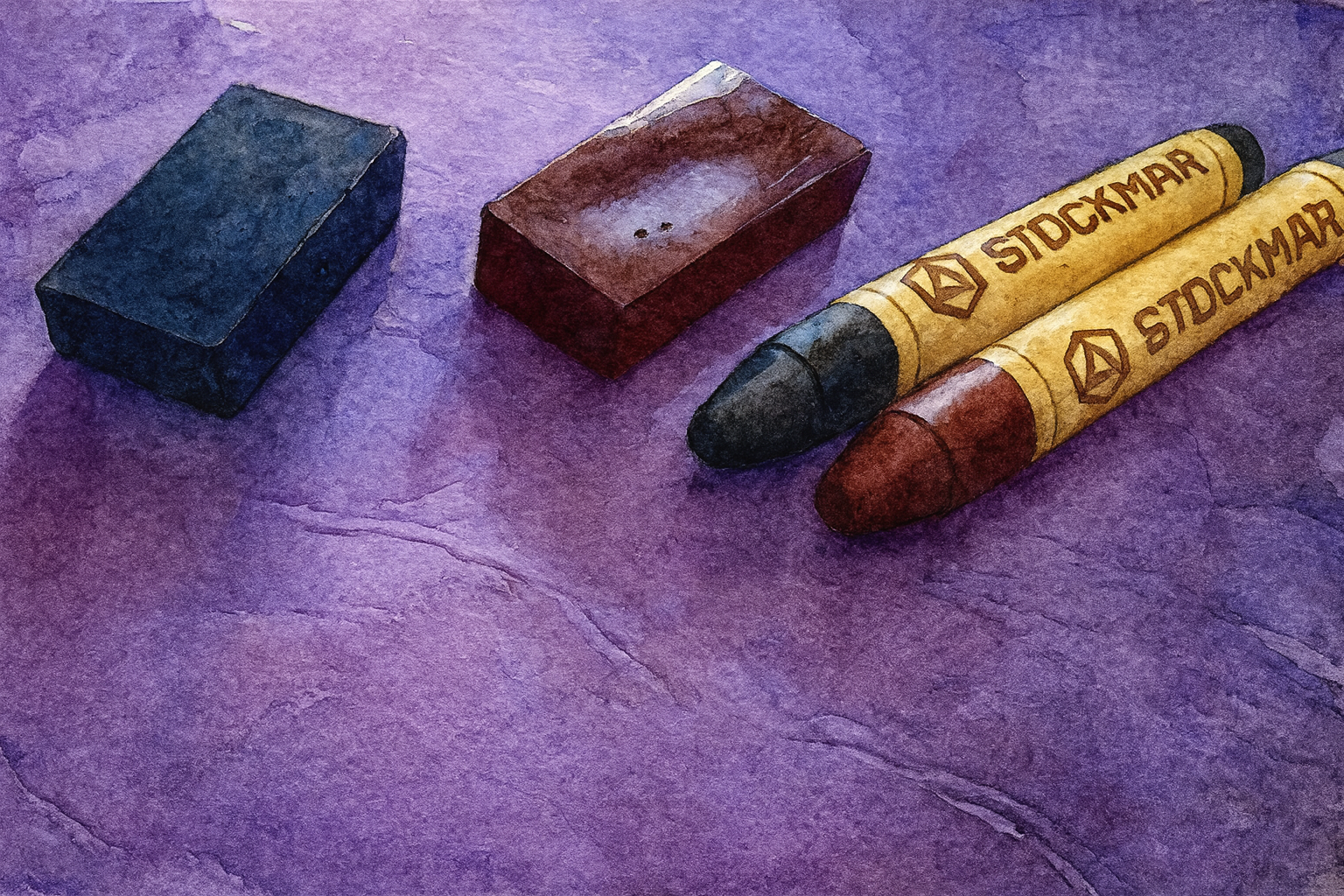
Grade 8
Grade 7 & 8 | US History
-
Age of Discovery
In a Waldorf setting, the Age of Discovery is presented in Grade 7 along with the Age of Exploration, Renaissance Biographies, Reformation Biographies, and European Geography. The Age of Discovery covers the explorers, such as Christopher Columbus, Vasco de Gama, Ferdinand Magellan, and the Hernan Cortez and Francisco Pizarro (who conquered parts of central and South America)
-
Colonial Times
The Colonial Times along with the American Revolution and Civil War are covered in the US history block for grade 8, while Western Expansion is taught in a local history block in Grade 5. However, I brought this unit to elementary school as a unit study rather than a Waldorf inspired main lesson block.
-
Revolution
Our American Revolution Unit Study was completed a few times with unique projects each time. While some books (especially picture books) may be used again when a unit comes around again, often I collect some fresh books to inspire all of us. This unit was small and was a companion to the Colonial Times unit. Many of the projects may be used with either unit.
-
Civil War
Upon entering adolescence, the Grade 8 student has a desire for stronger critical thinking and refined moral capacities. The ability to engage in critical thinking is a milestone marker of puberty. The Civil War provides a rich opportunity for student to discuss, examine conflict, freedom, justice, and human rights. By this age, students can understand social upheaval and national transformation.
Middle School Science Main Lesson Blocks
-

Physics
Physics is introduced gradually, beginning in Grade 6 and deepening through Grades 7 and 8, always grounded in direct, sensory experiences before abstract theory. In Grade 6, students explore acoustics, optics, heat, and magnetism through hands-on demonstrations. The focus is on careful observation and describing phenomena in precise, vivid language. In Grade 7, the curriculum introduces mechanics and electricity. Students examine simple machines, levers, and pulleys, observing how force, work, and motion interact. By Grade 8, physics becomes more analytical and quantitative. Topics such as hydraulics, aerodynamics, and electromagnetism are explored.
-
Chemistry
Chemistry is introduced in Grade 7 and further developed in Grade 8, always beginning with observation and experience before moving into theory. In Grade 7, students explore combustion, acids and bases, and the transformative nature of substances through dramatic, hands-on demonstrations. In Grade 8, chemistry becomes more structured and analytical. Topics such as the lime cycle, photosynthesis, and industrial processes like fermentation and metal refining are explored.
-

Anatomy
Anatomy is introduced in Grade 7 with a focus on the human being as a harmonious whole, rather than a collection of isolated parts. The approach is both reverent and artistic, emphasizing the wisdom and beauty of the human body. Lessons begin with major systems such as the digestive, circulatory, and respiratory systems, exploring how each one supports life and interacts with the others.
Physics
-
Resources
As there are many sub-topics in our Physics main lesson block and because physics is taught in Grade 6, 7 and 8, I have several resources and videos. However, the majority of the videos are only available for purchase at the moment.
-

Lessons
Explore some of the lessons in our physics main lesson block. The majority of these lessons are from the final time we did our Physics main lesson block.
-

Projects & Activities
Our Projects & Activities for physics are included here as well as in the Physics Course where I share over 30 video tutorials.
Chemistry
-

Resources & Chalk Drawings
What's the difference between Waldorf chemistry resources and Unit Study resources? Primarily, it's in the scientific content. You'll find all the science that's been discovered through years and years of science exploration in chemistry and beyond collected and organized in the following resources. What you won't find is the opportunity for your student to make his or her own conclusions based on observations of the phenomenon through chemistry demonstrations. Explore resources for both a chemistry unit study as well as a Waldorf inspired Chemistry main lesson block
-
Labs & Lessons
For this Chemistry Block, we worked through the Live Education Waldorf curriculum for many of our demonstrations and lessons while including the book Chemistry the Waldorf Way for addition demonstrations. We documented each demonstration and lesson including the written narrations or lab reports.
-

Projects & Activities
For this chemistry block, I had to think of projects and hands-on activities that would round out this study and deepen our level of understanding for the subject area. As there were limited kits and books on what I was specifically looking for, I ended up coming up with a few projects similar to ones we’ve done for other blocks.
Handwork Projects | Grade 8

High School
Waldorf Practical Arts Projects | Grades 9-12
